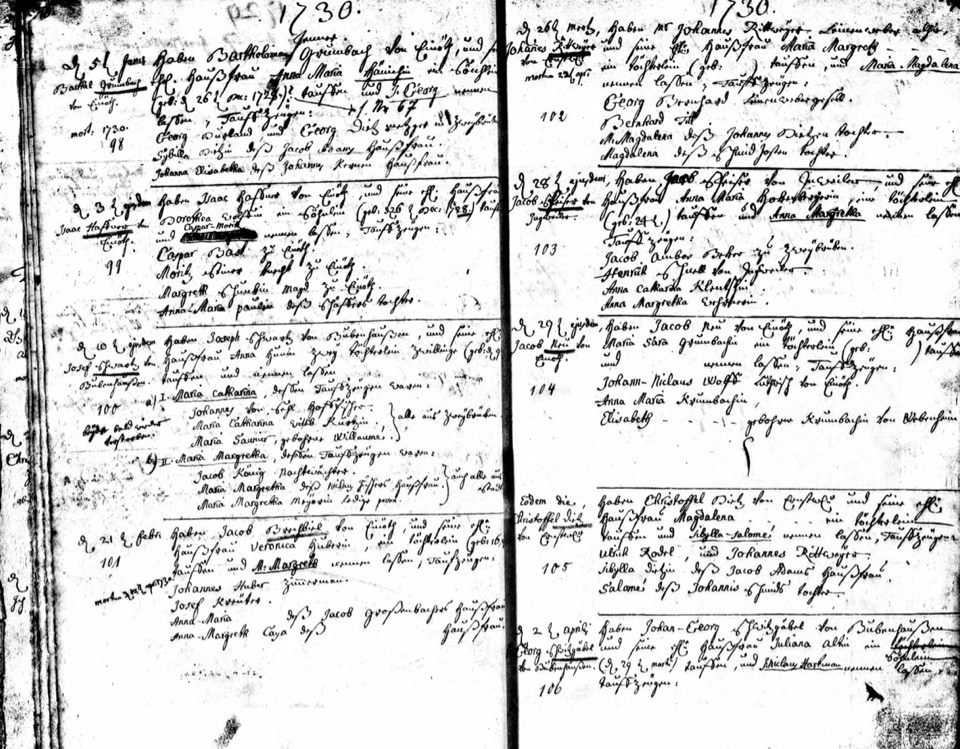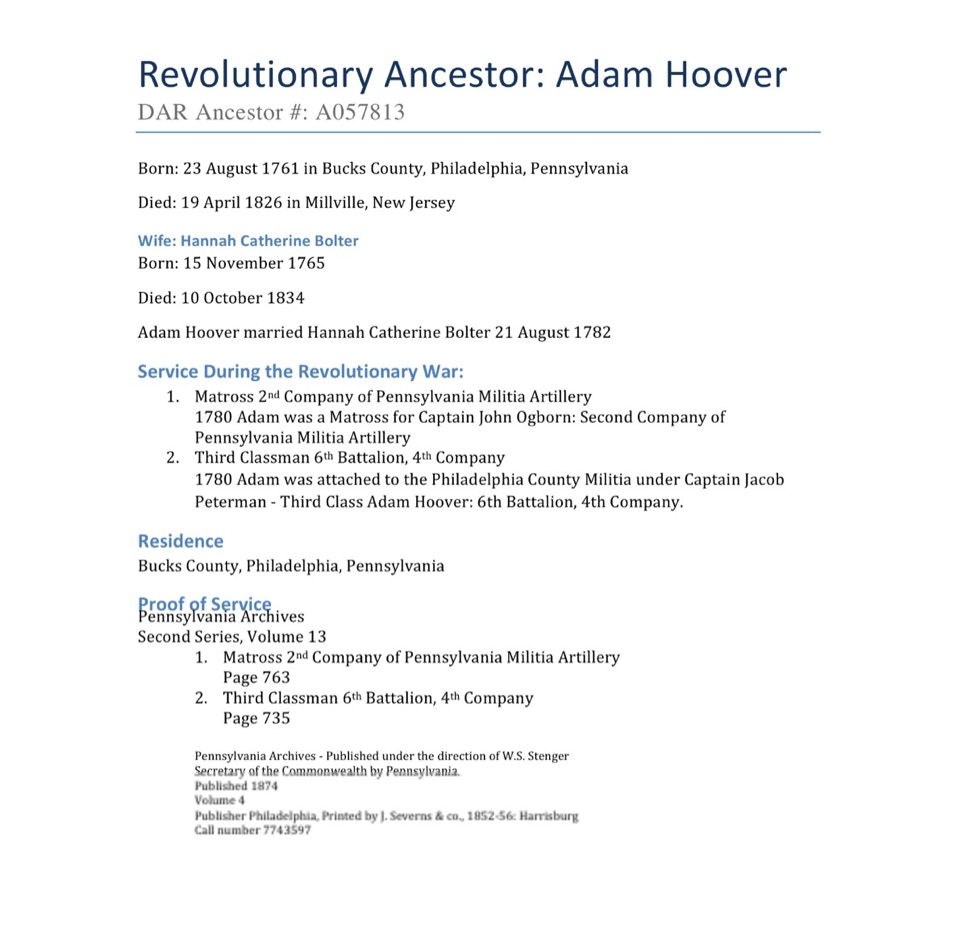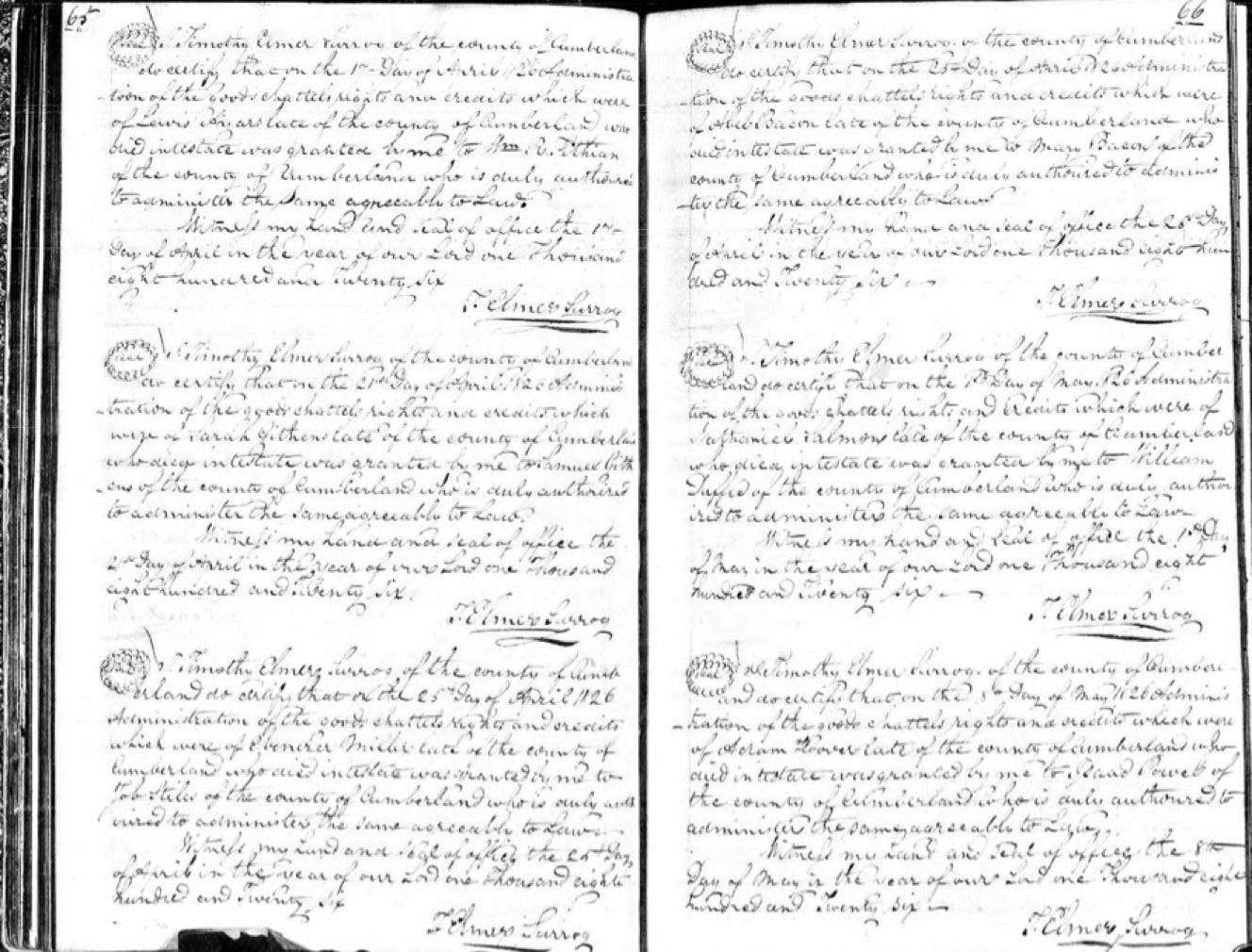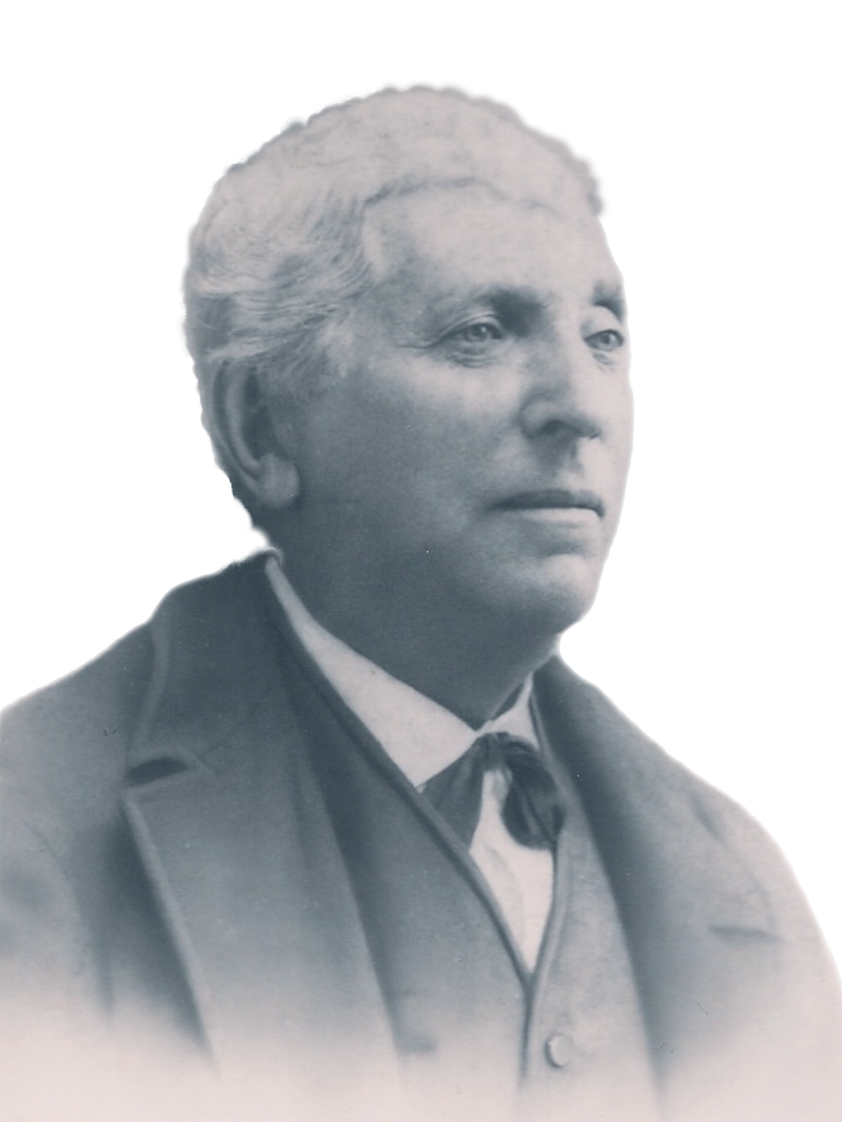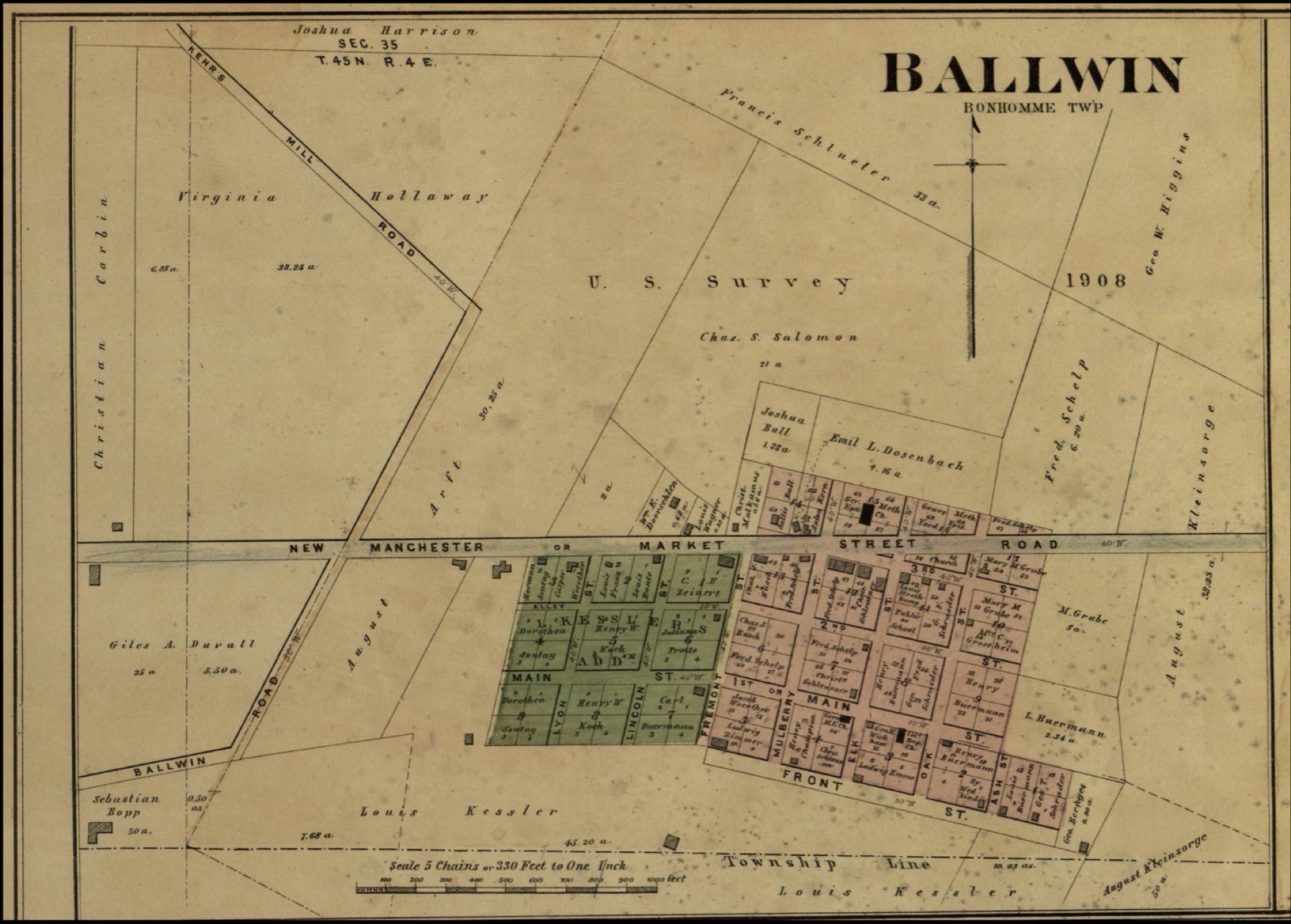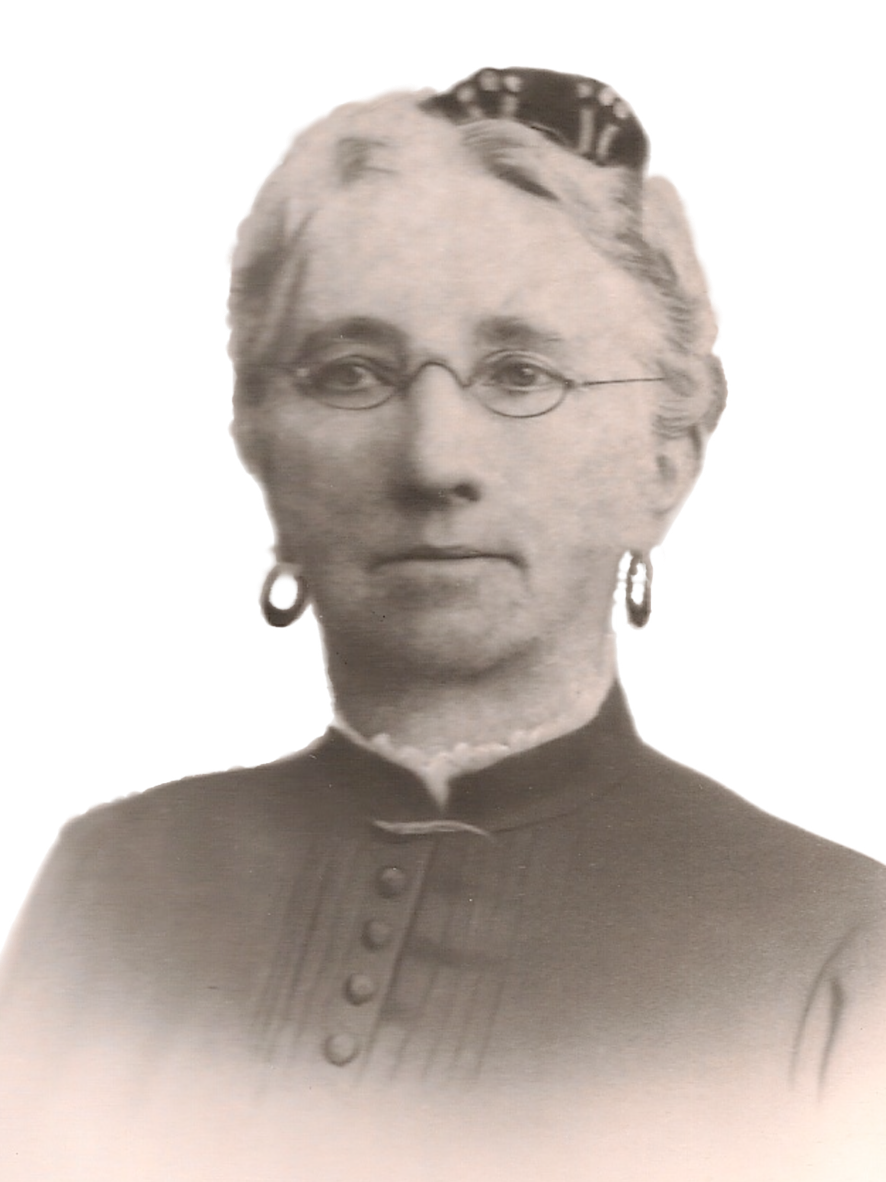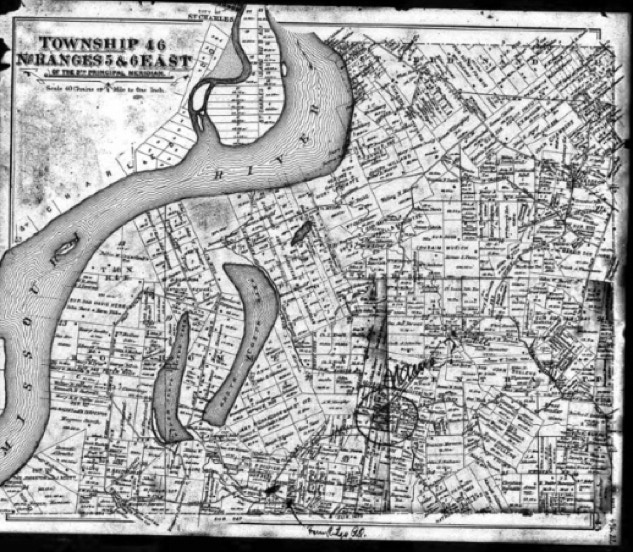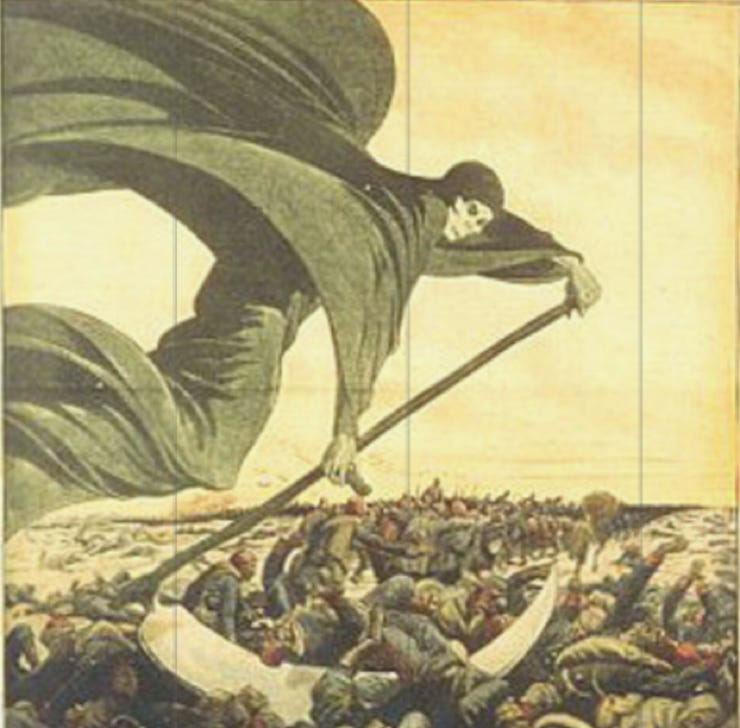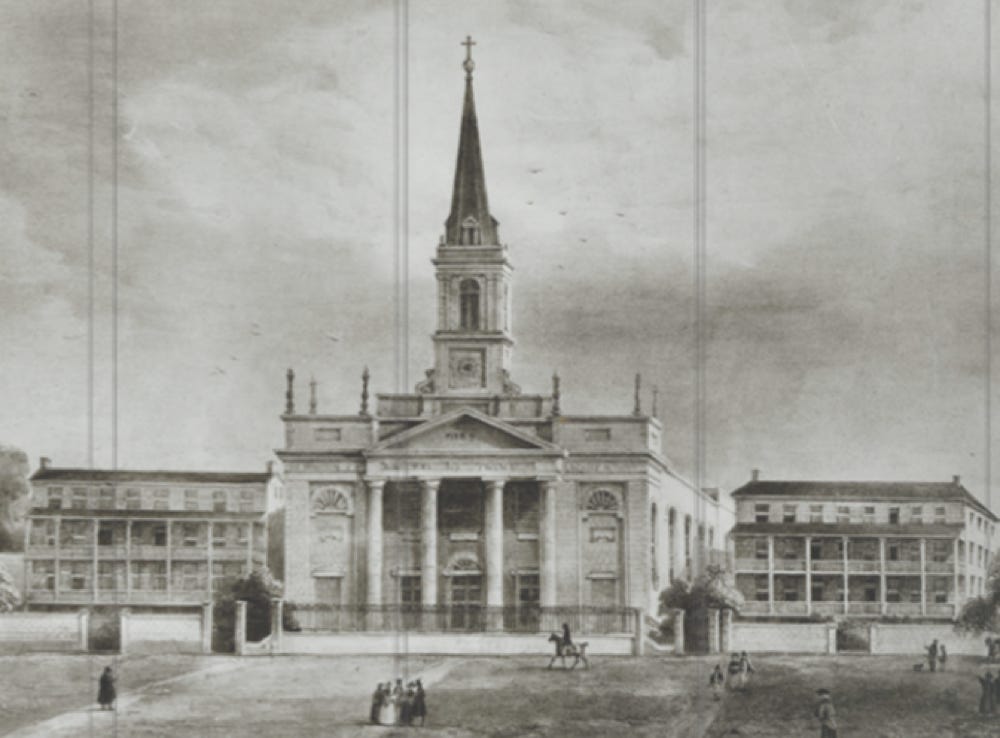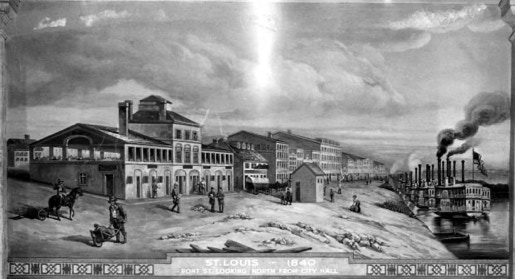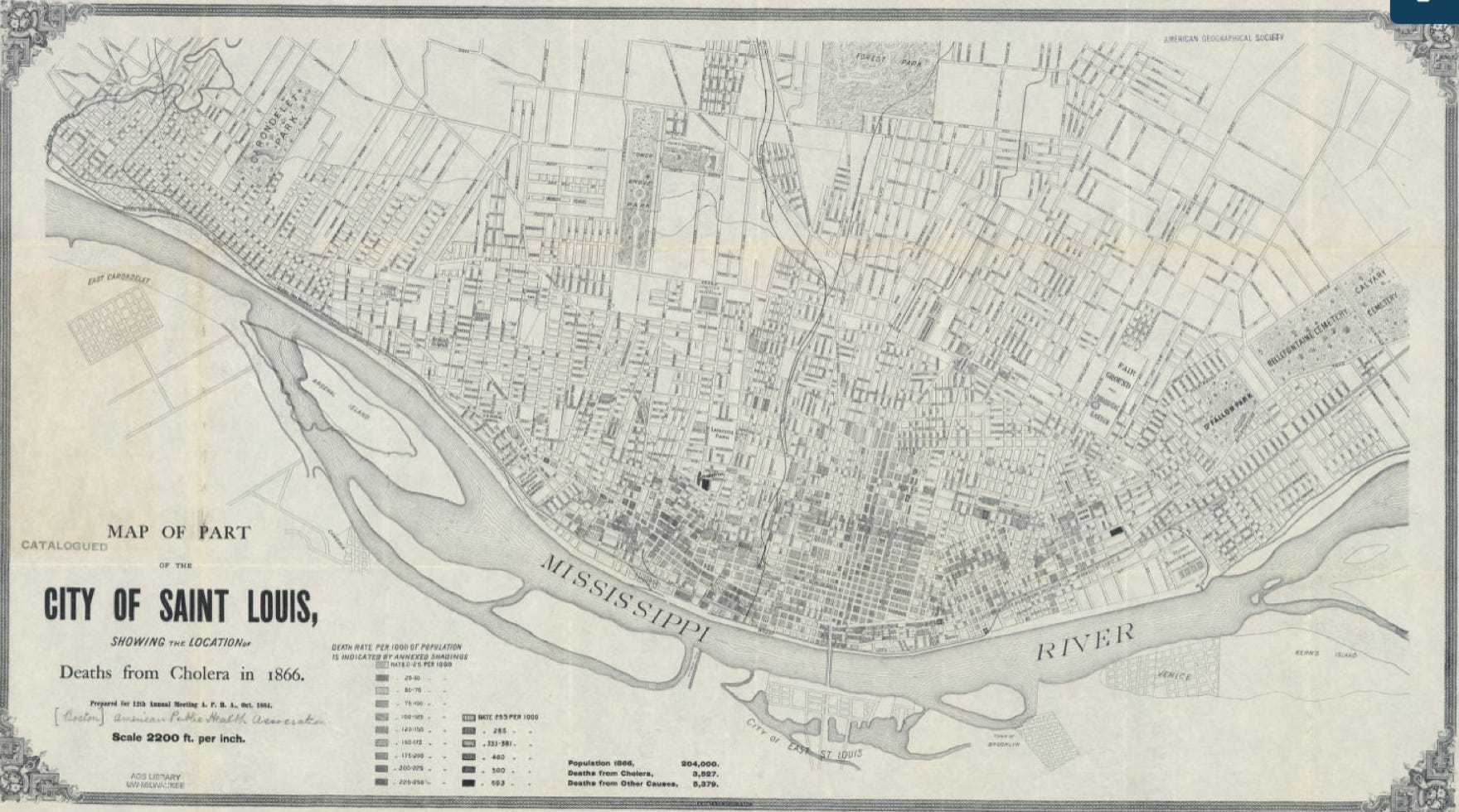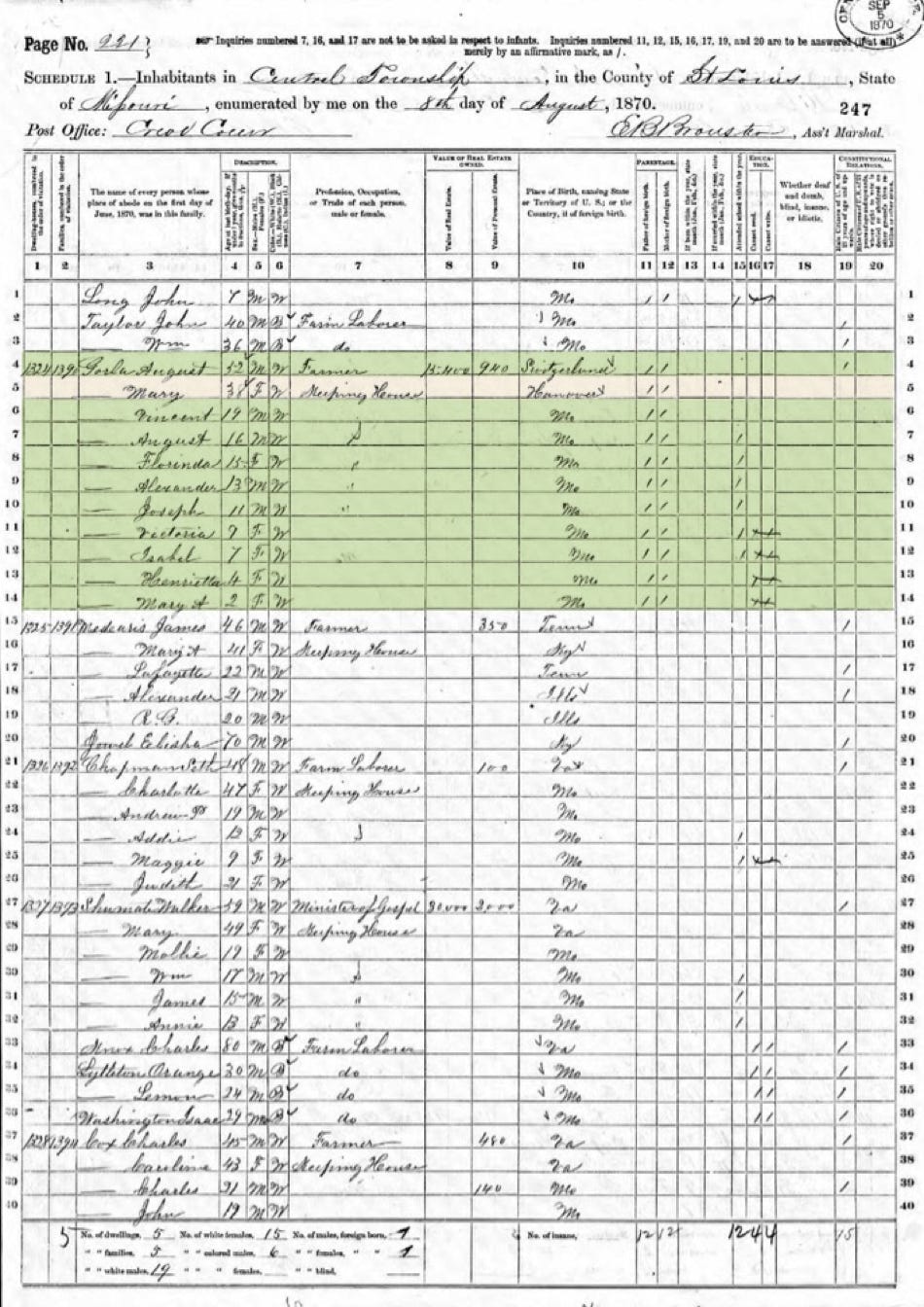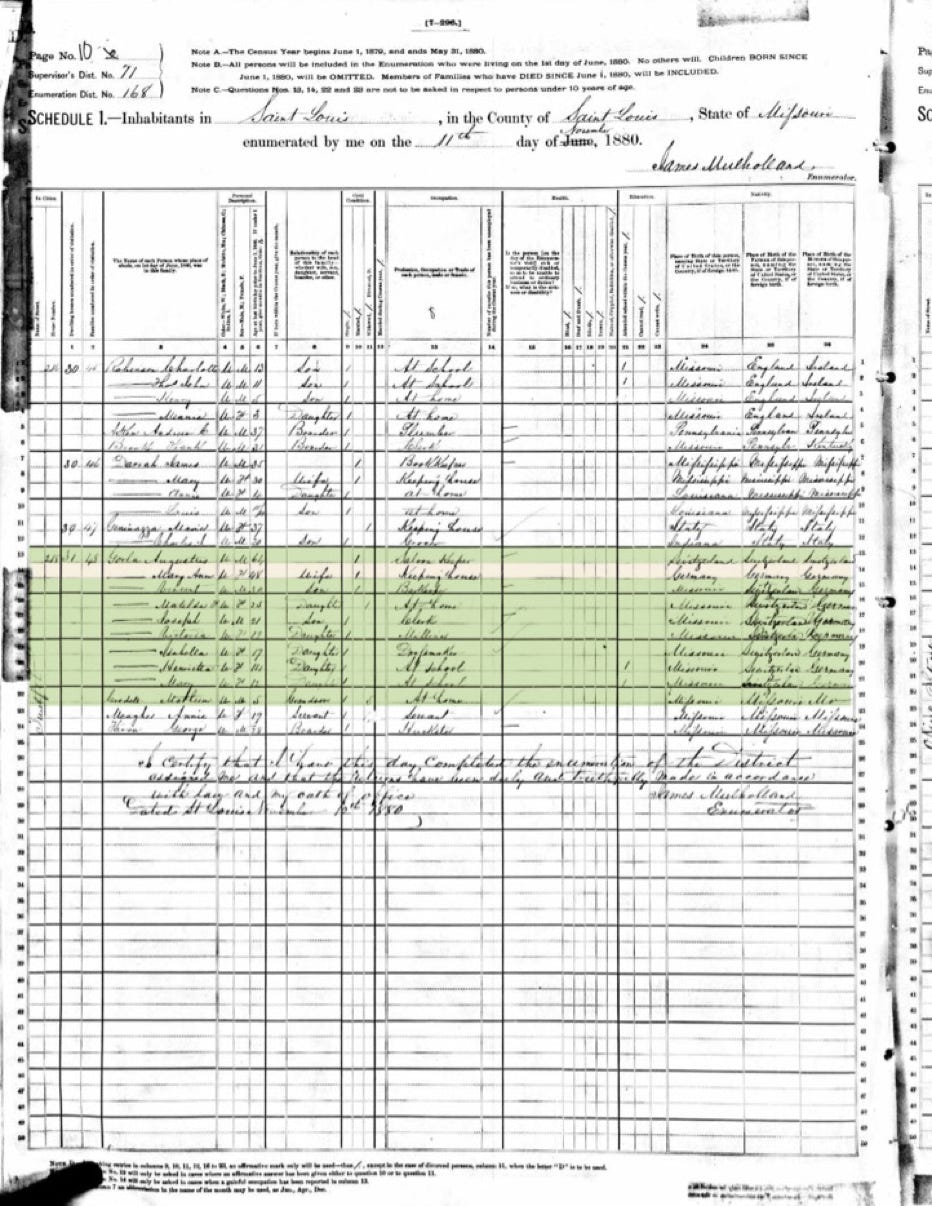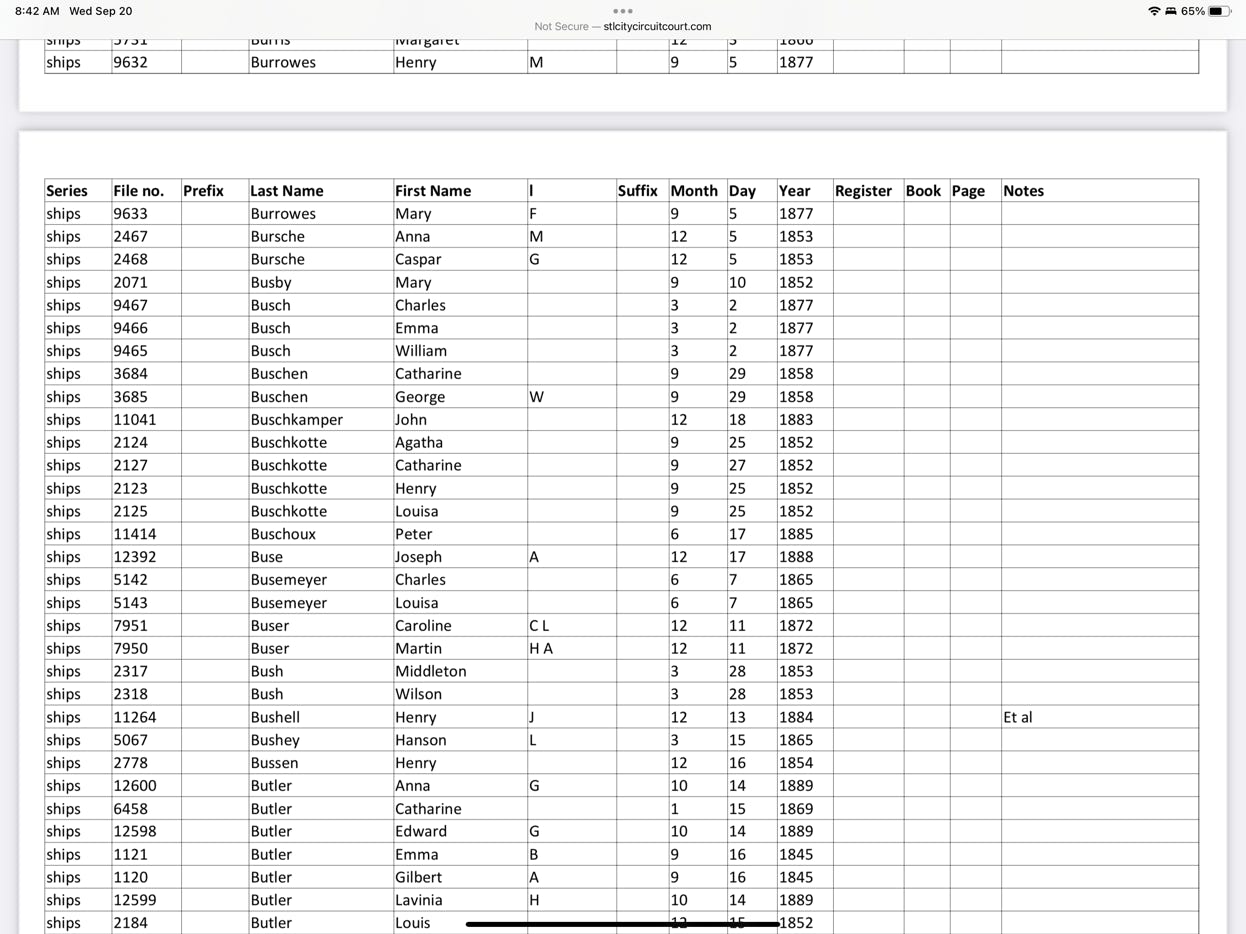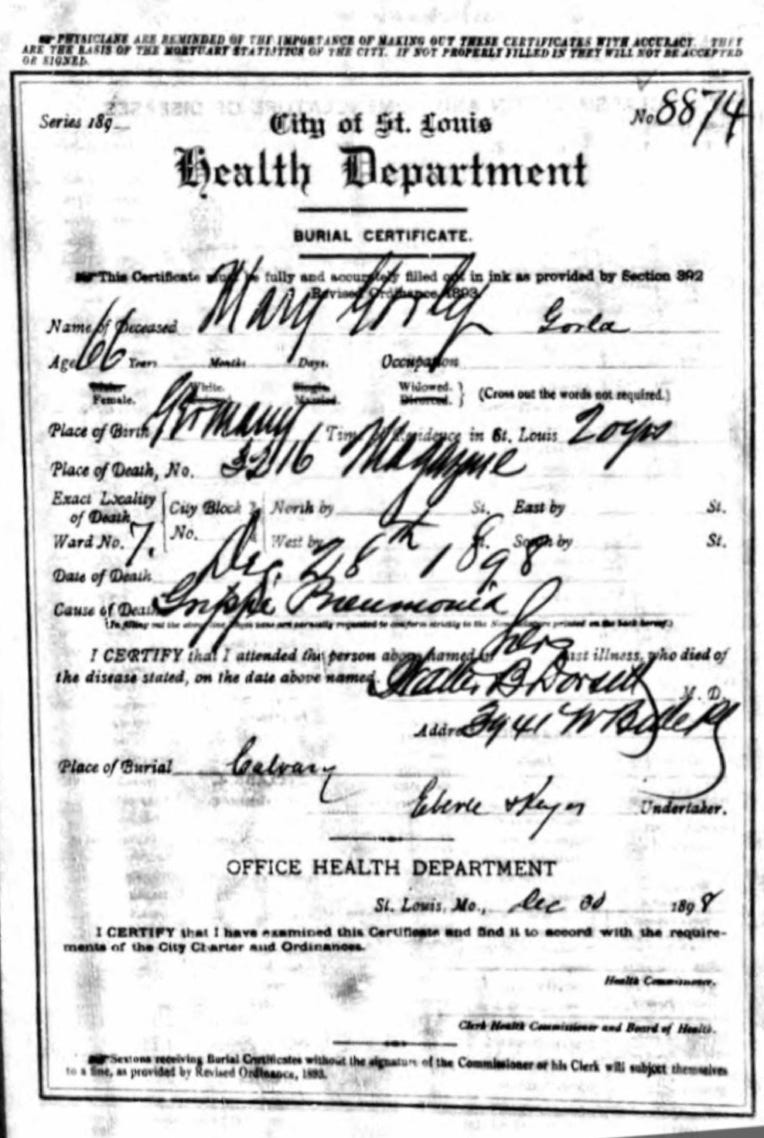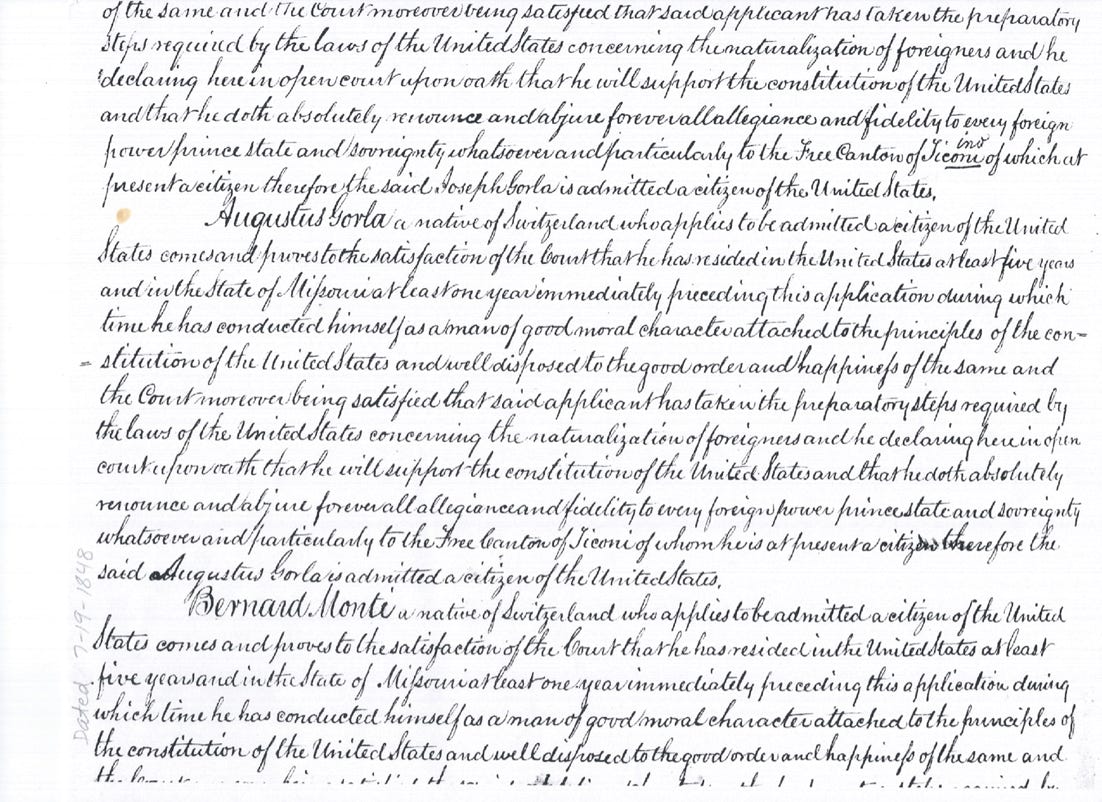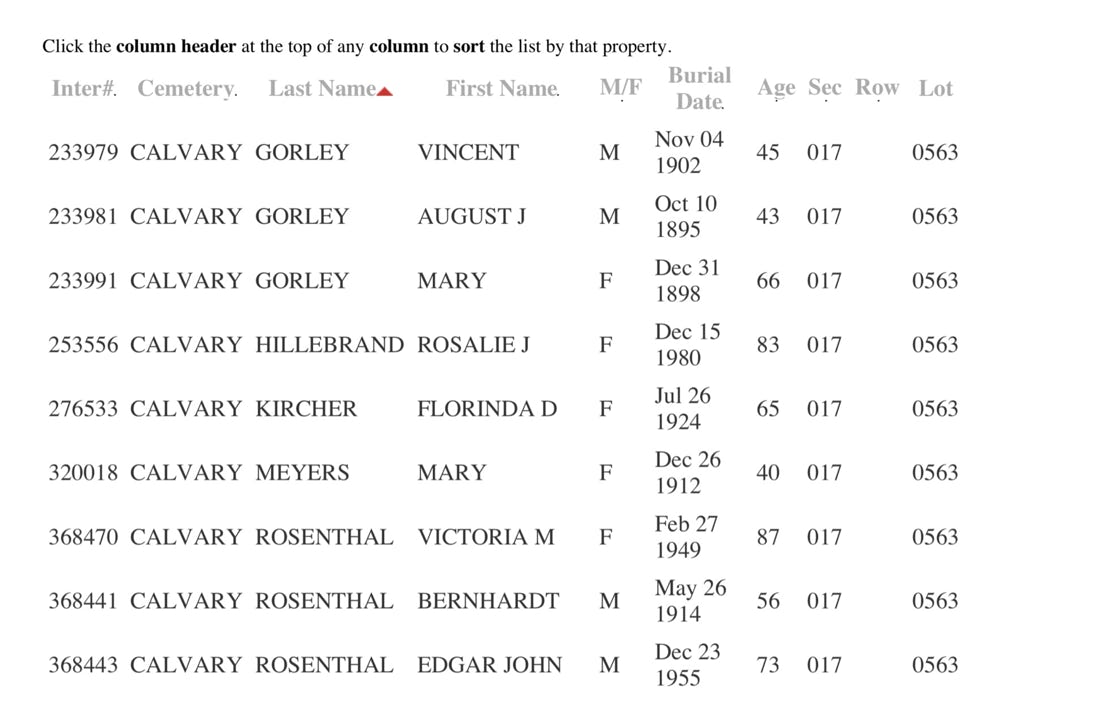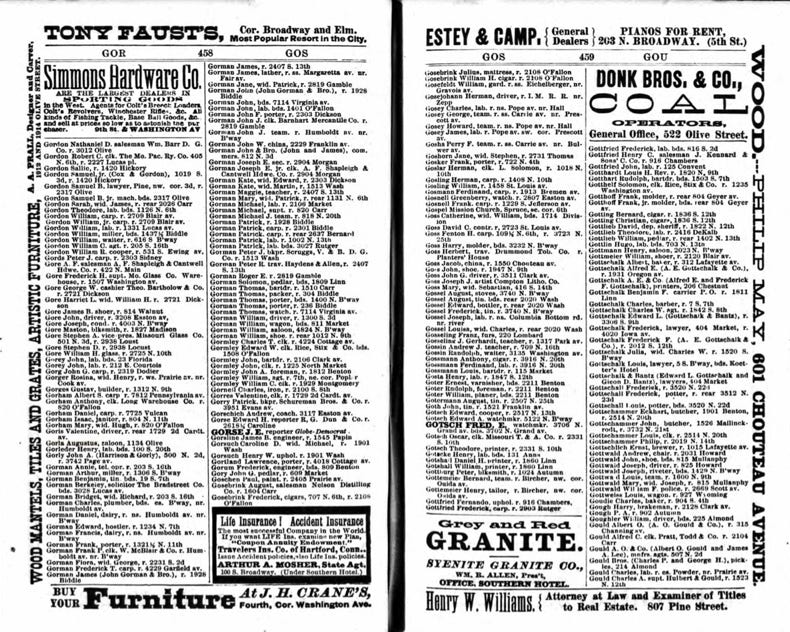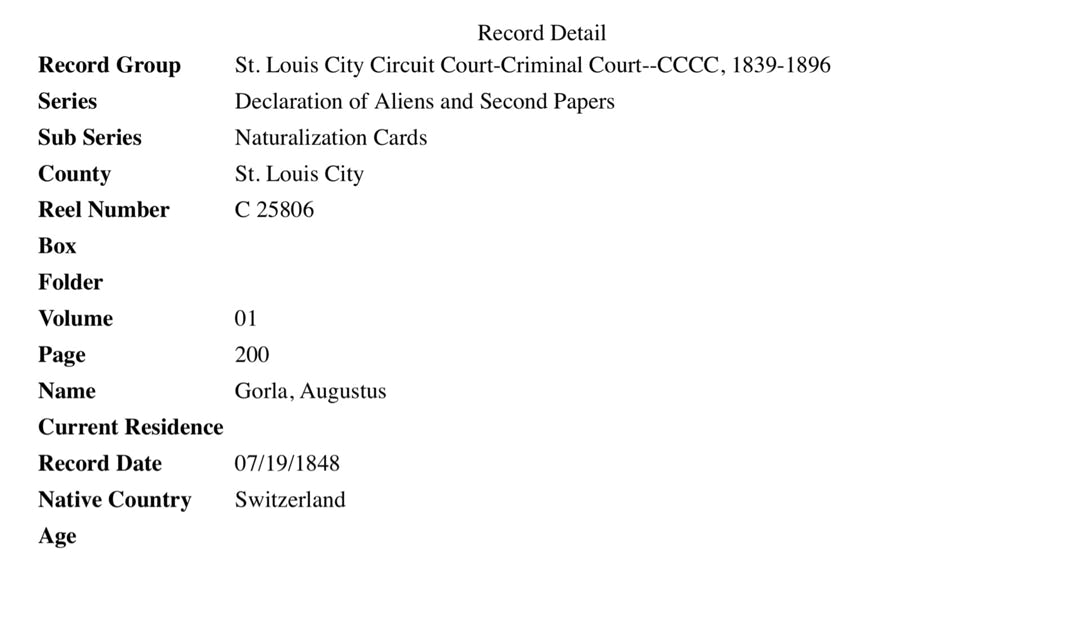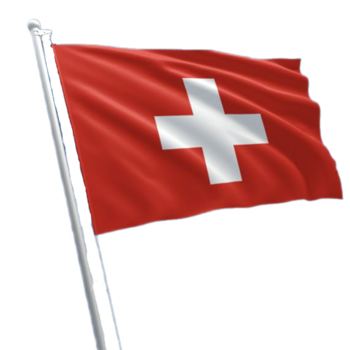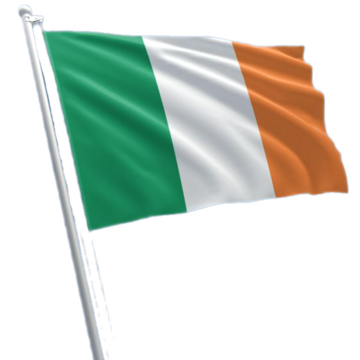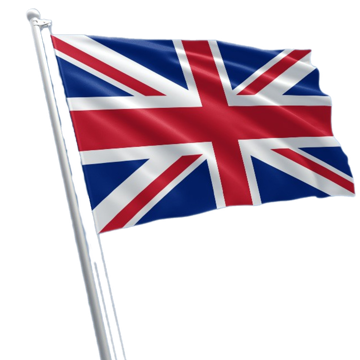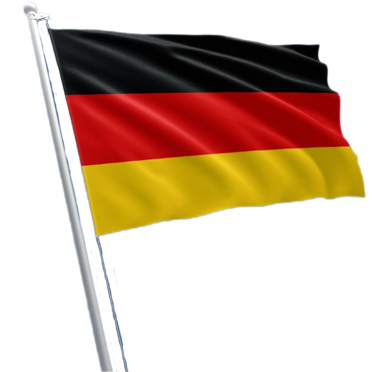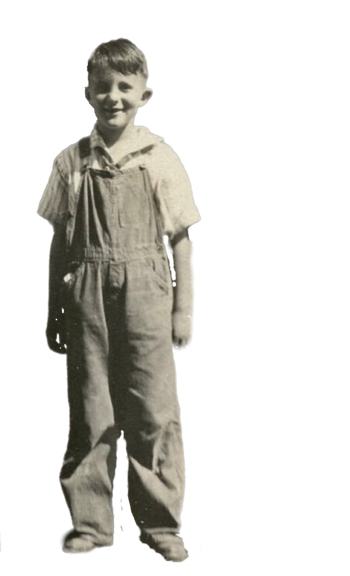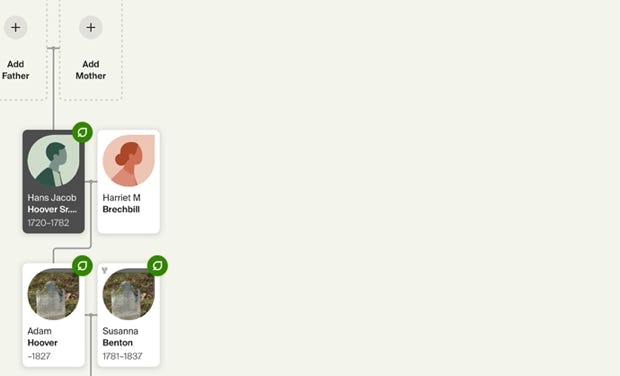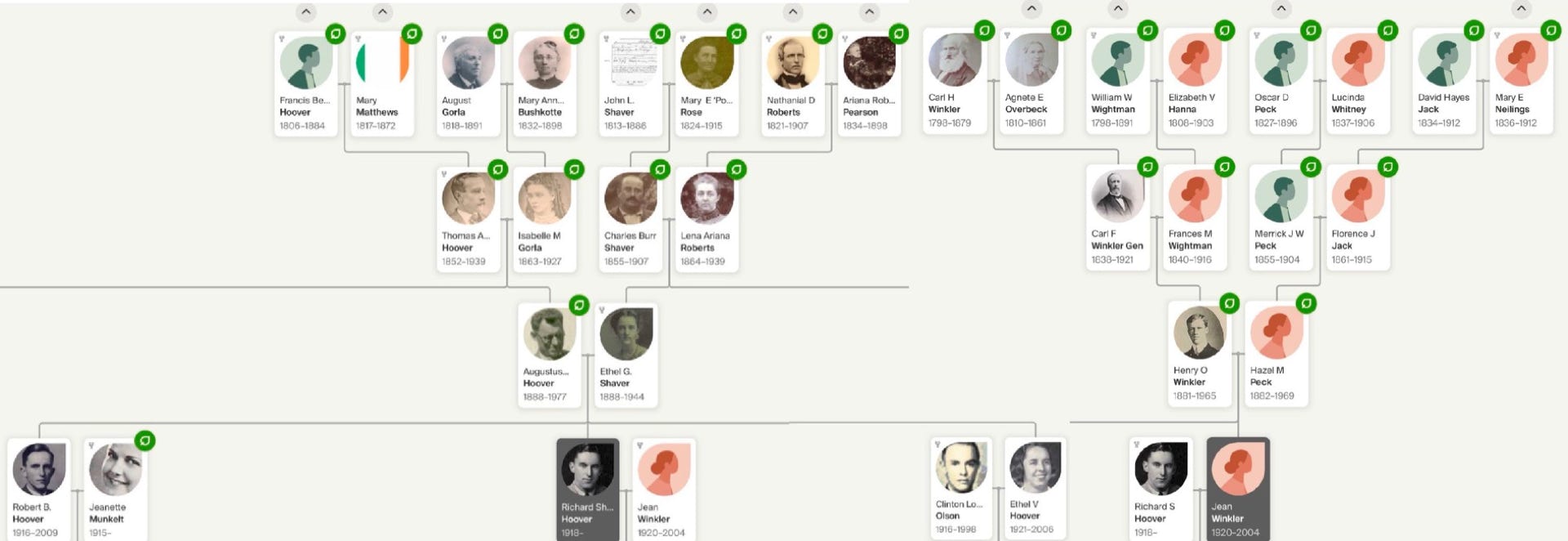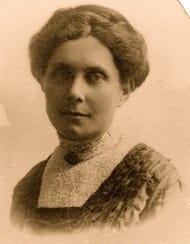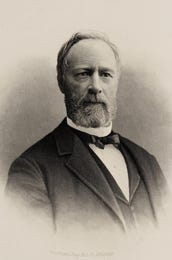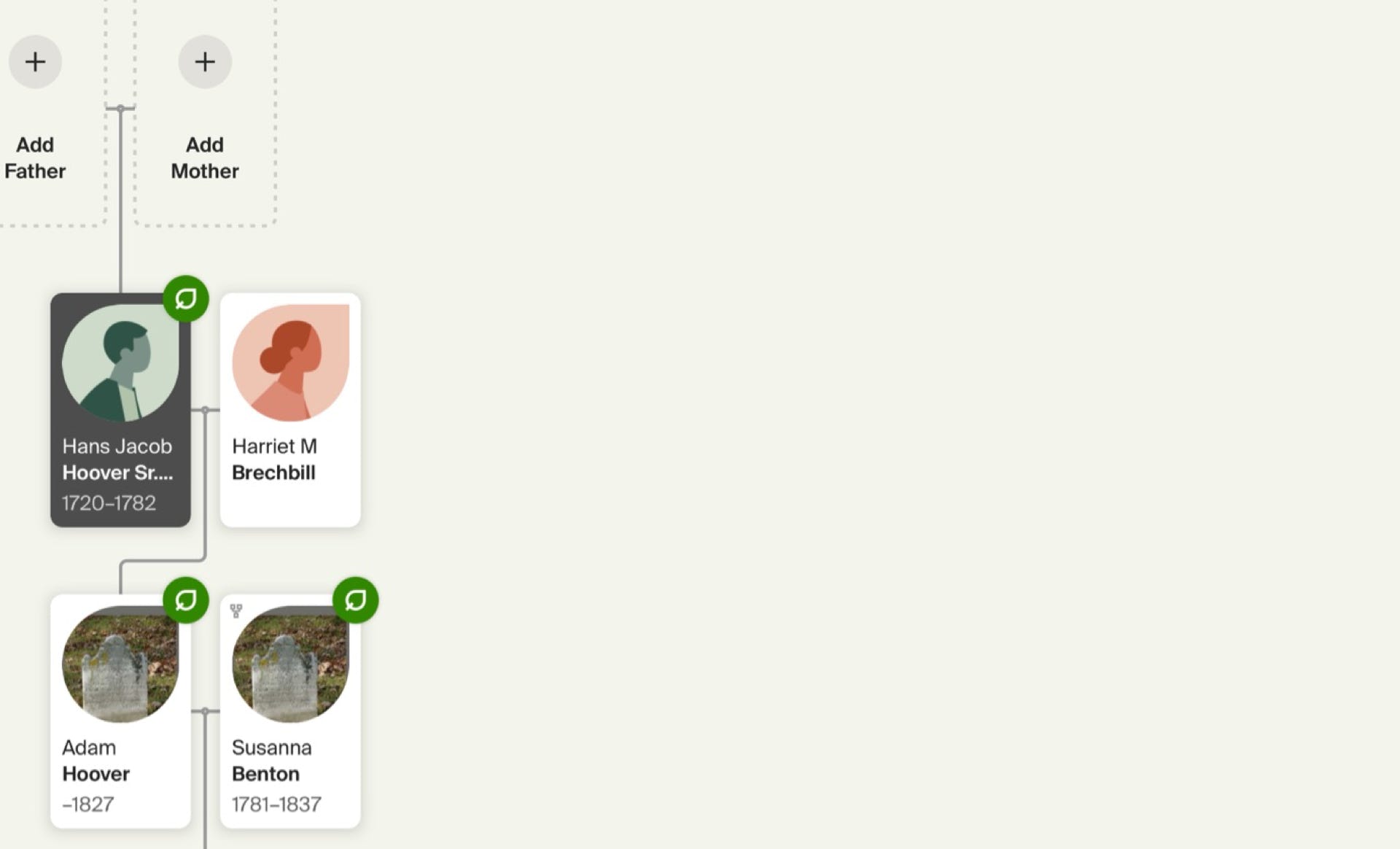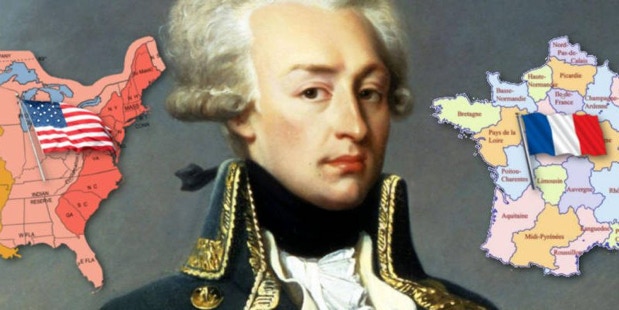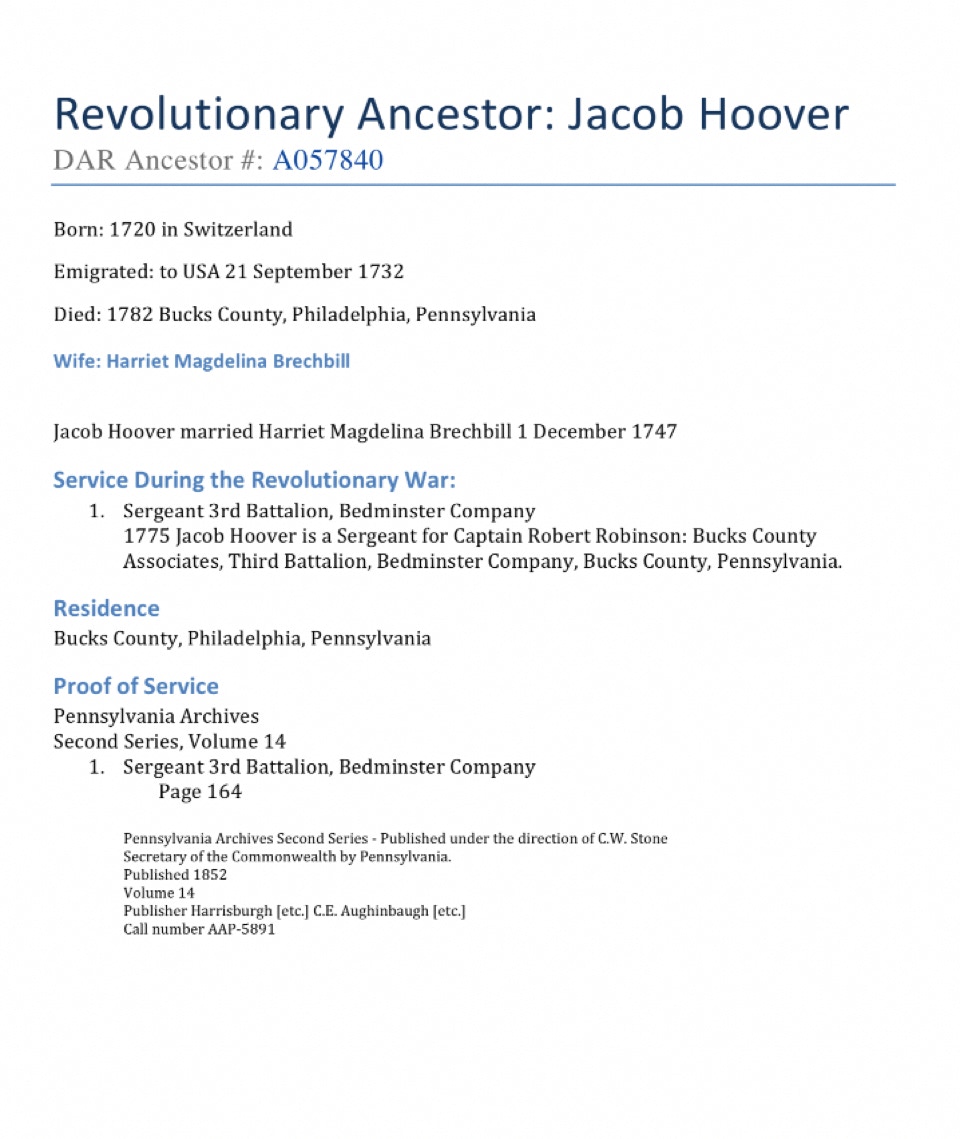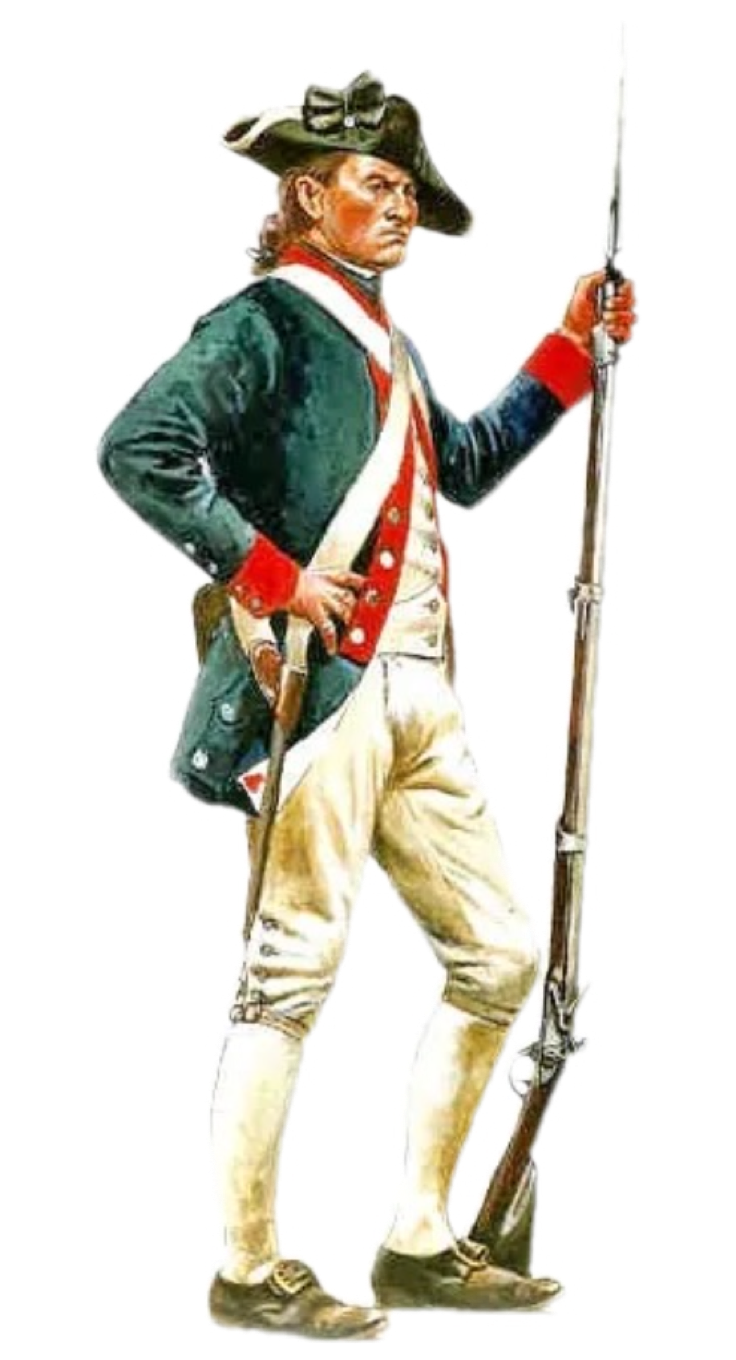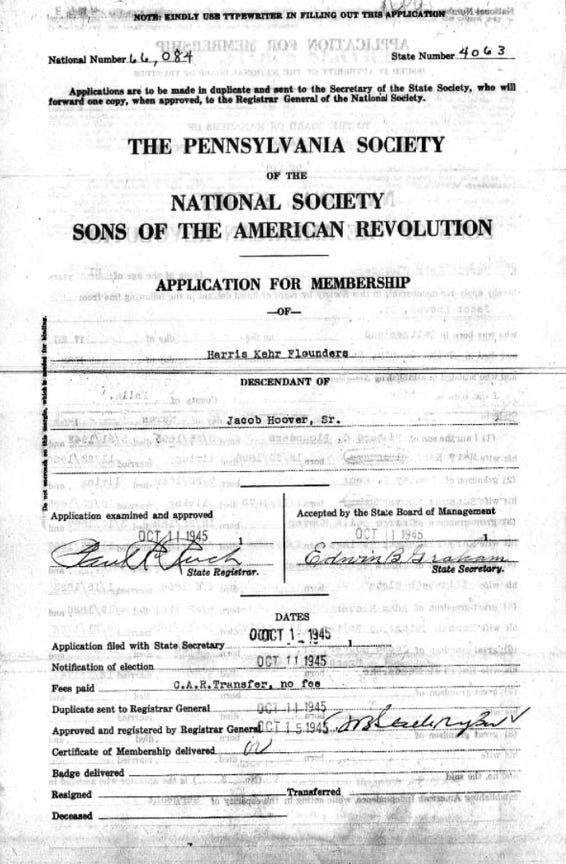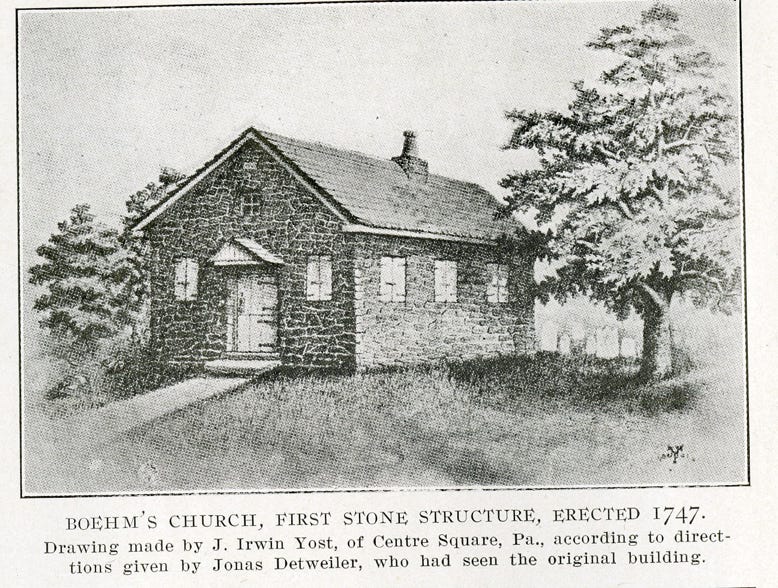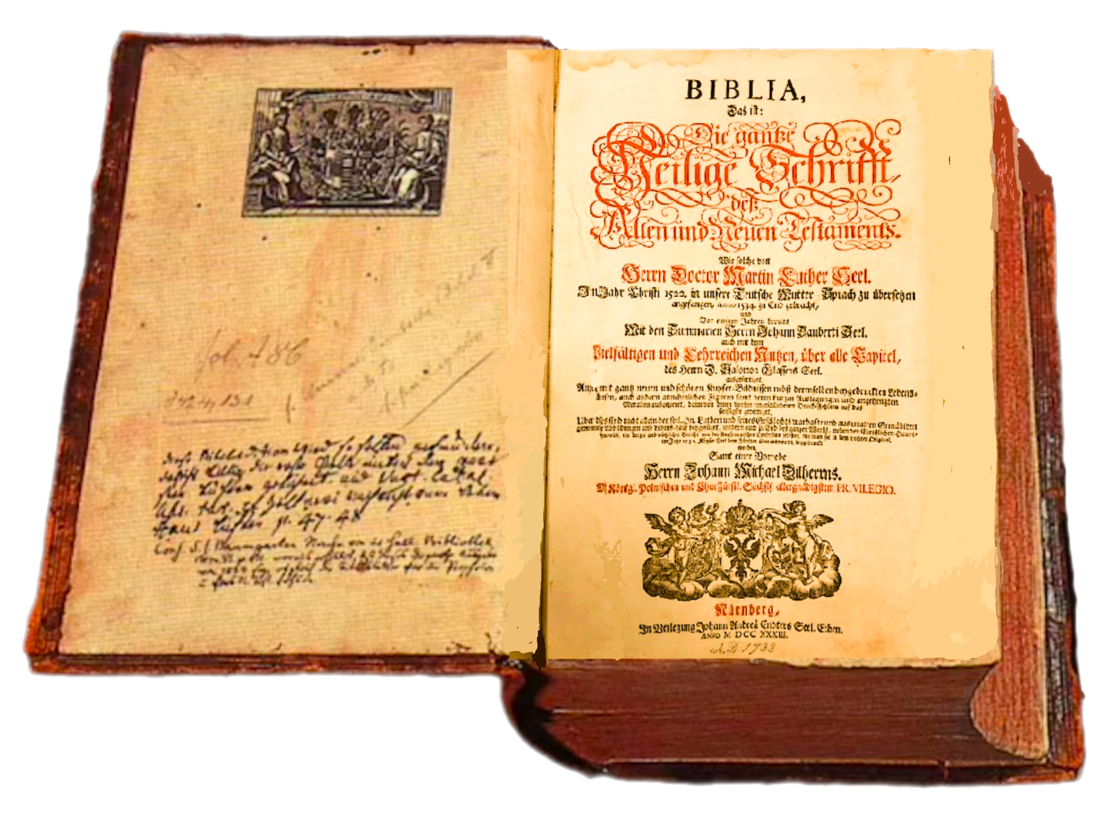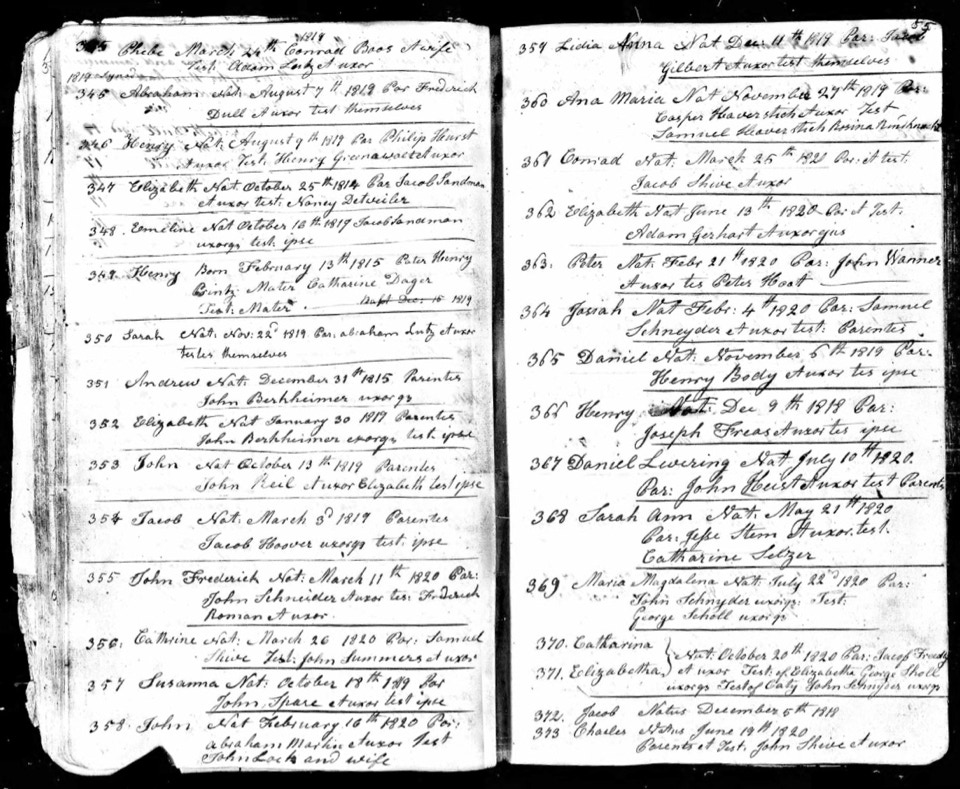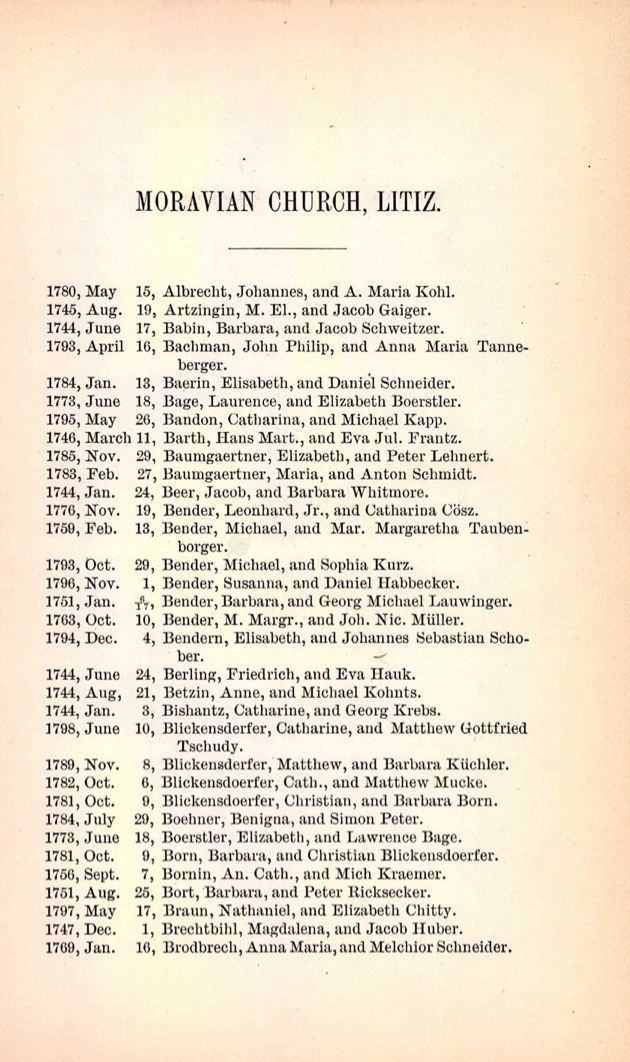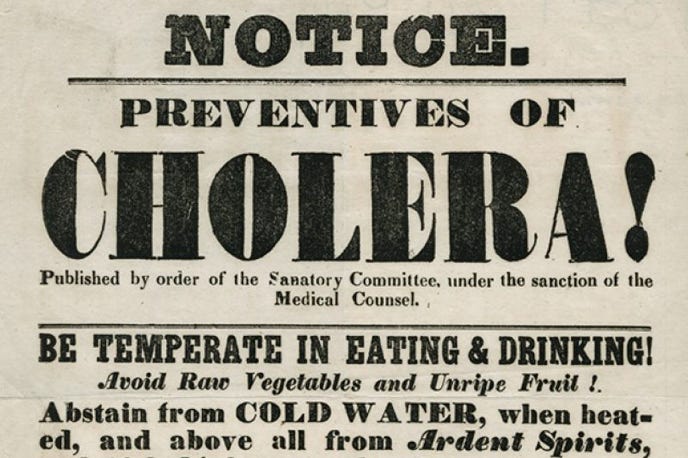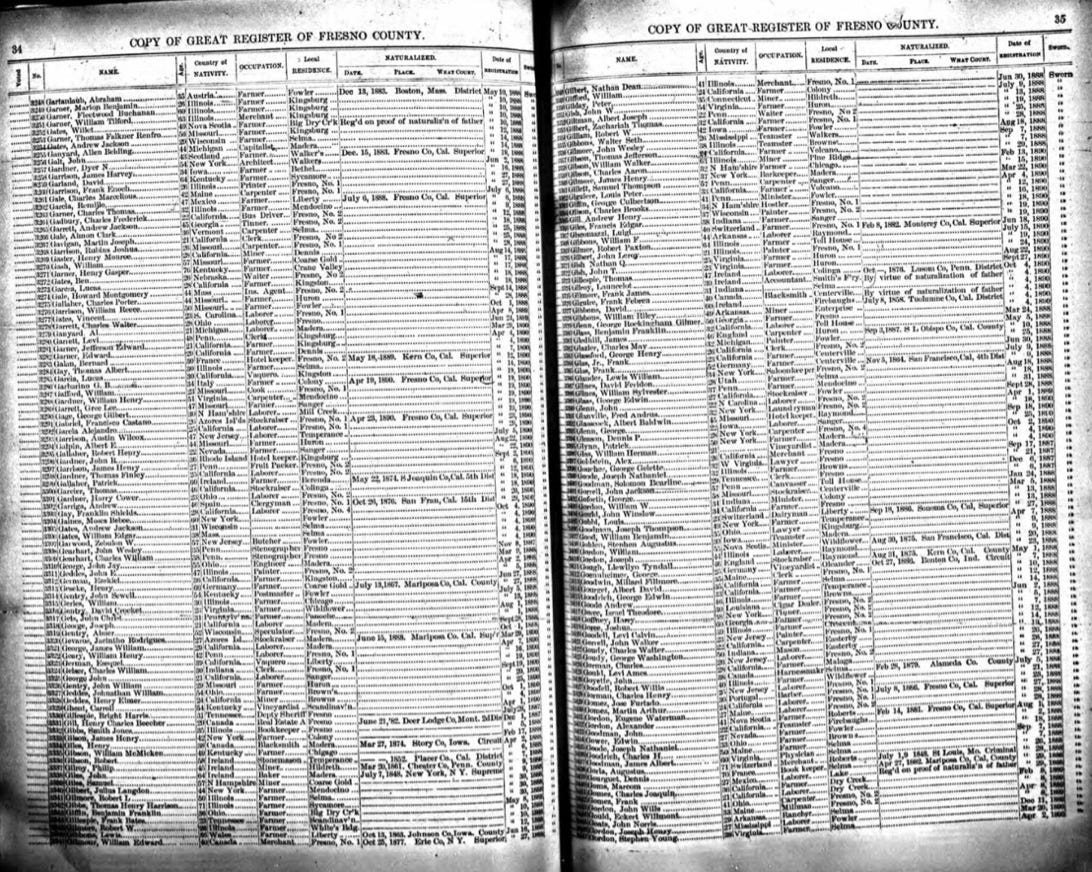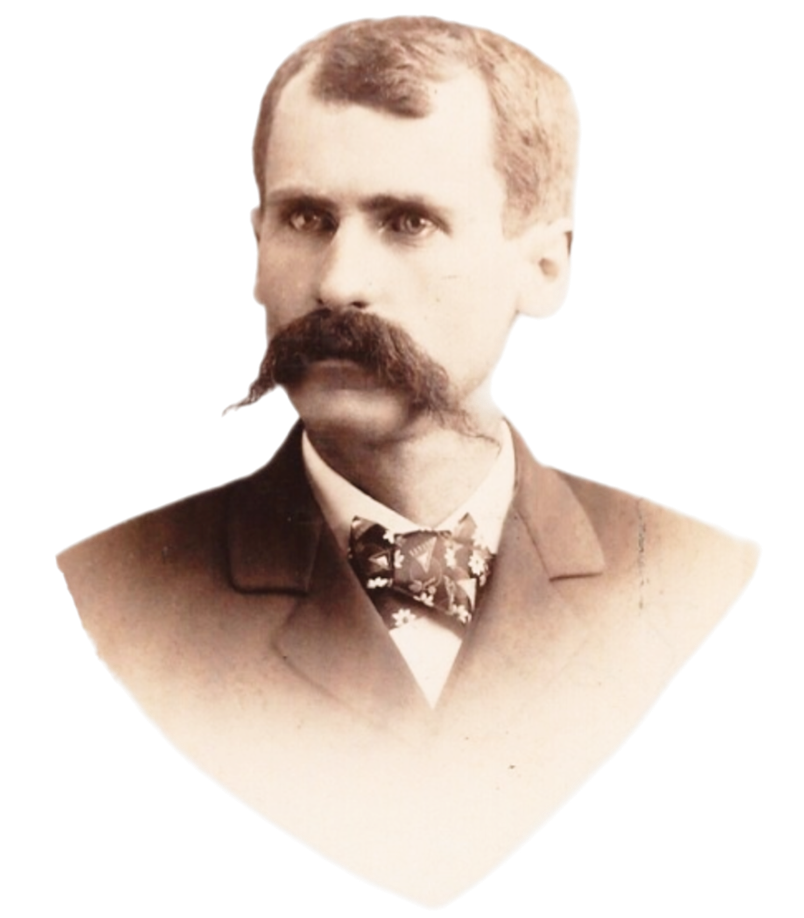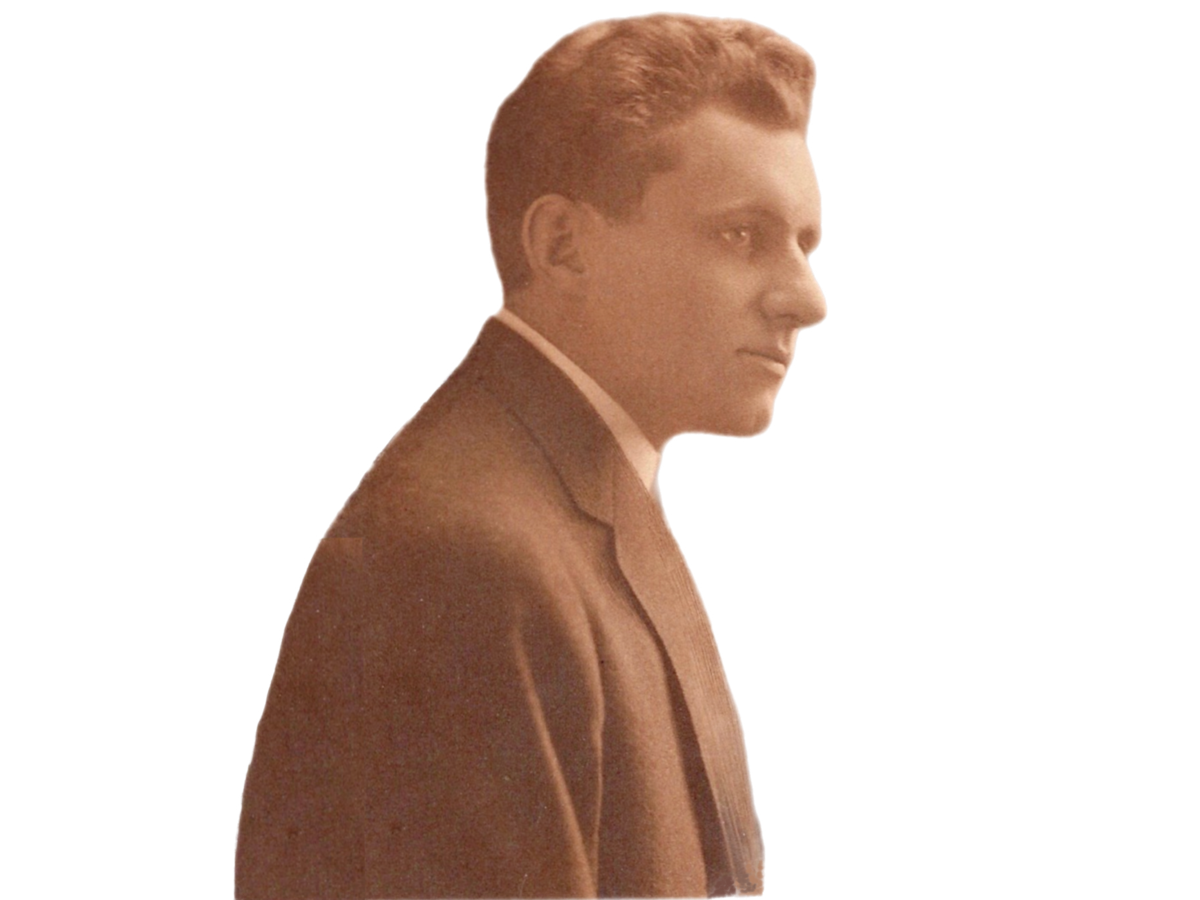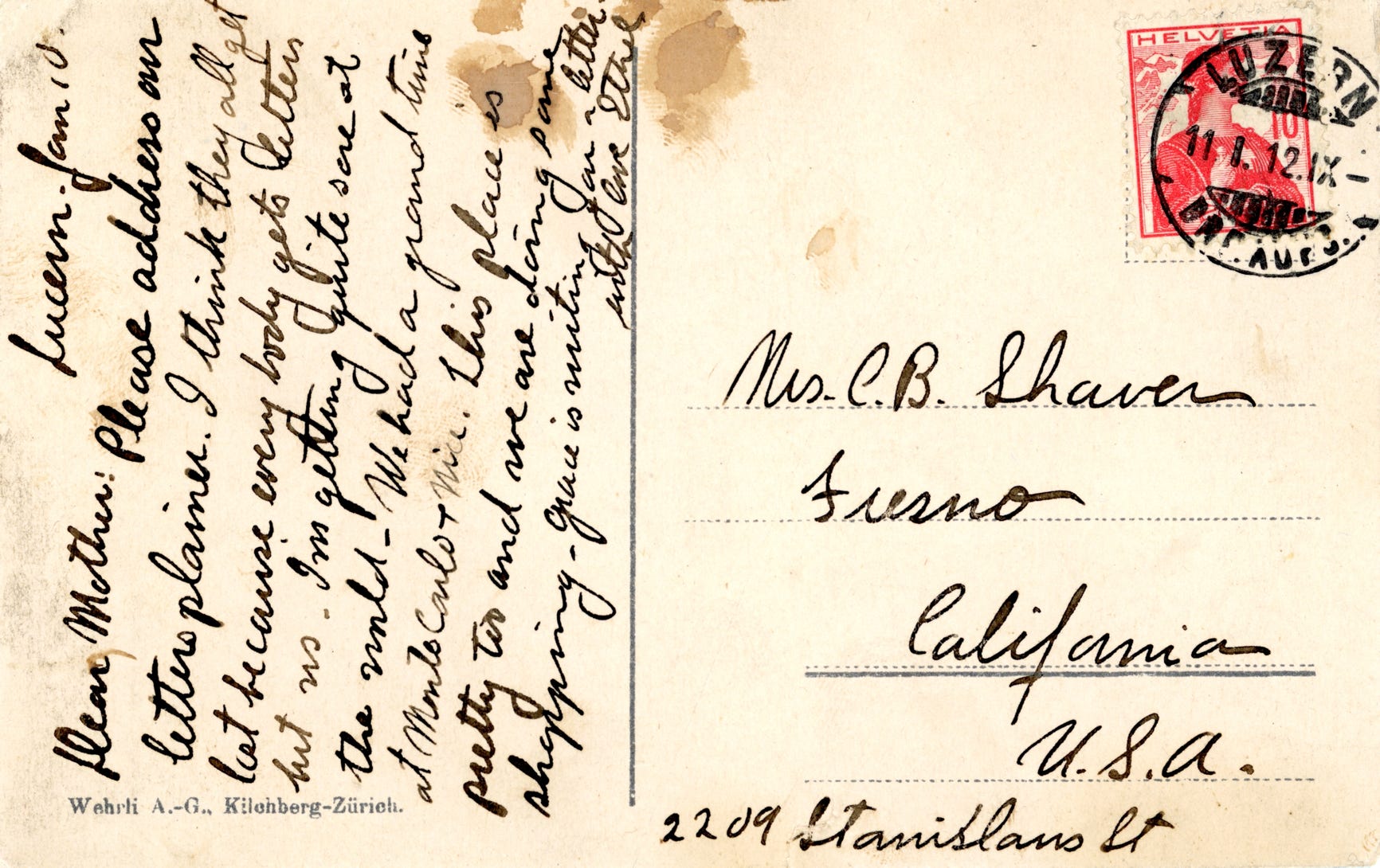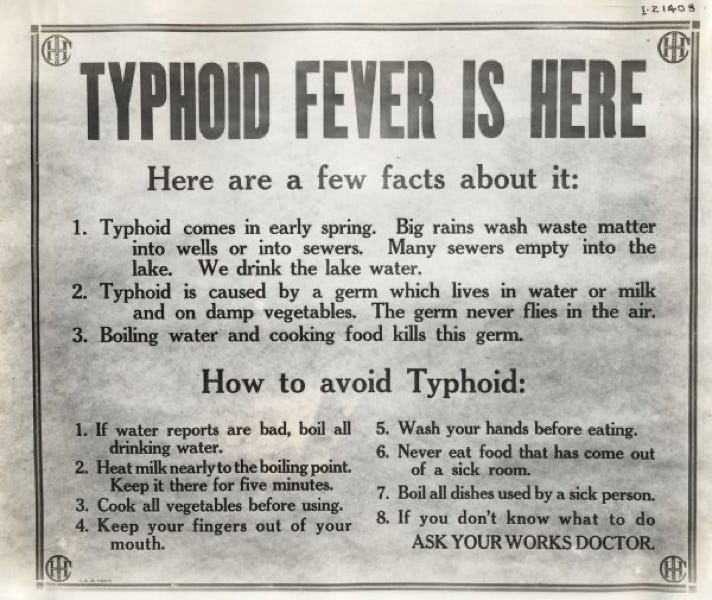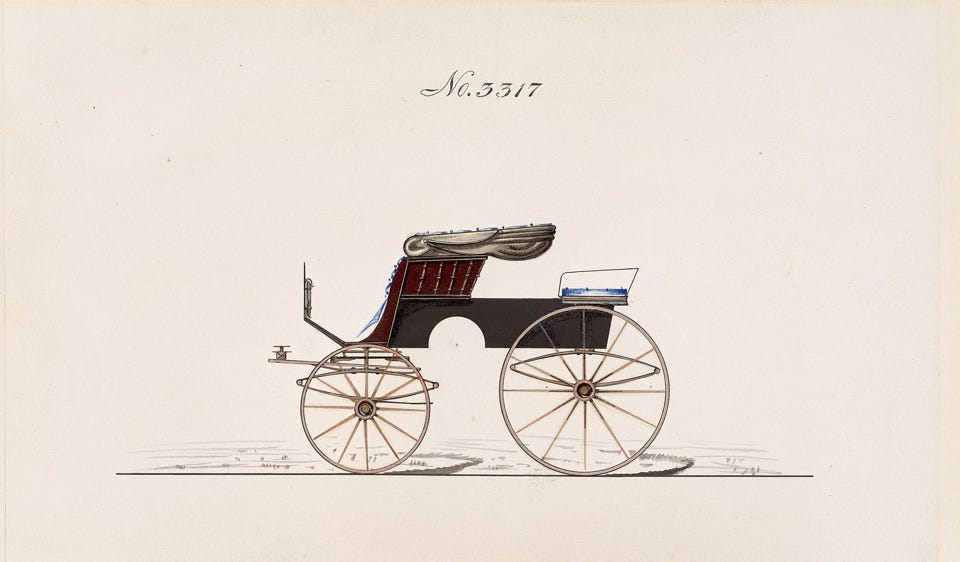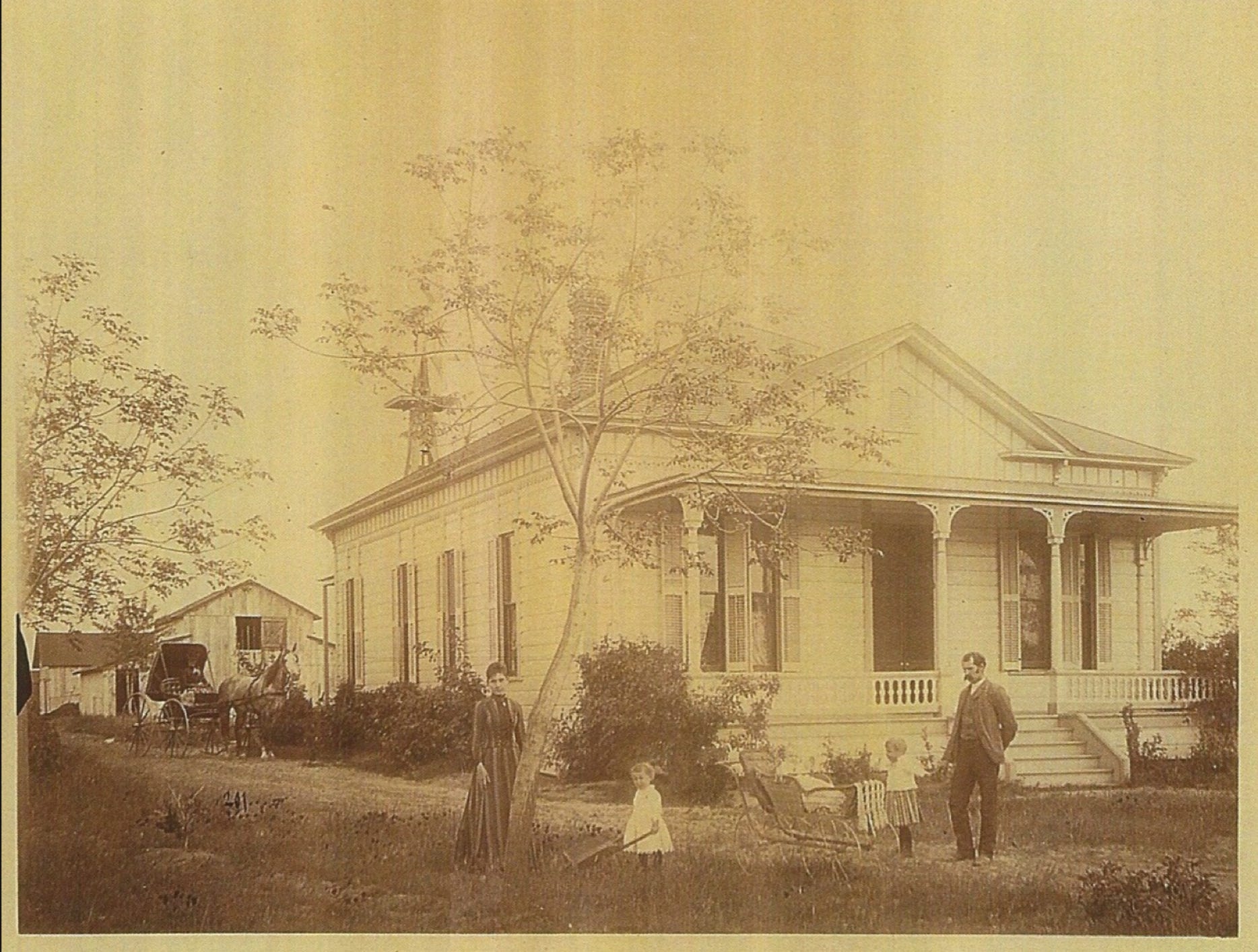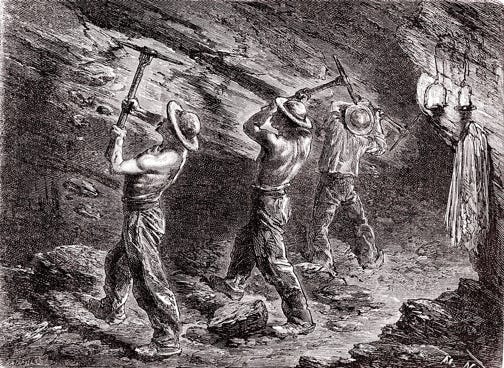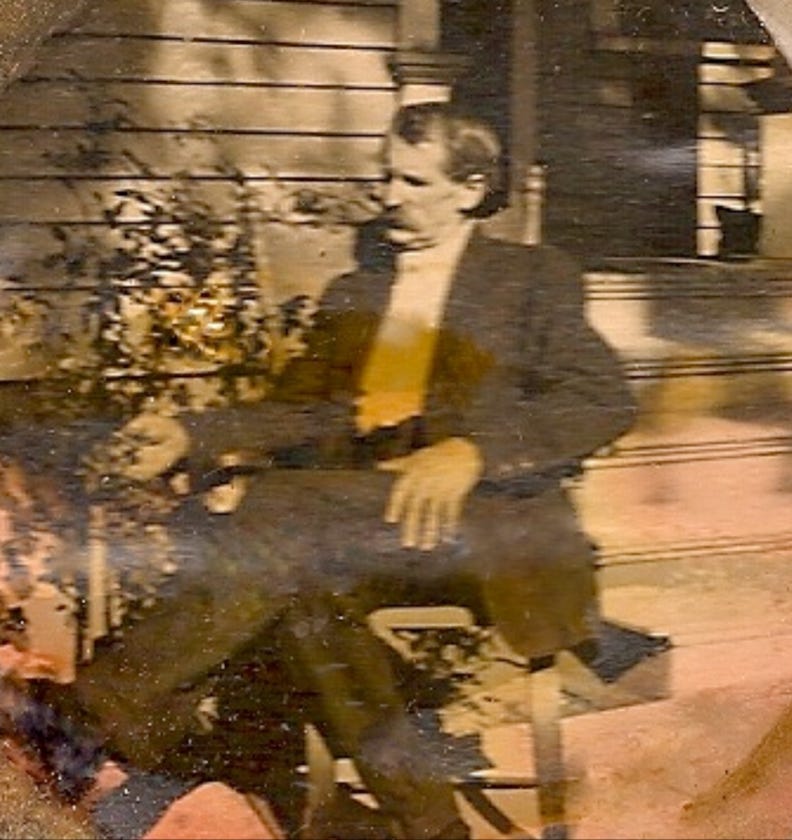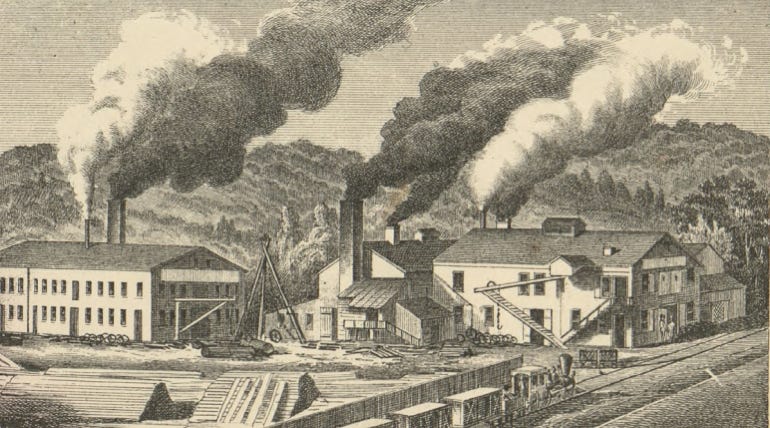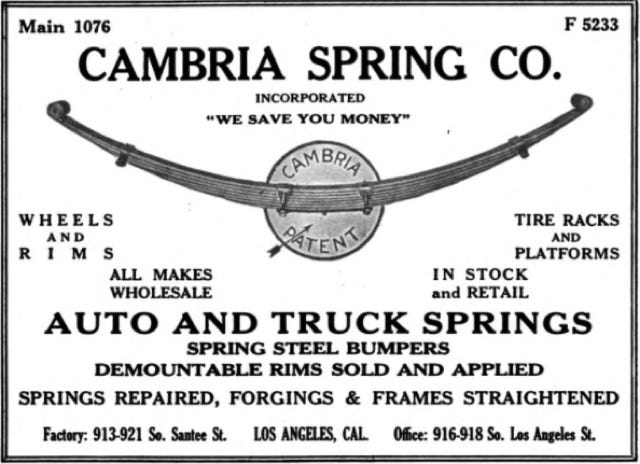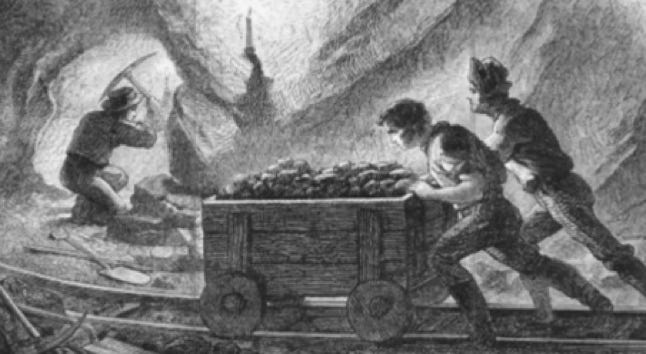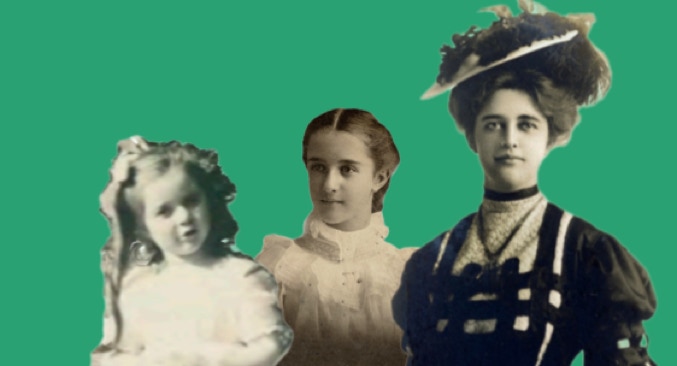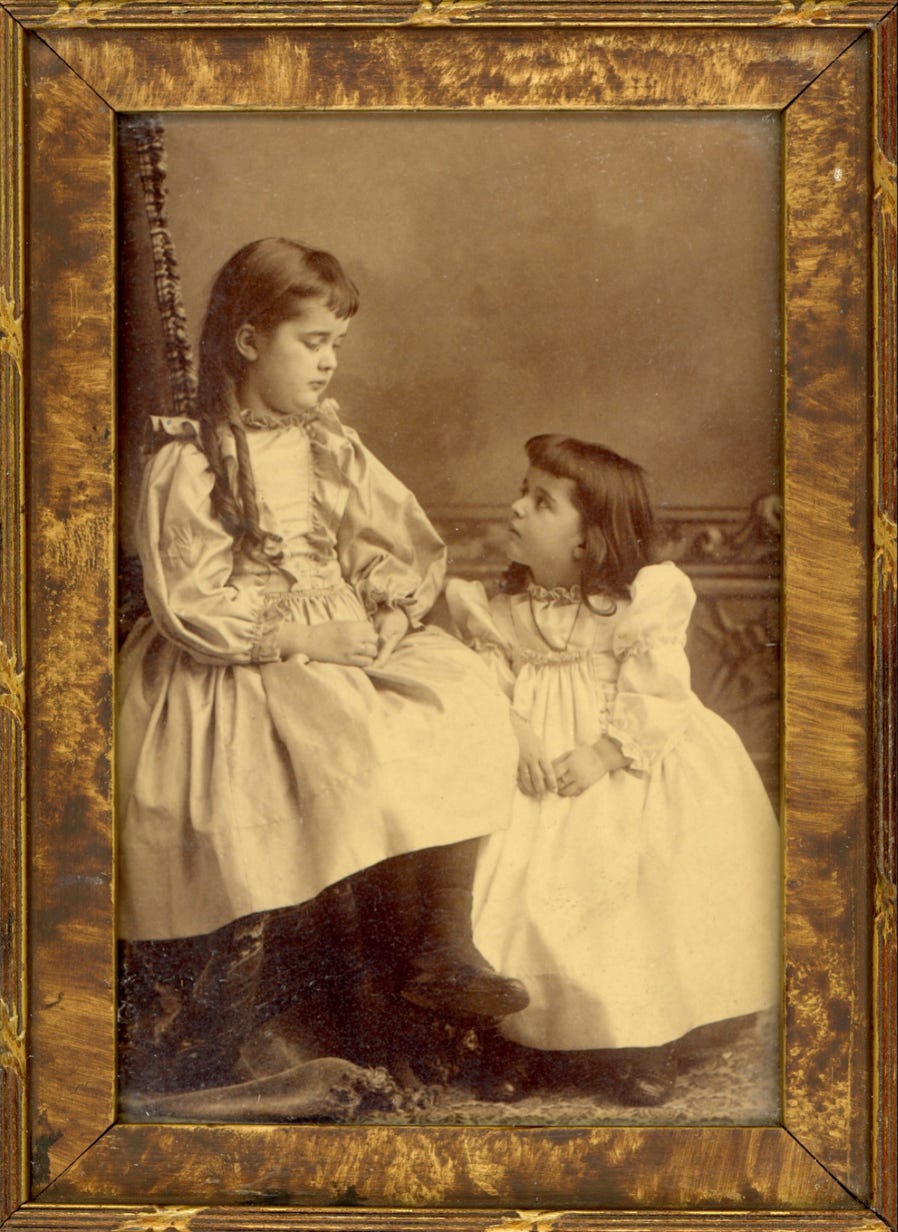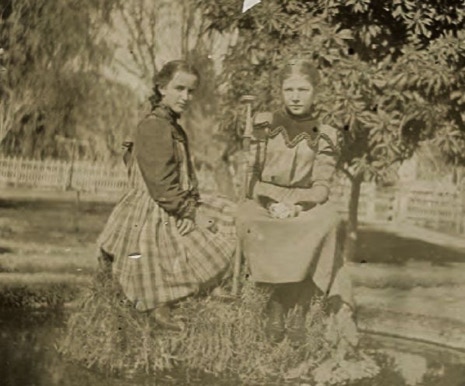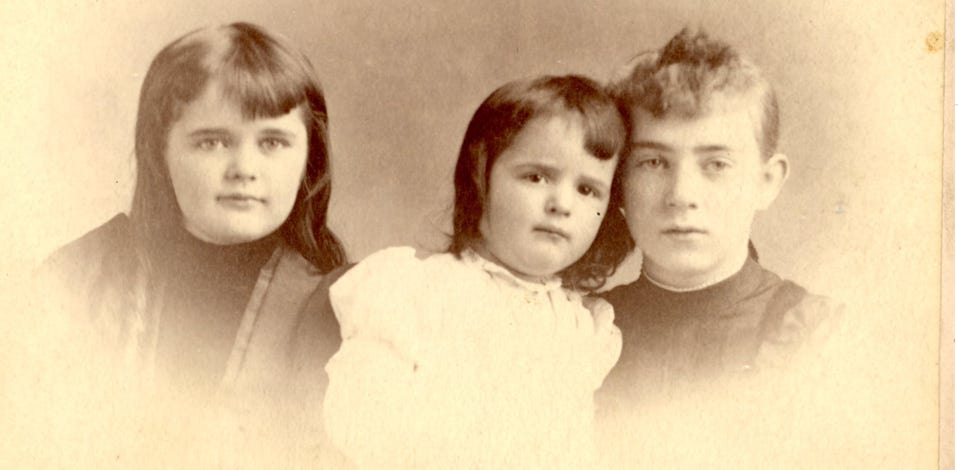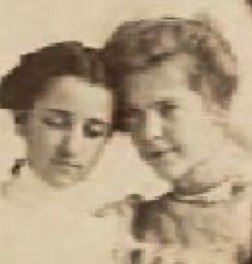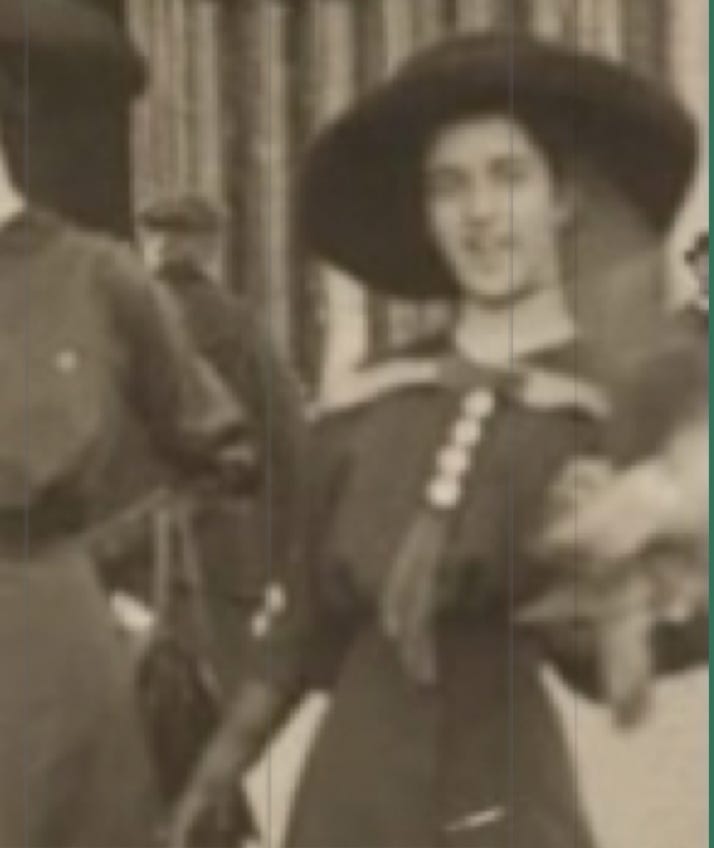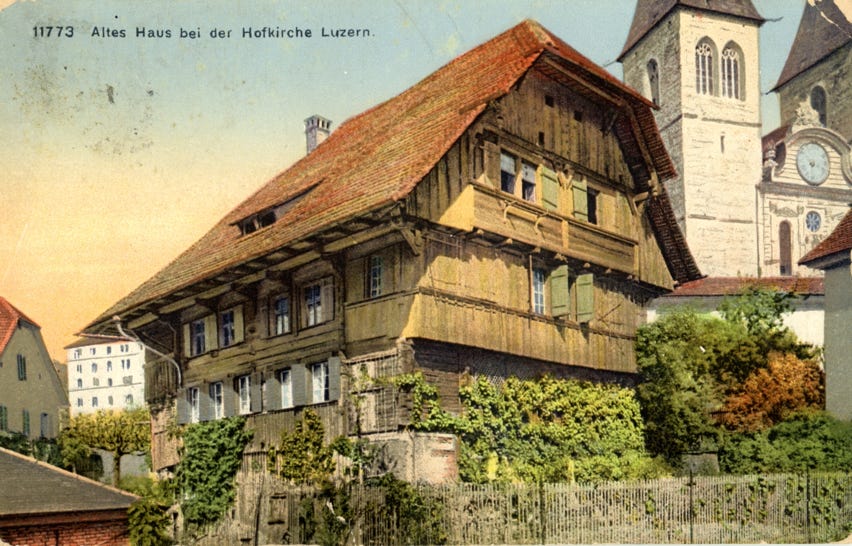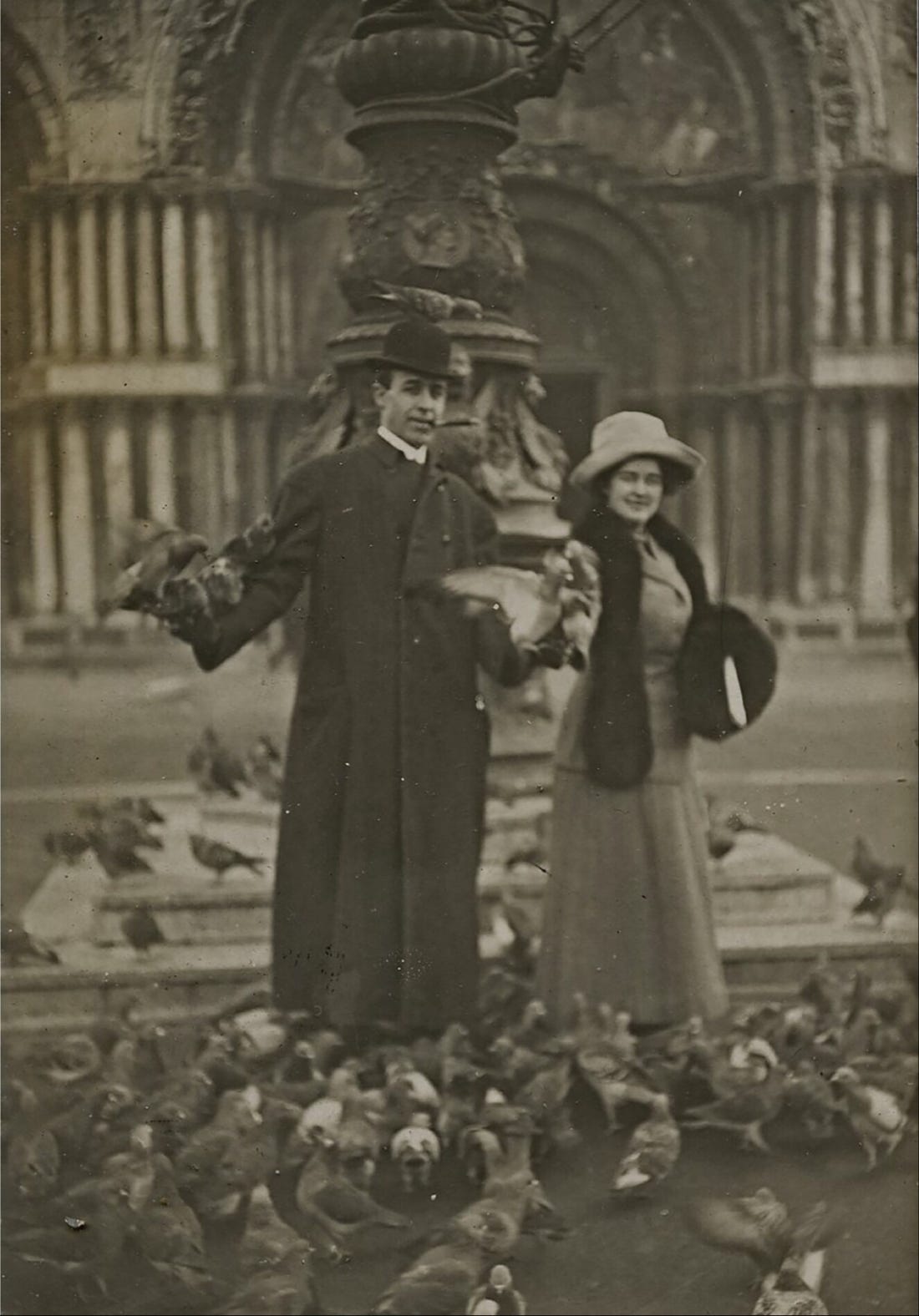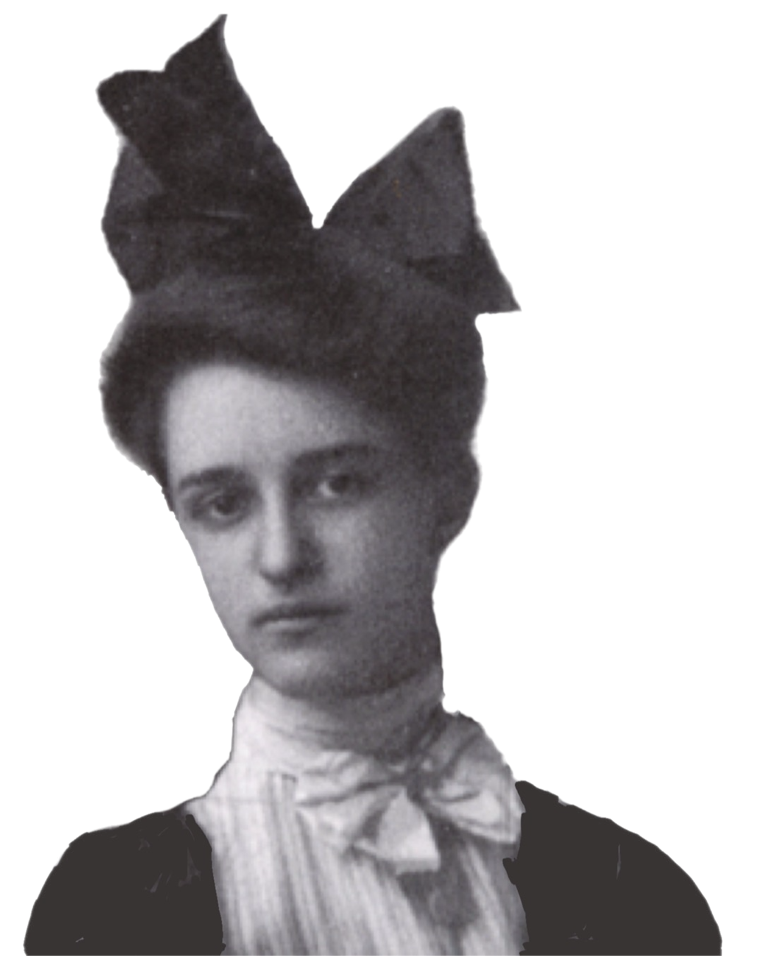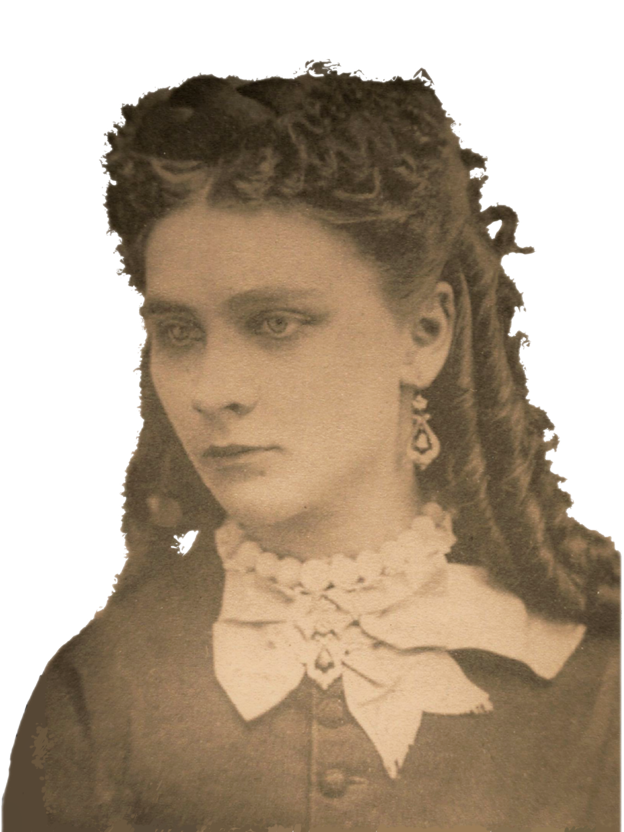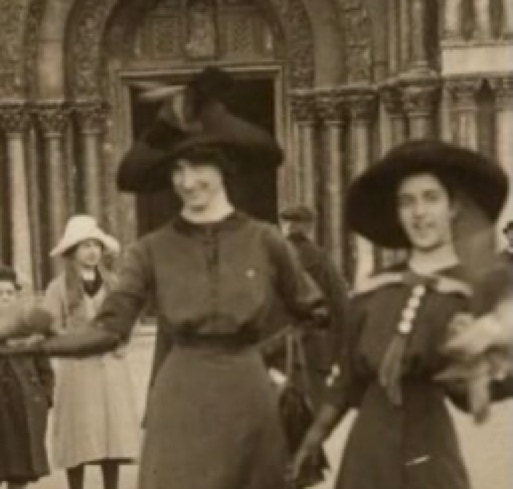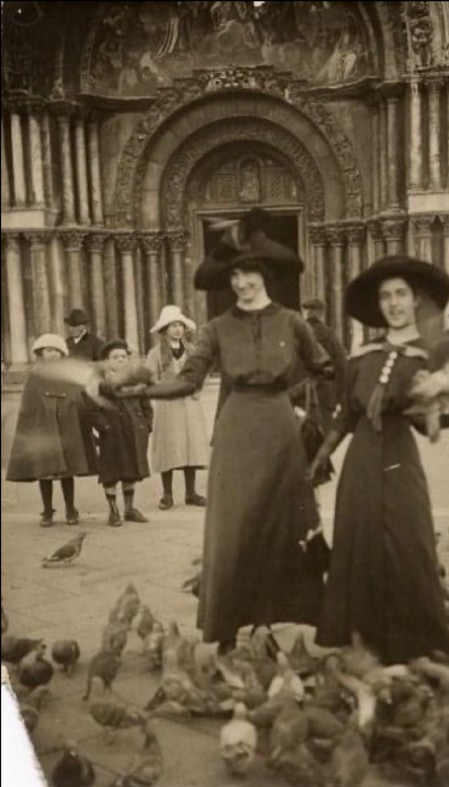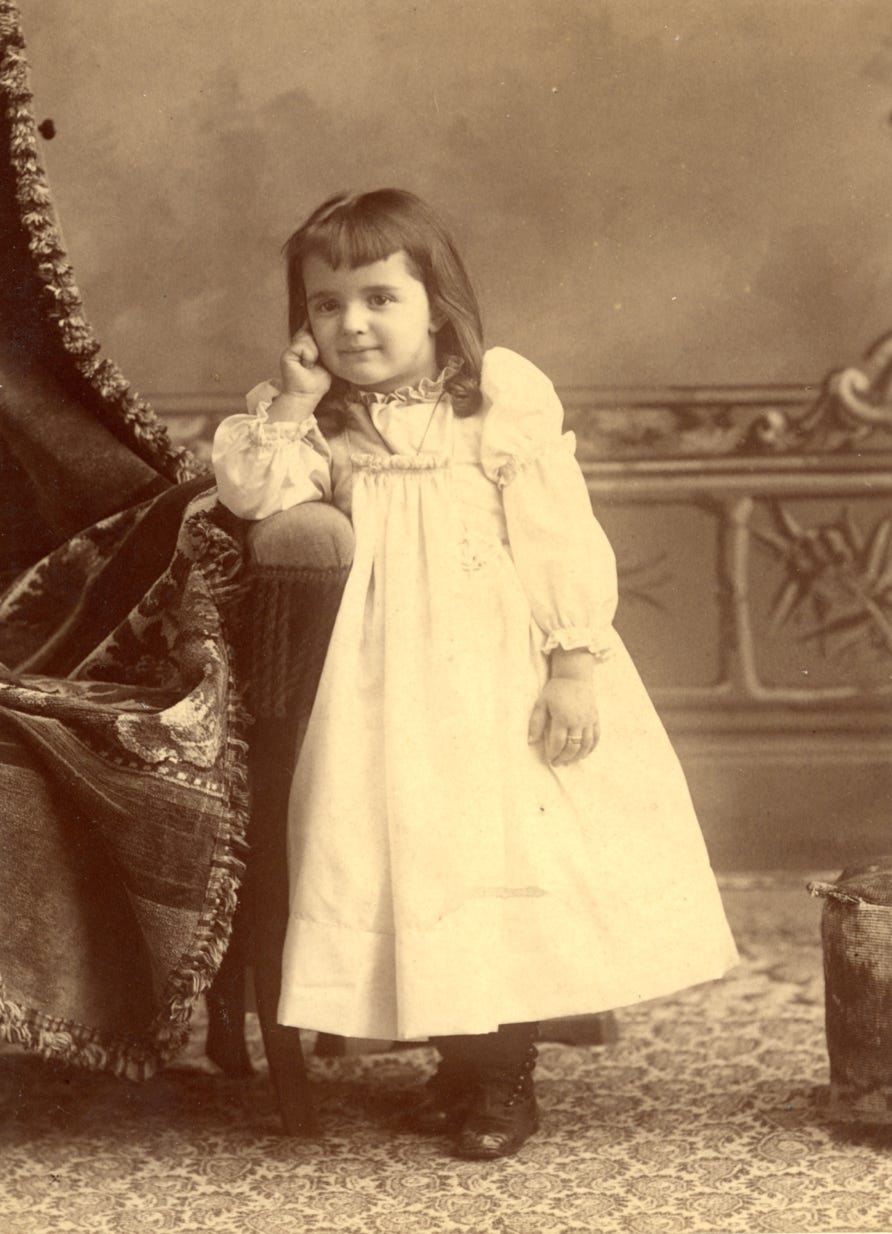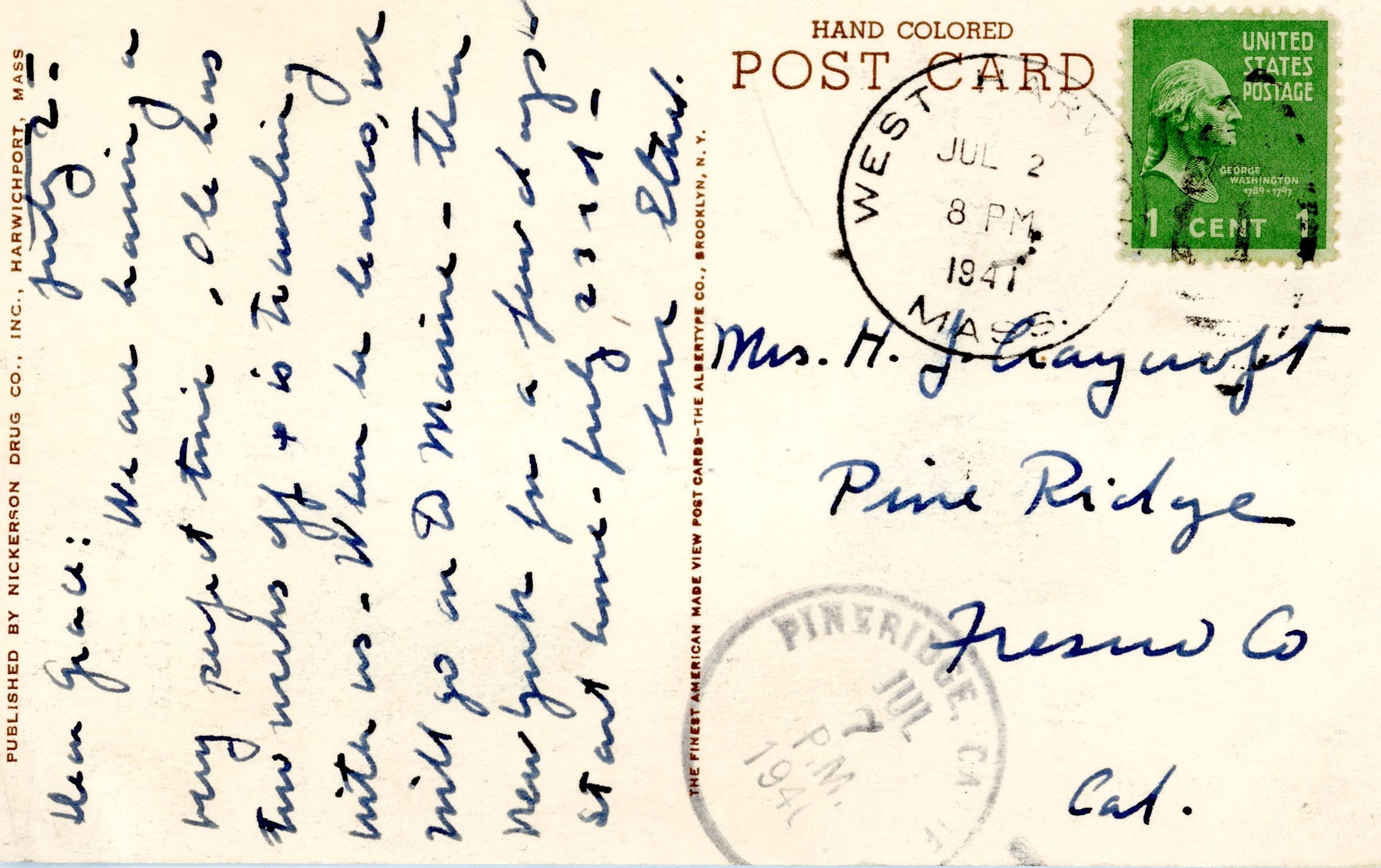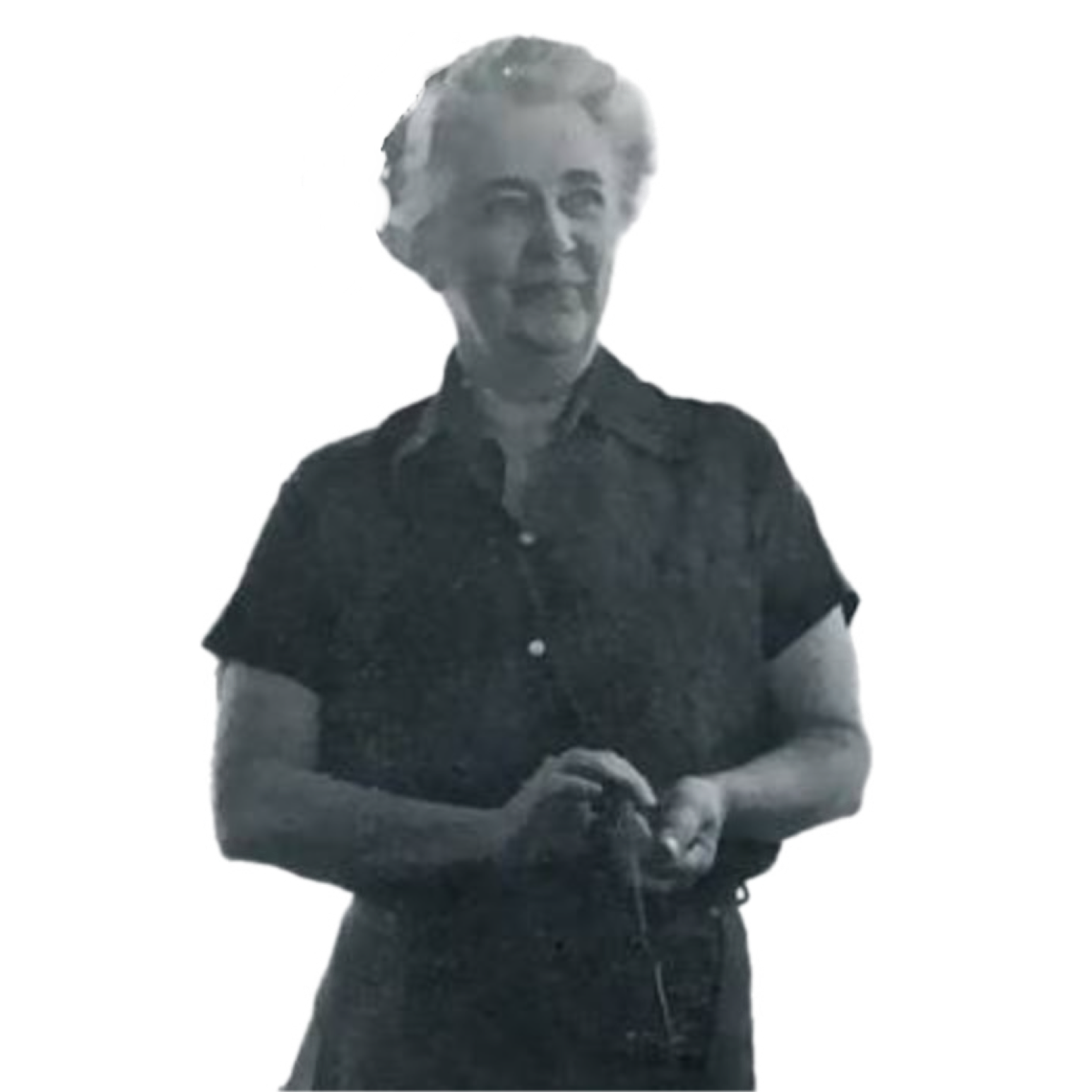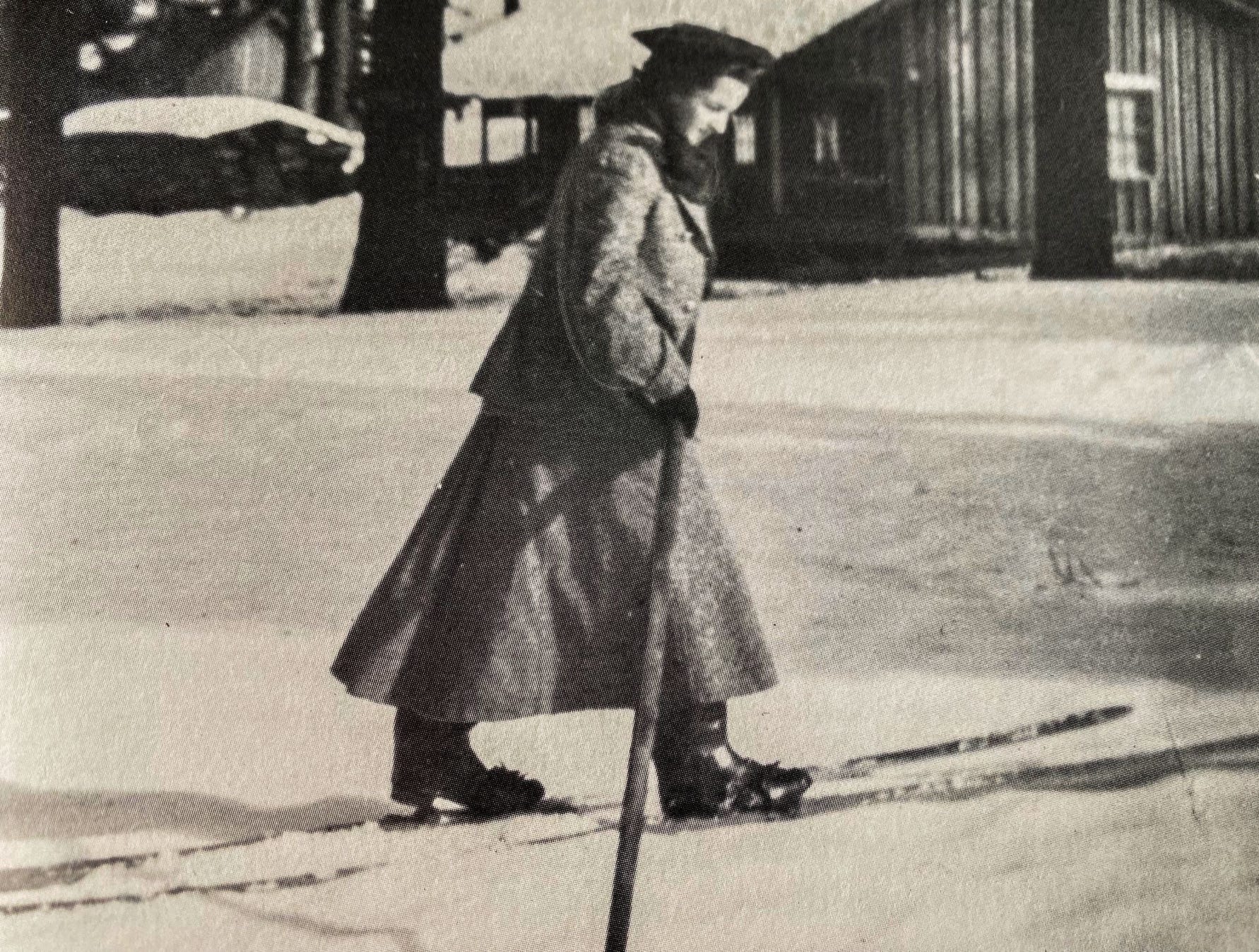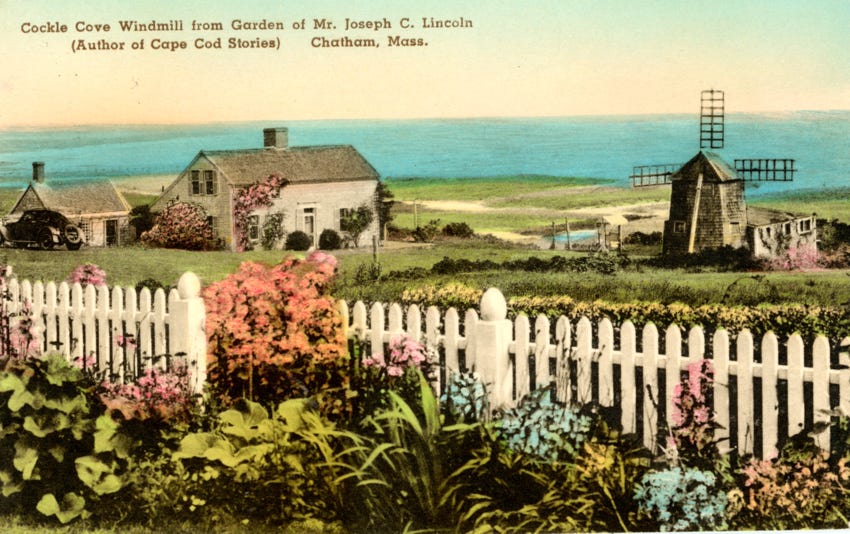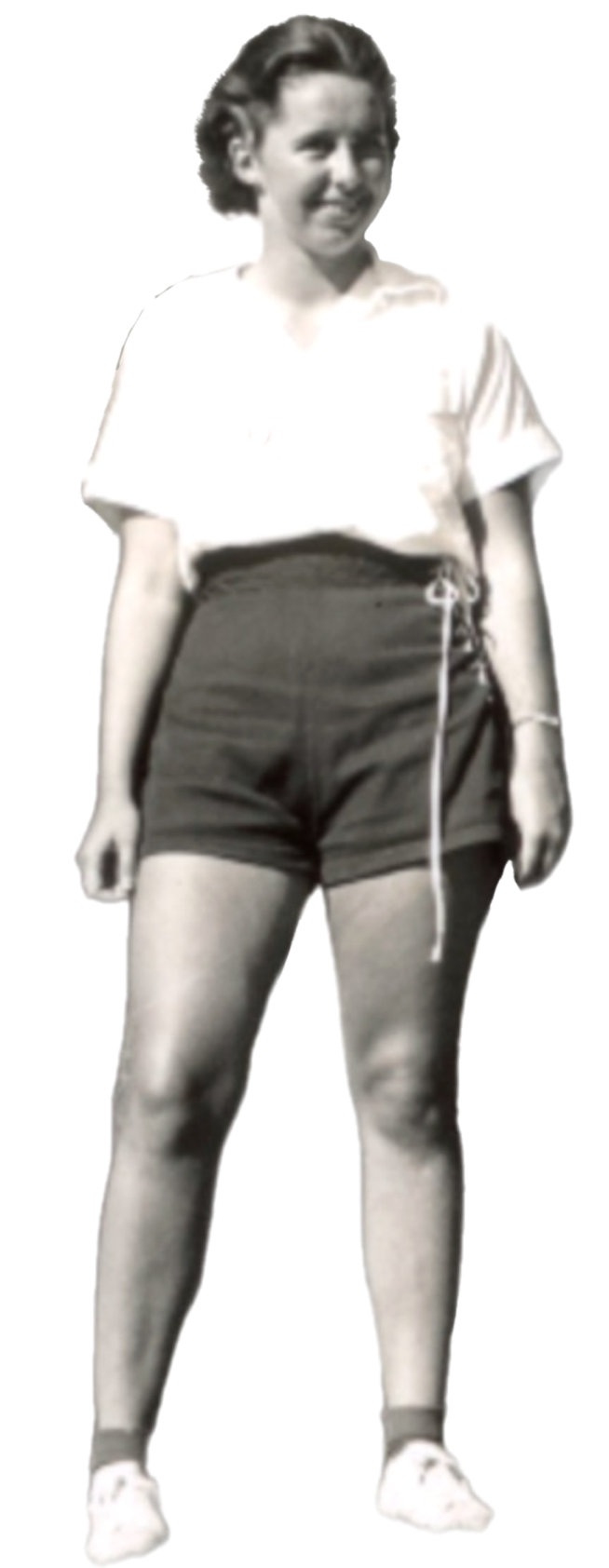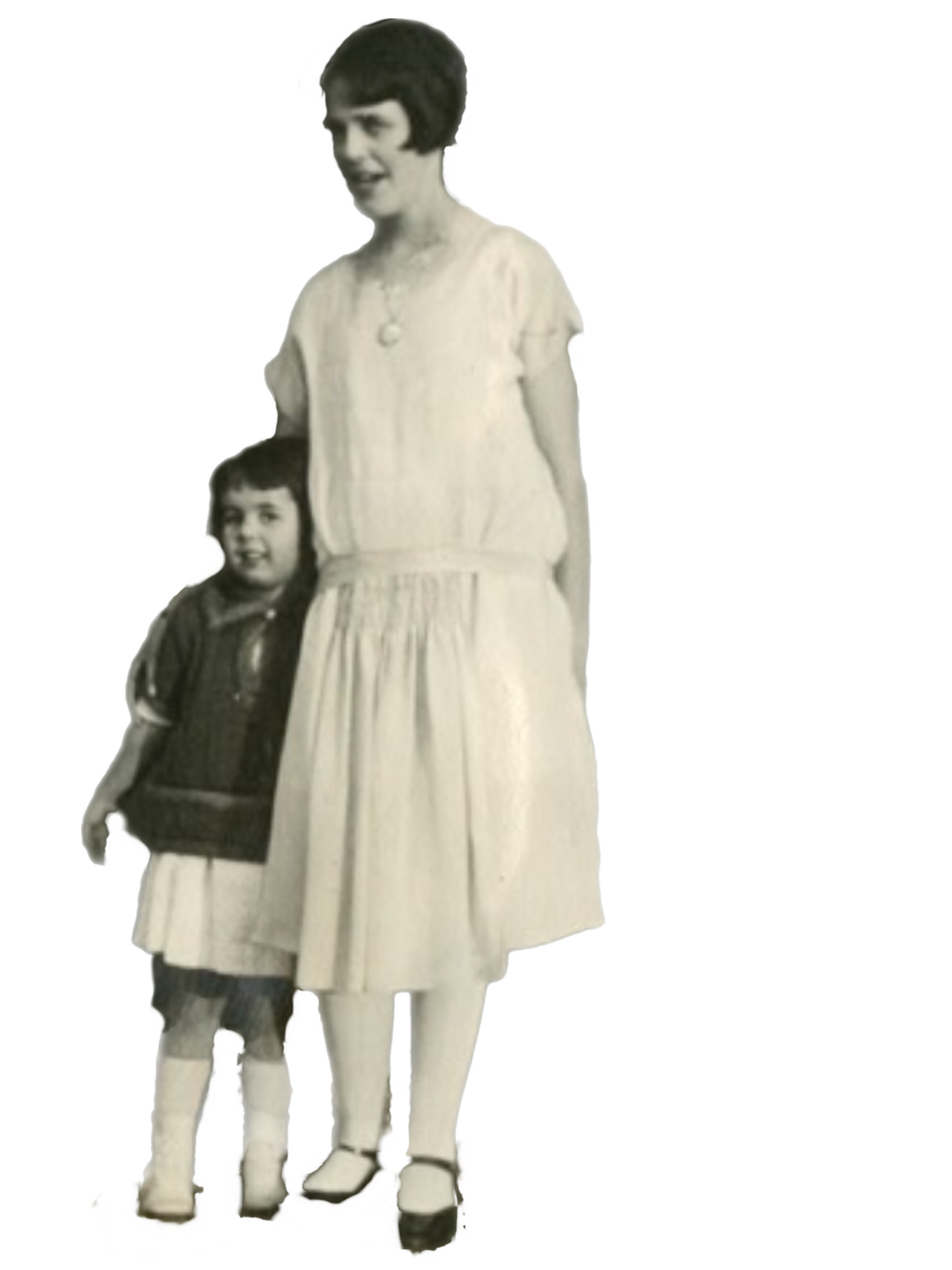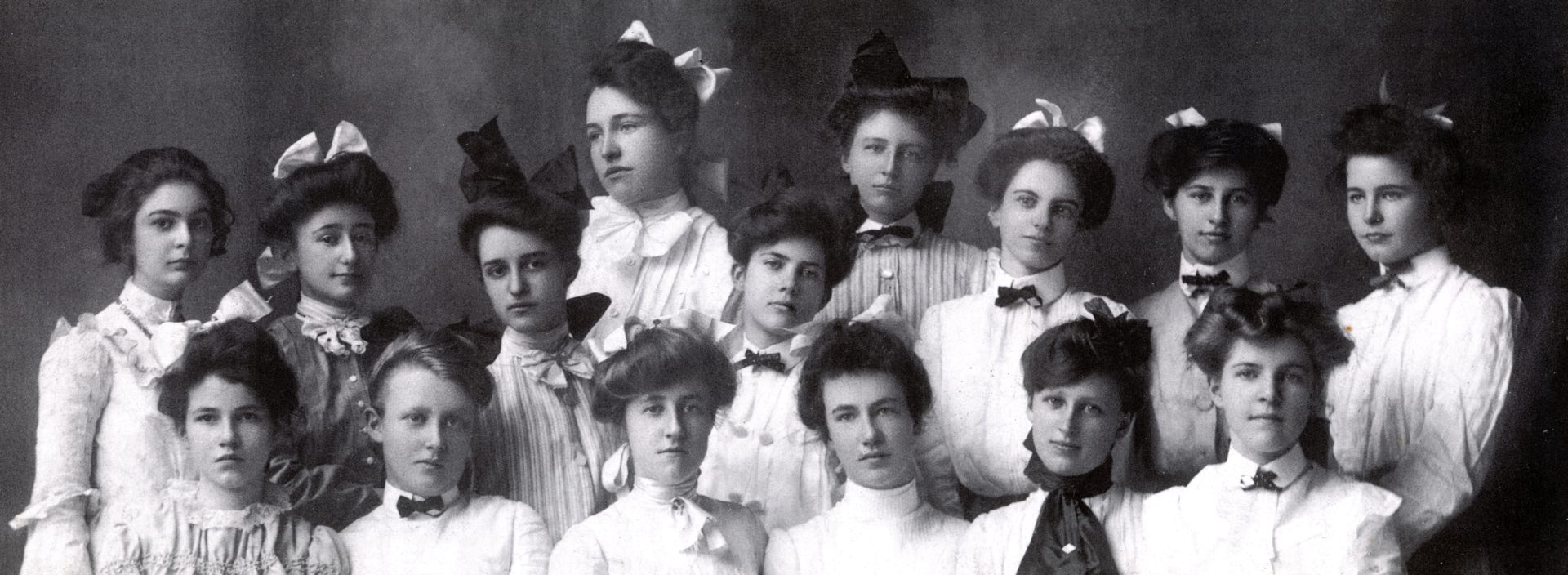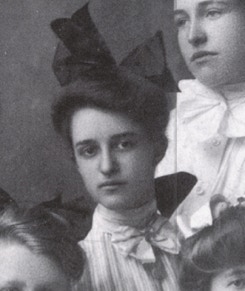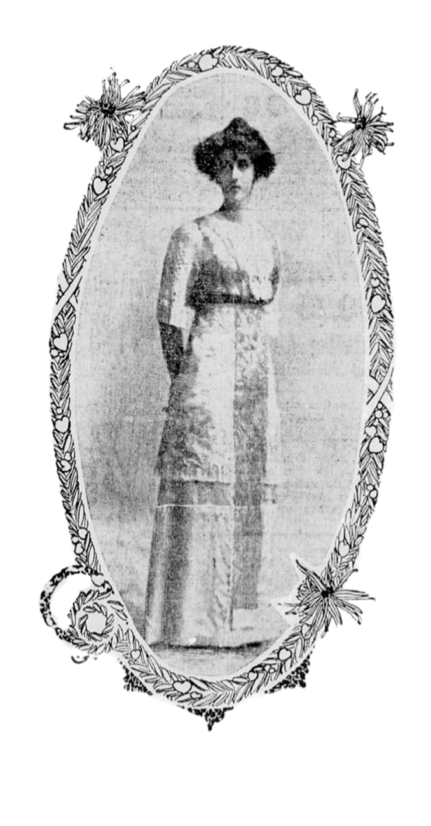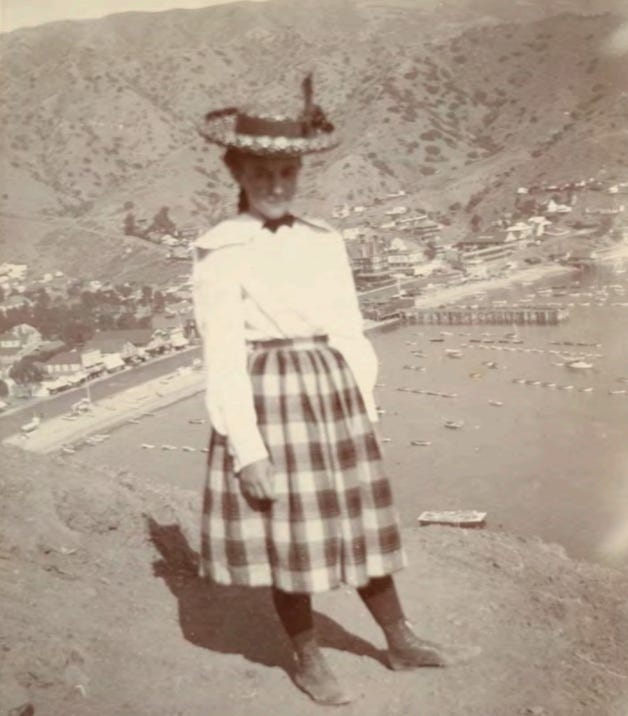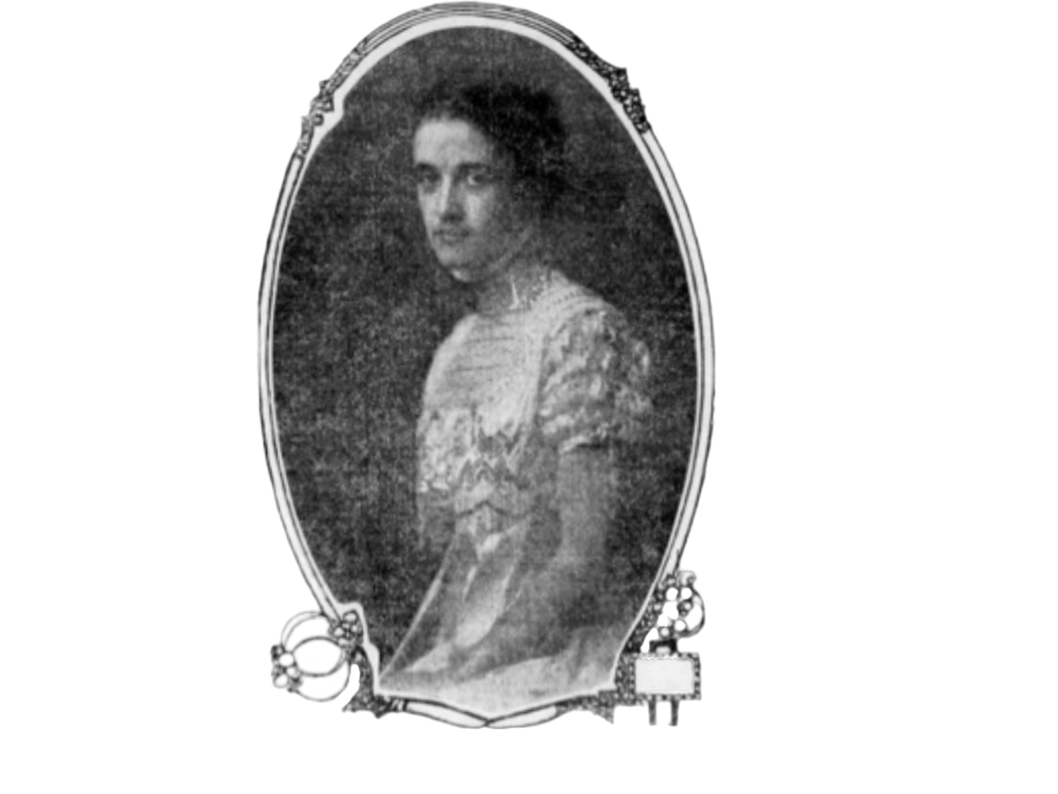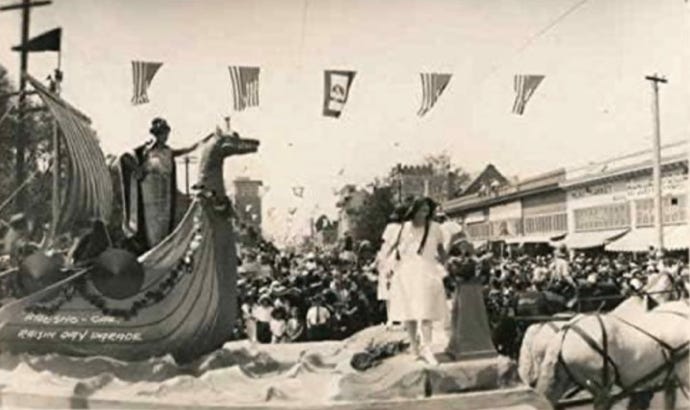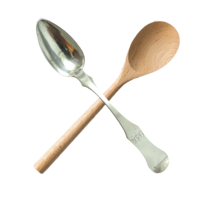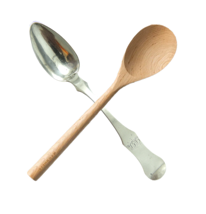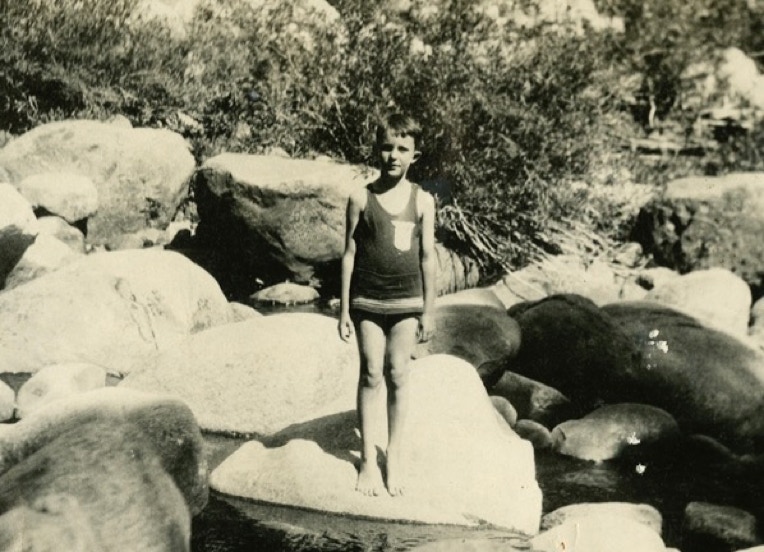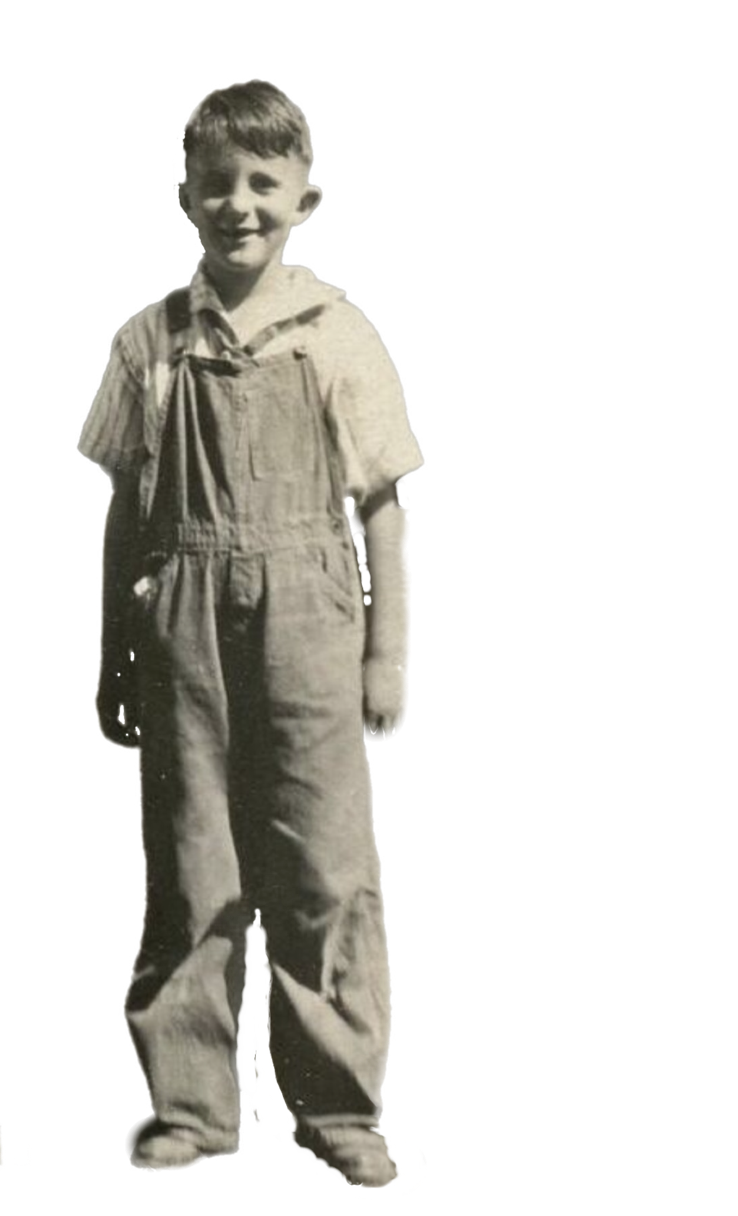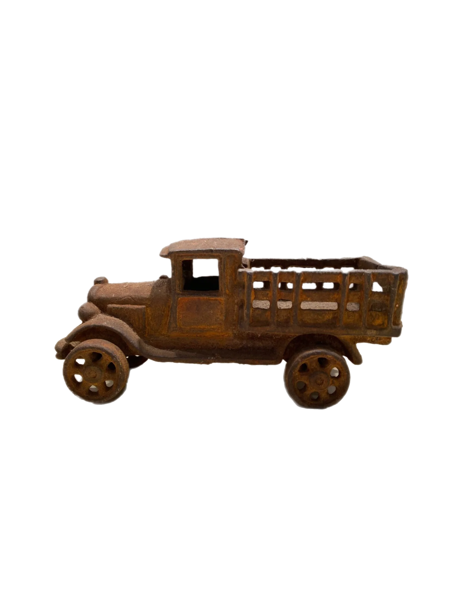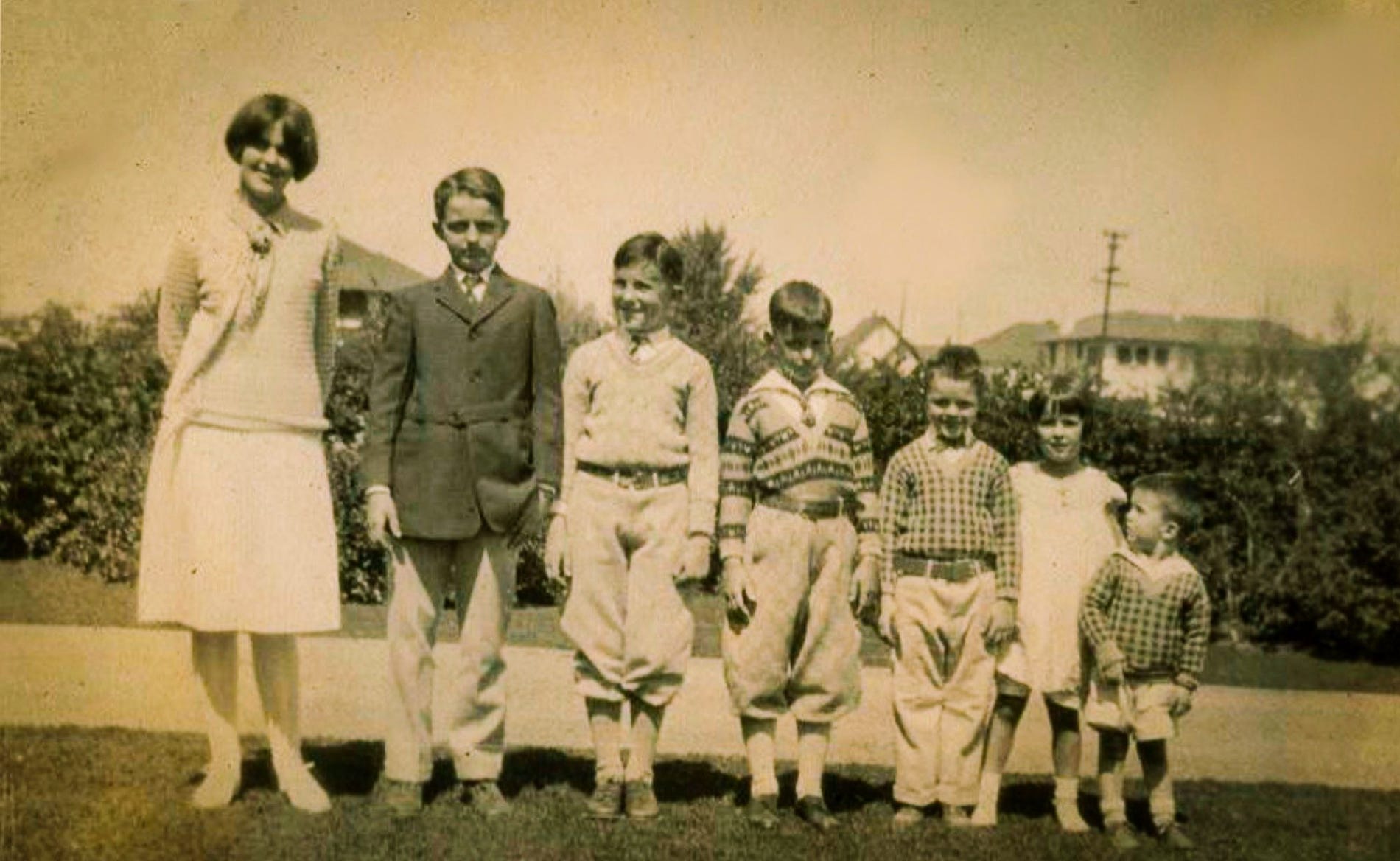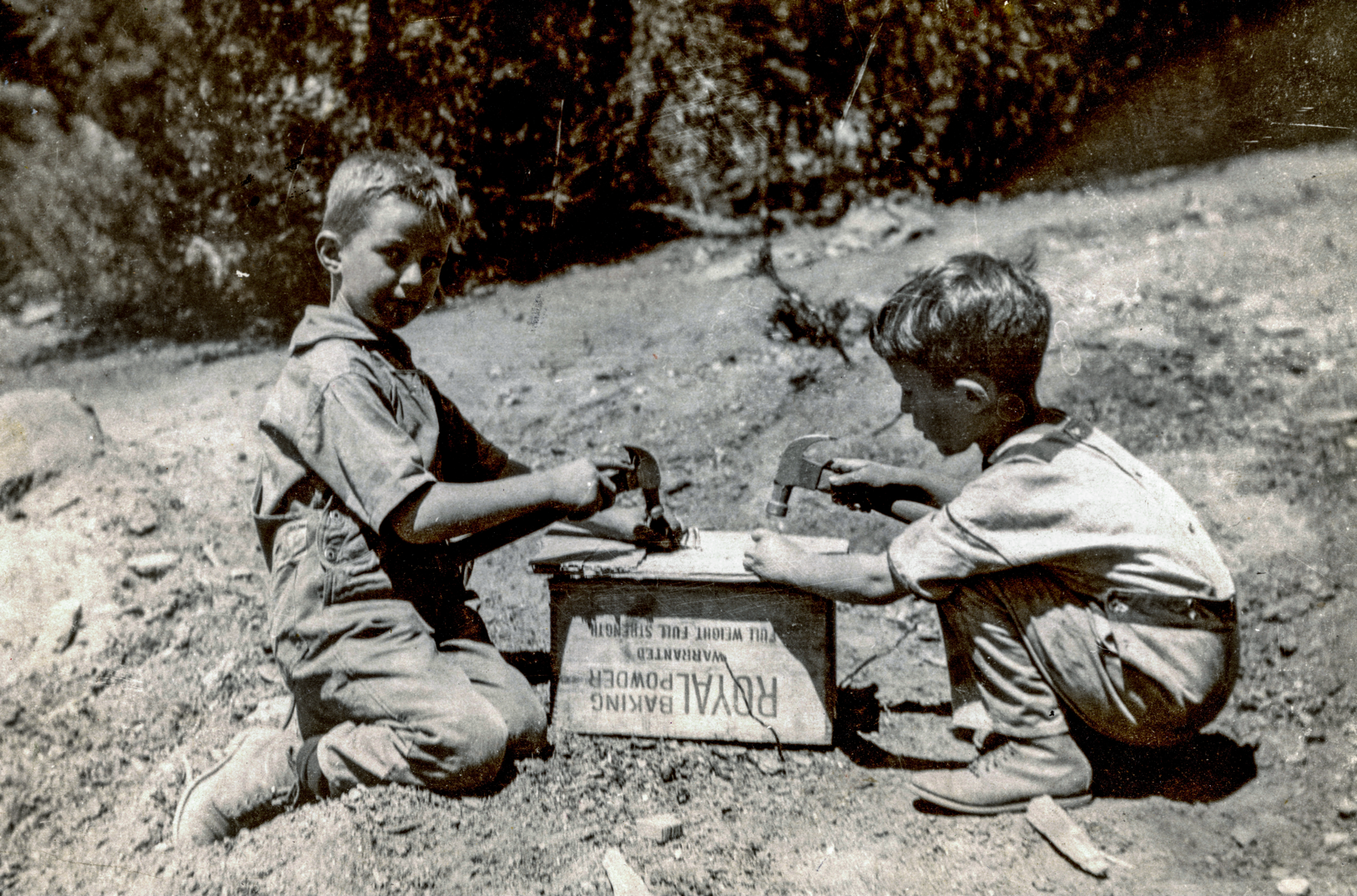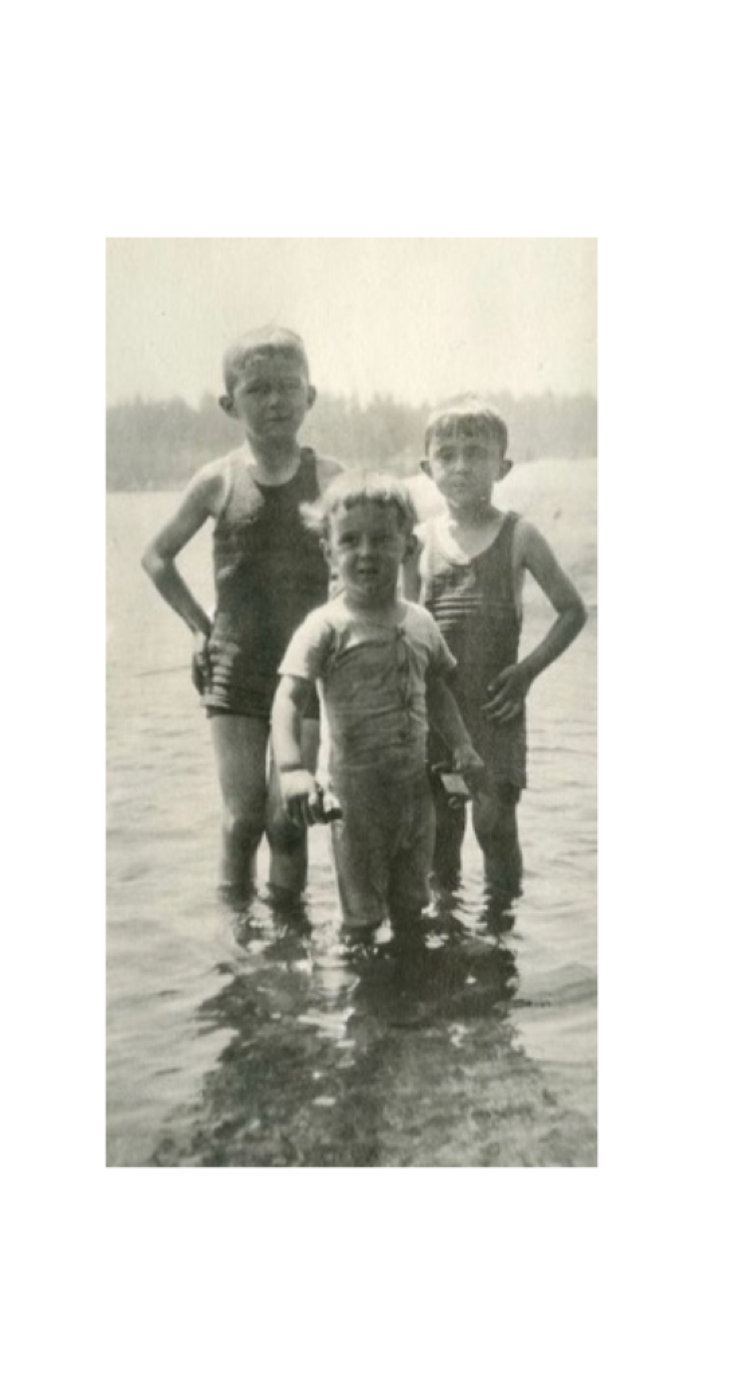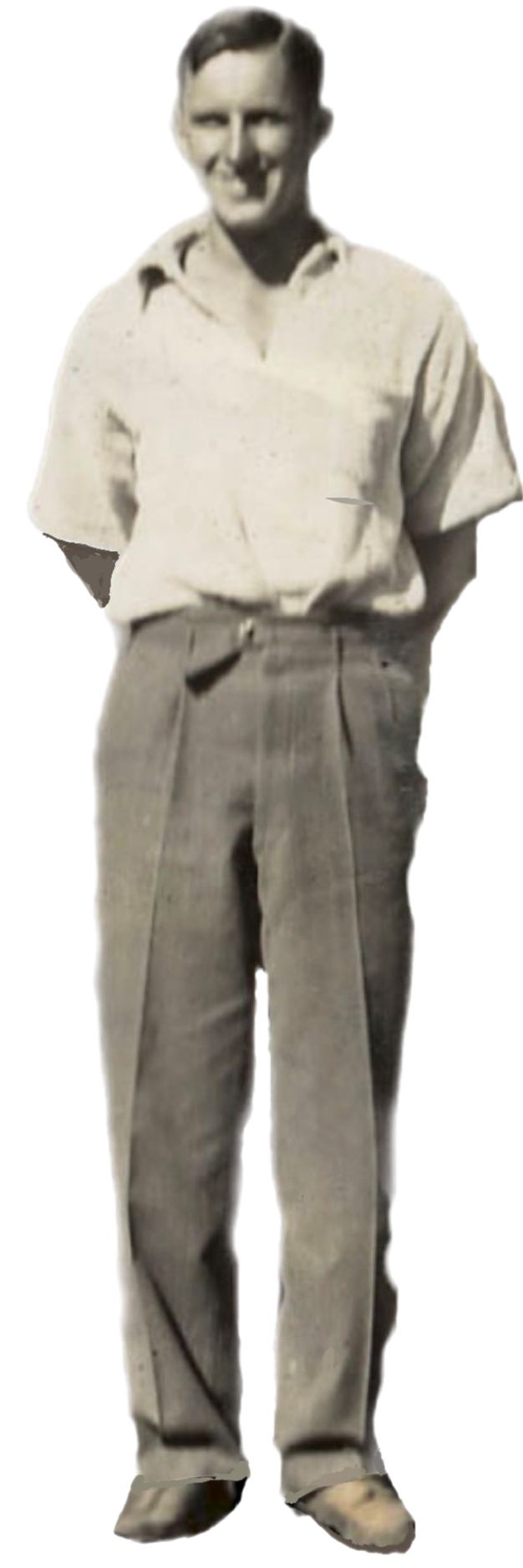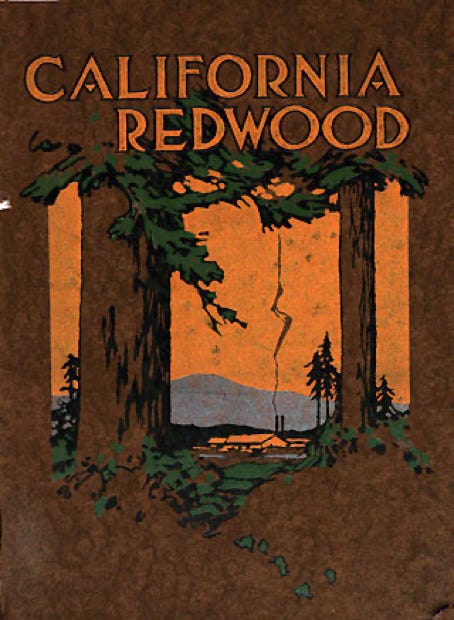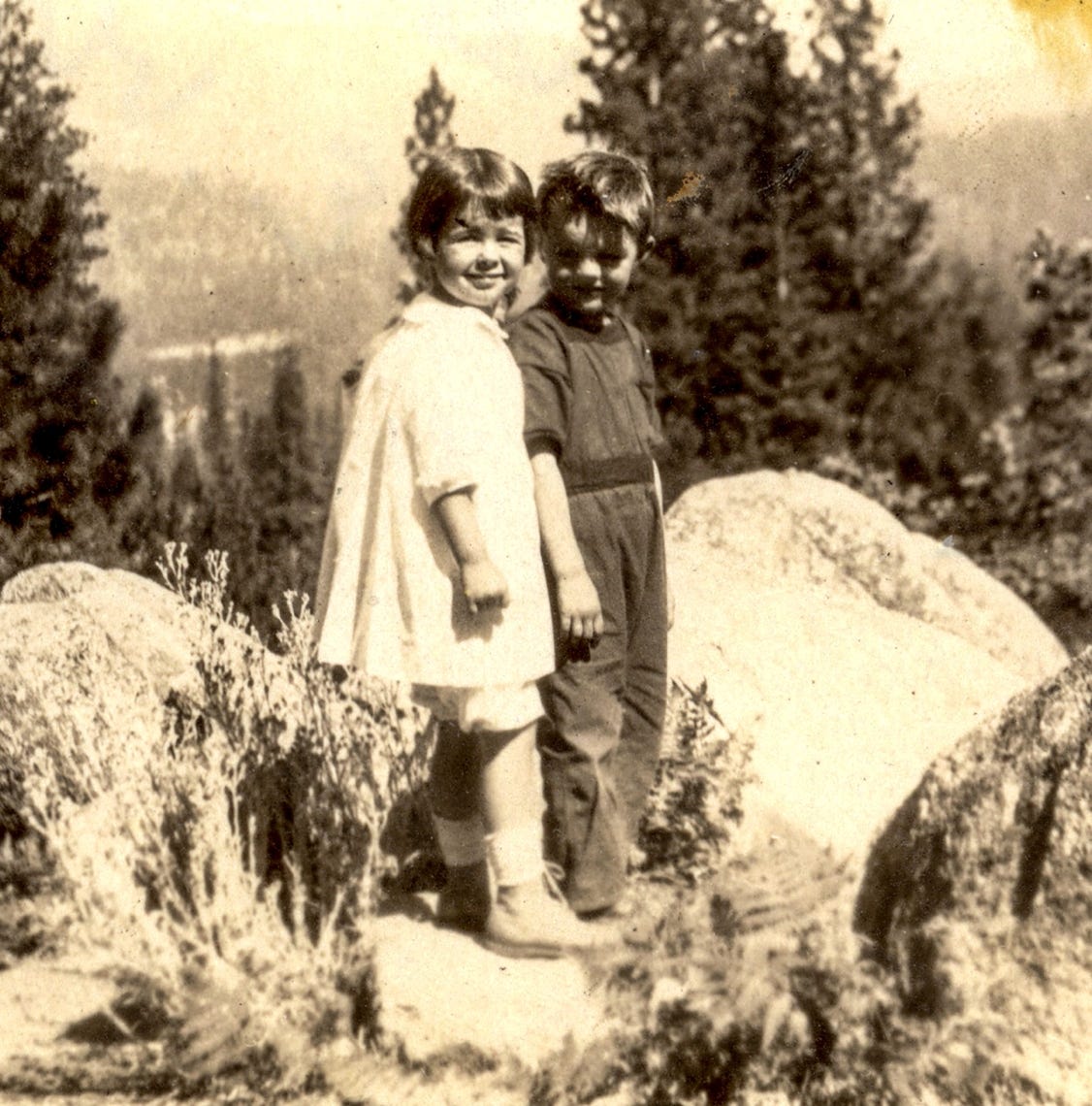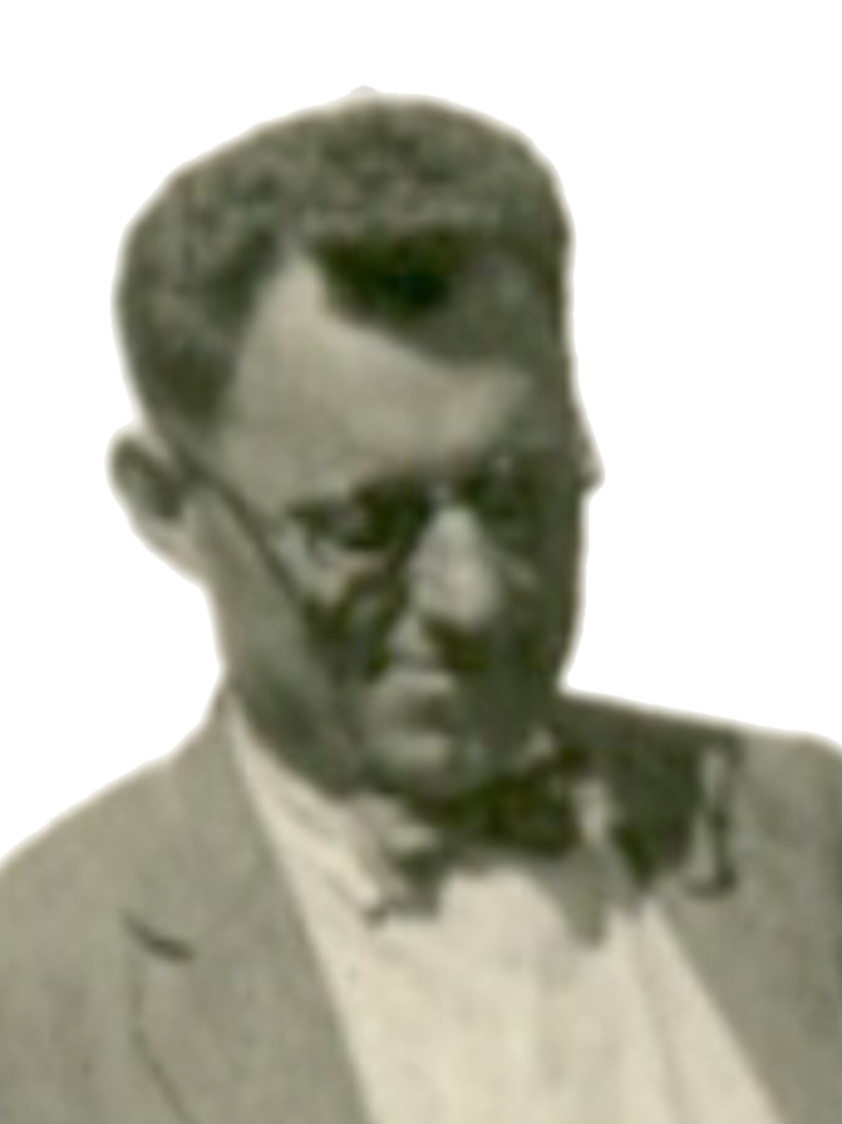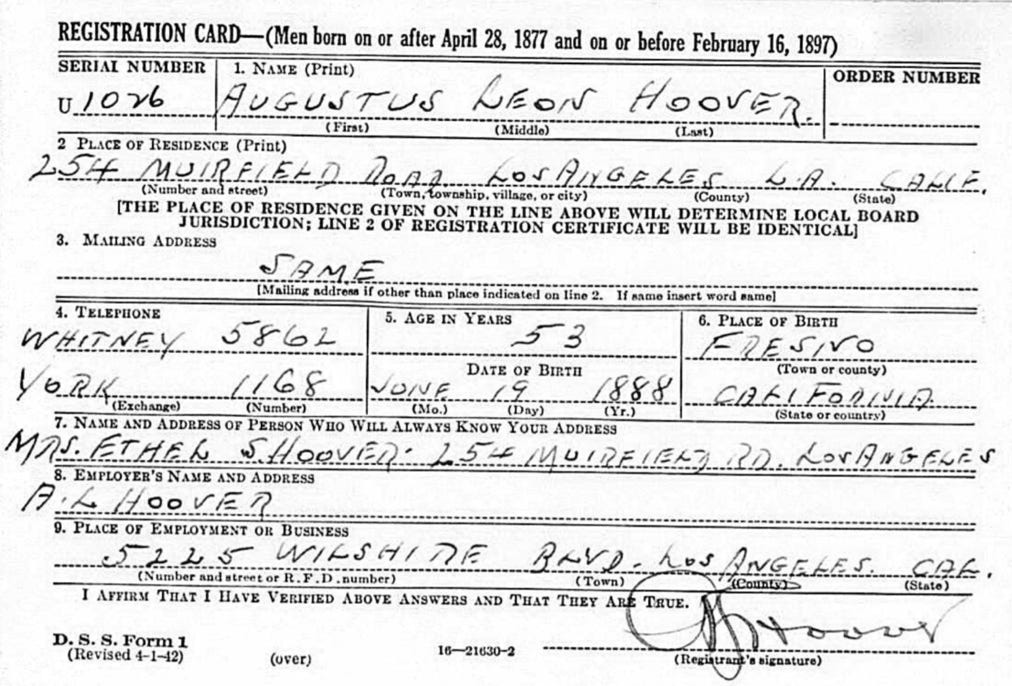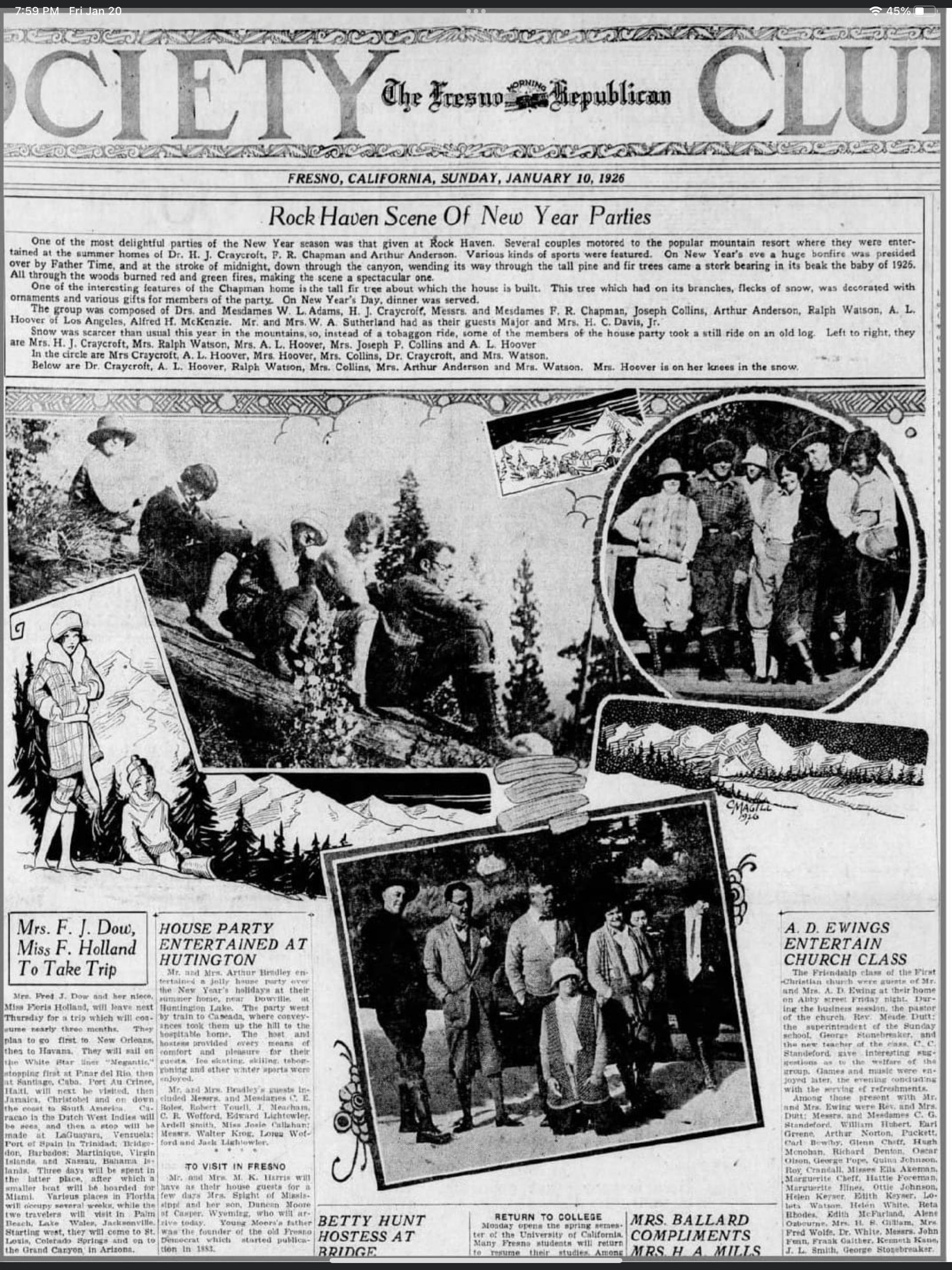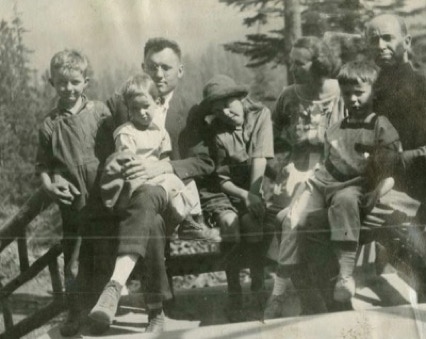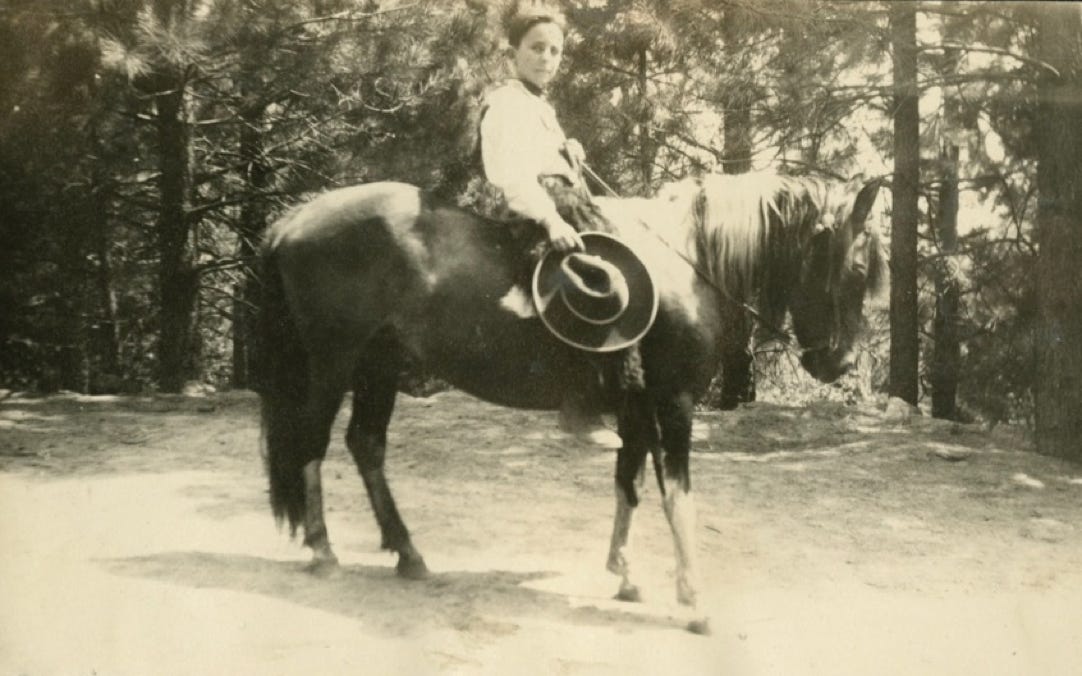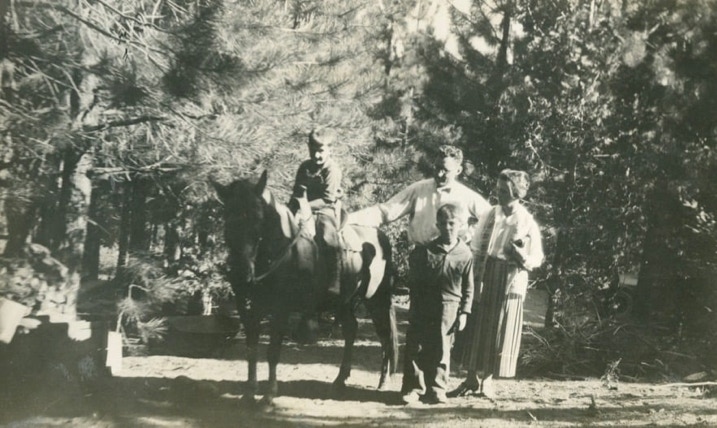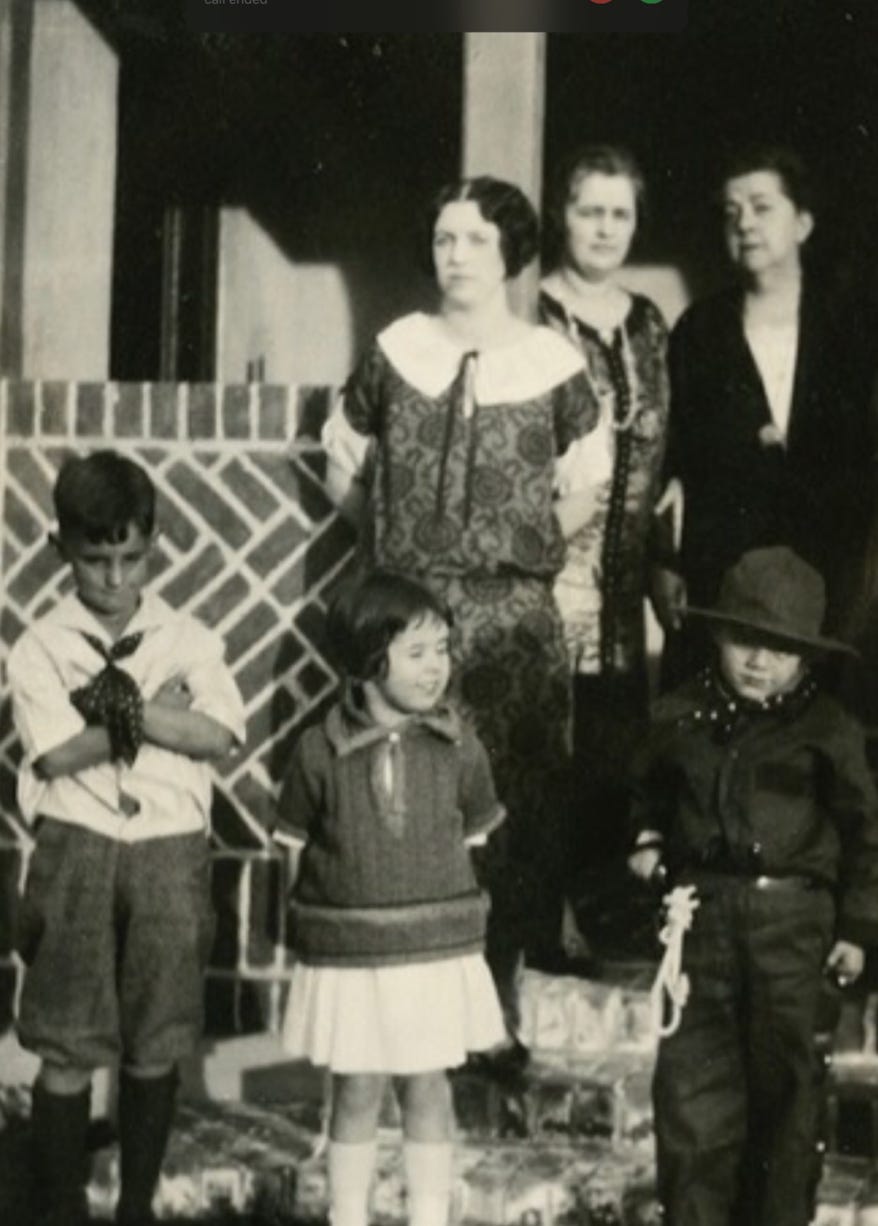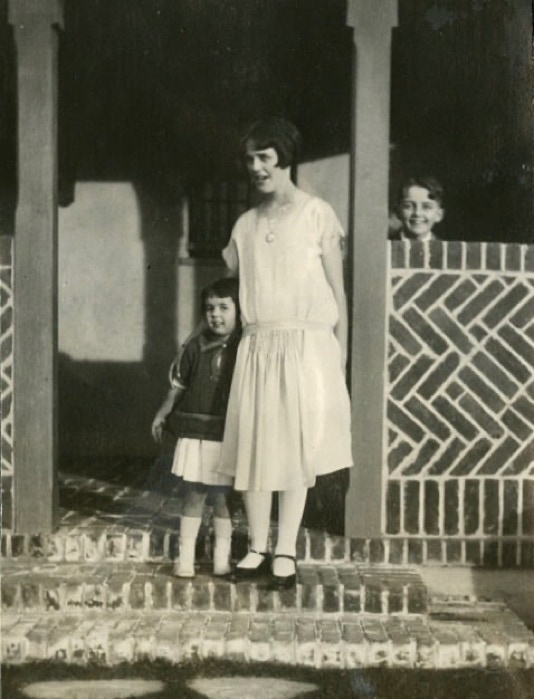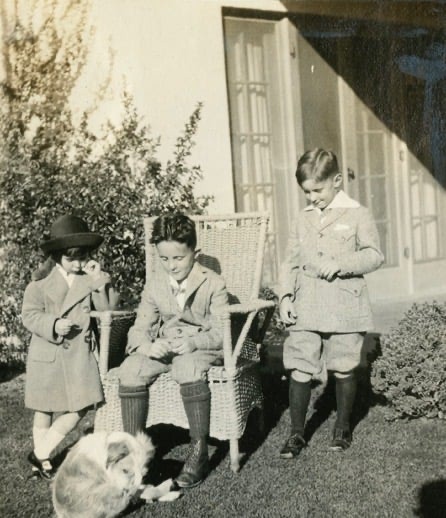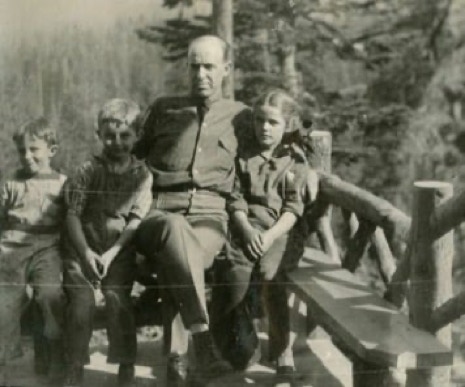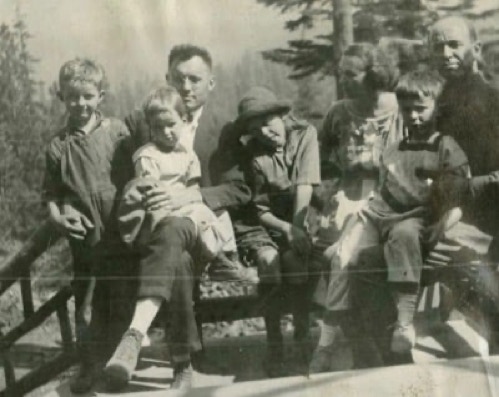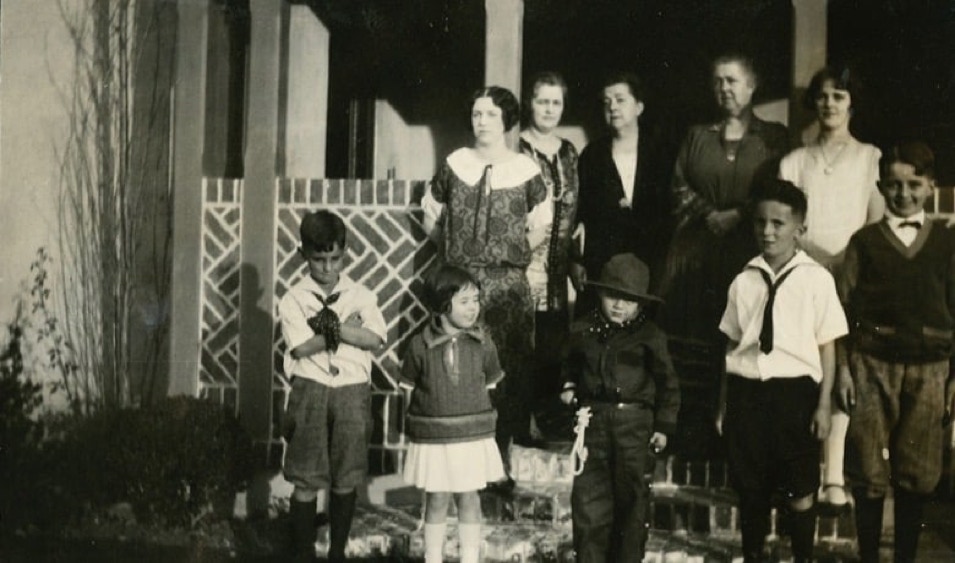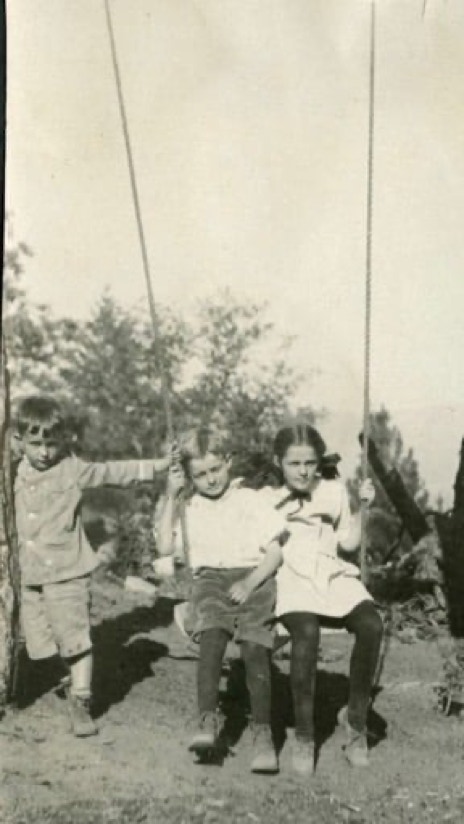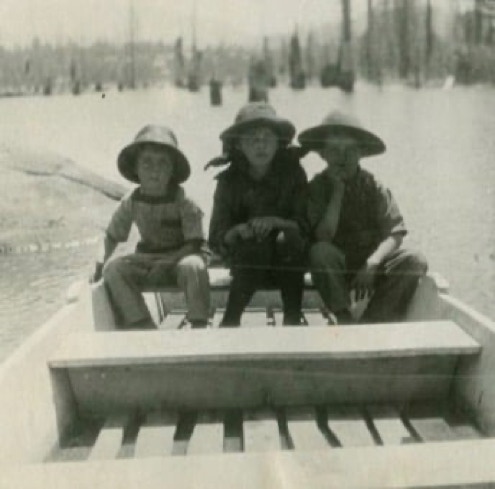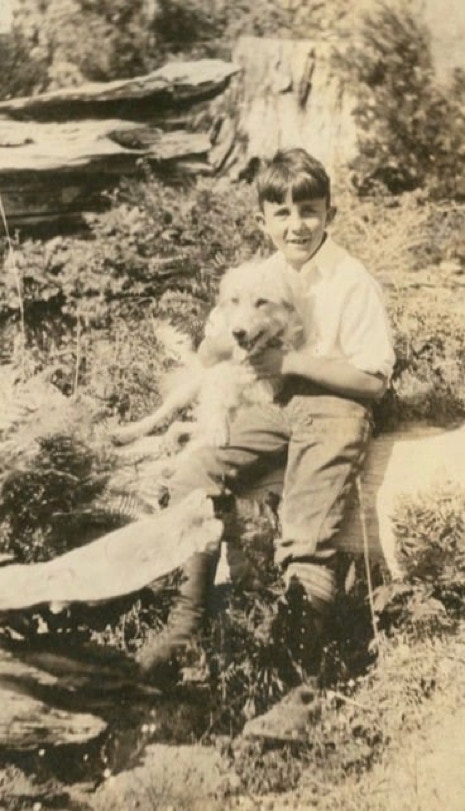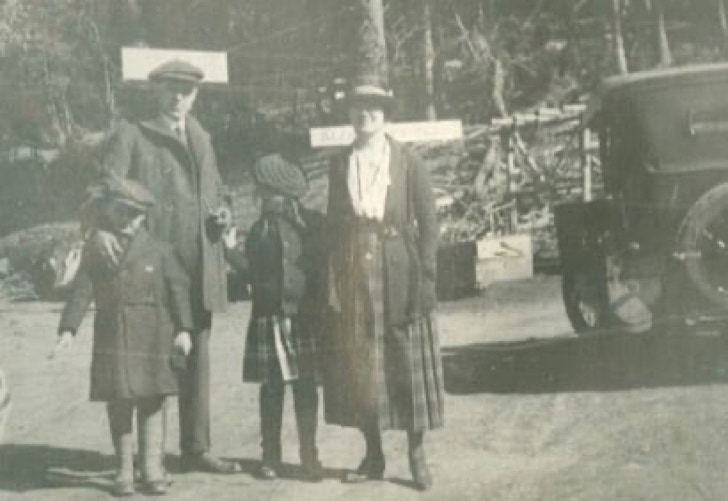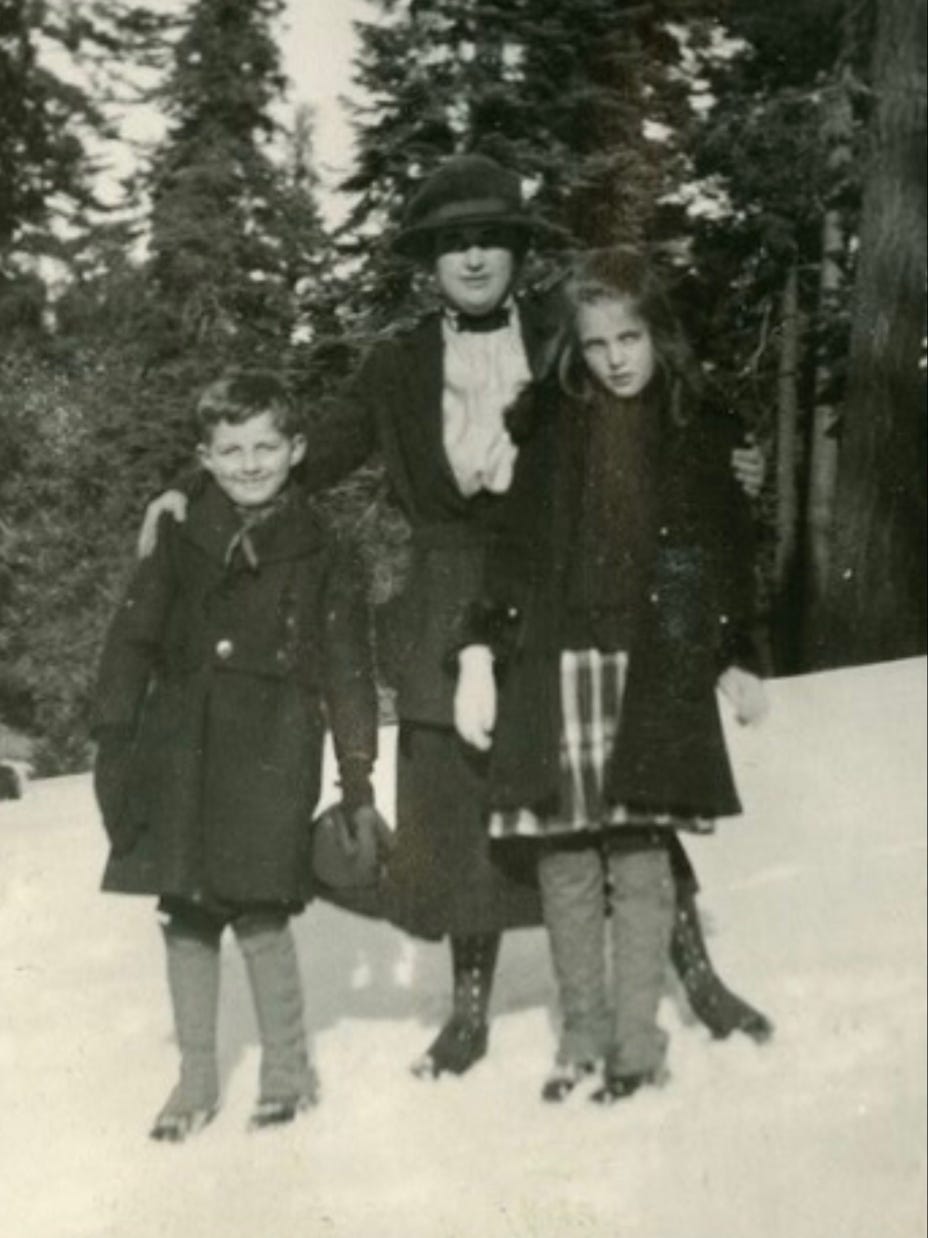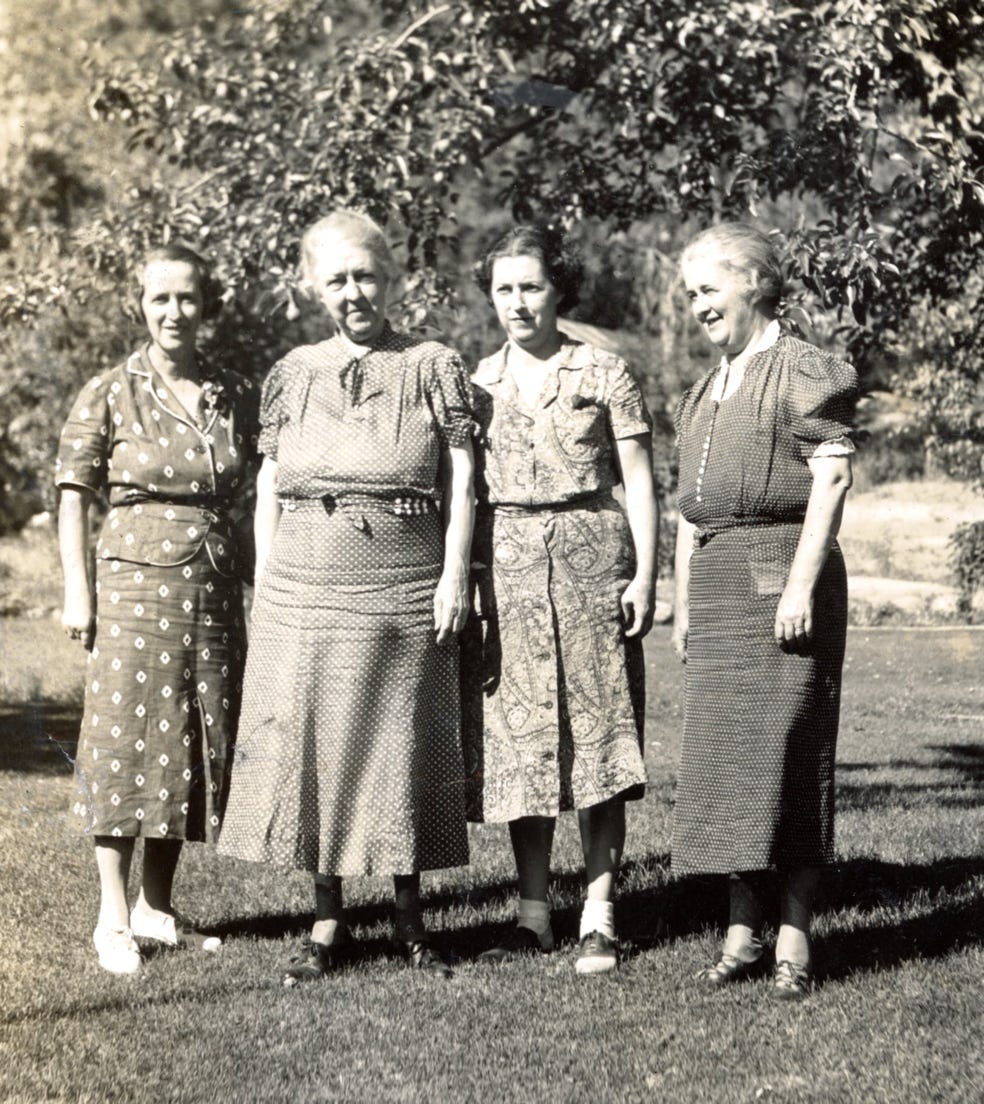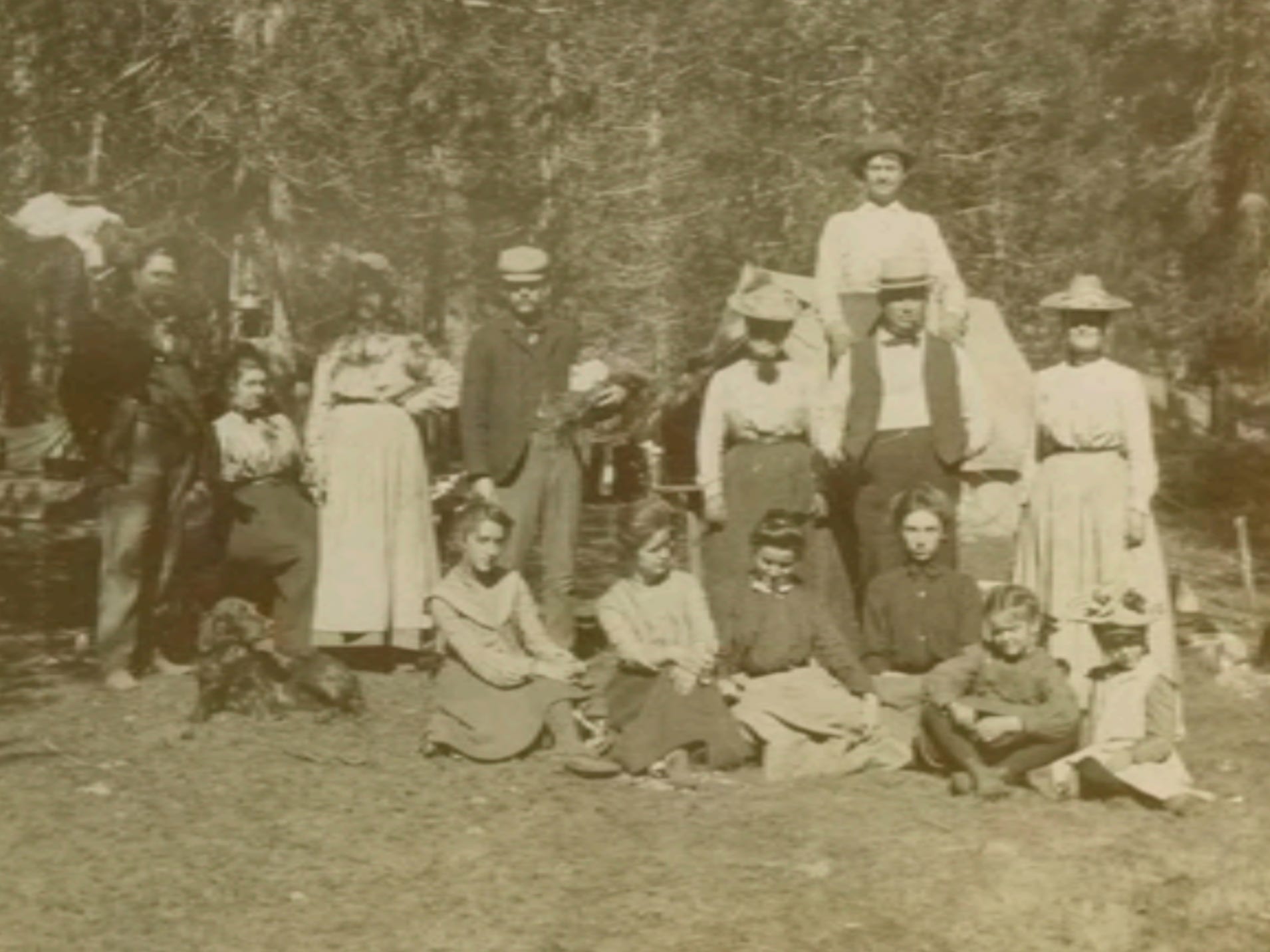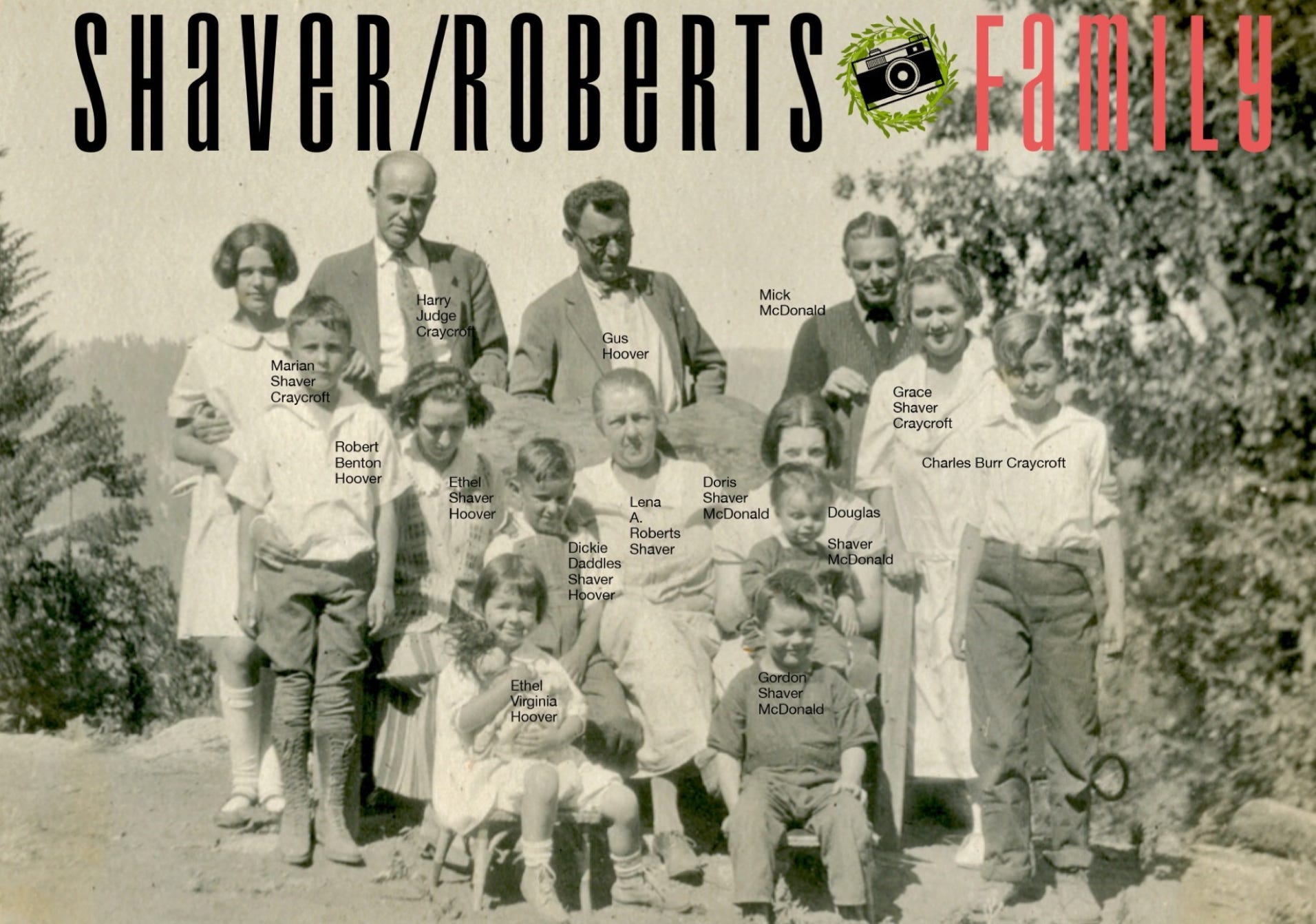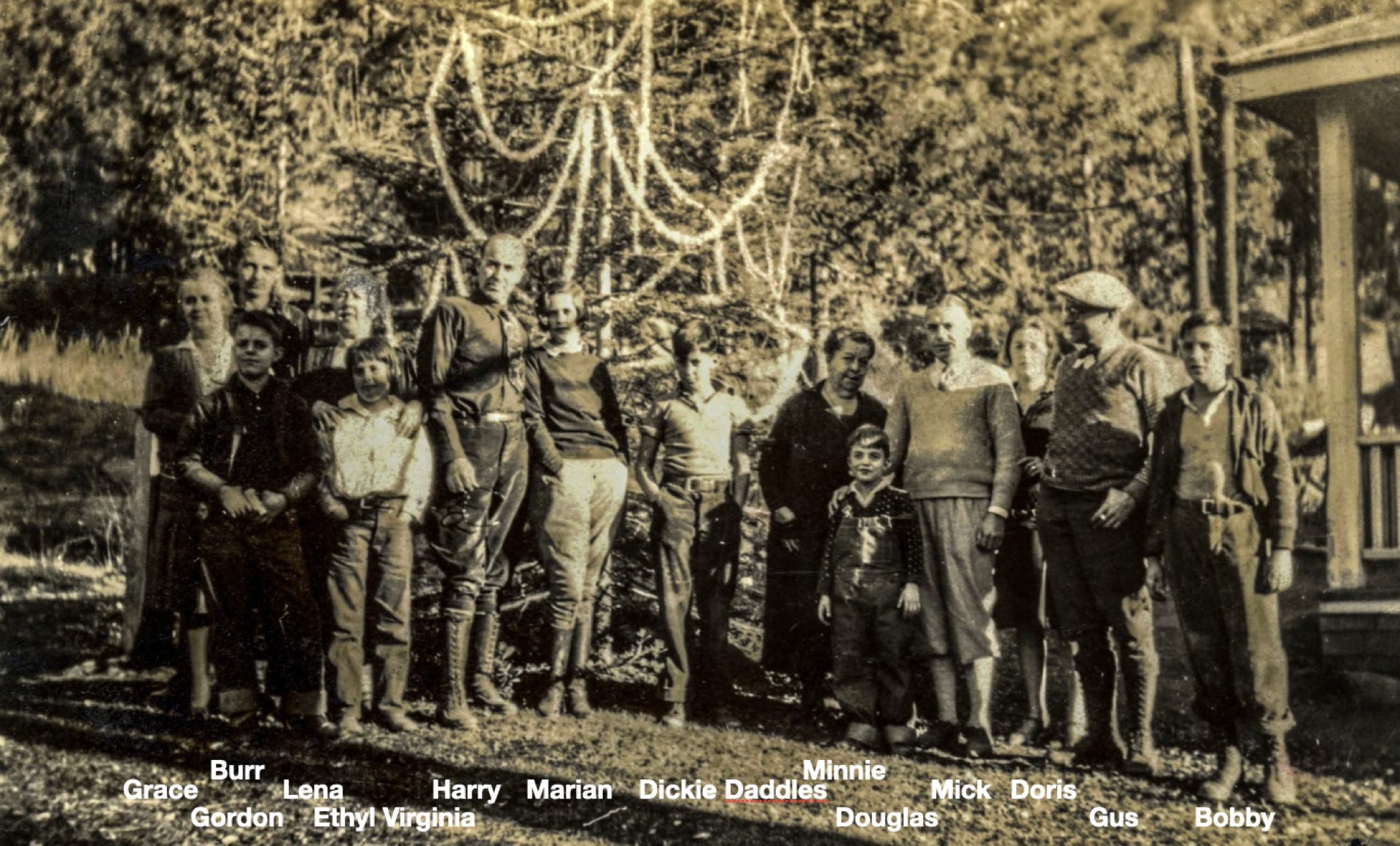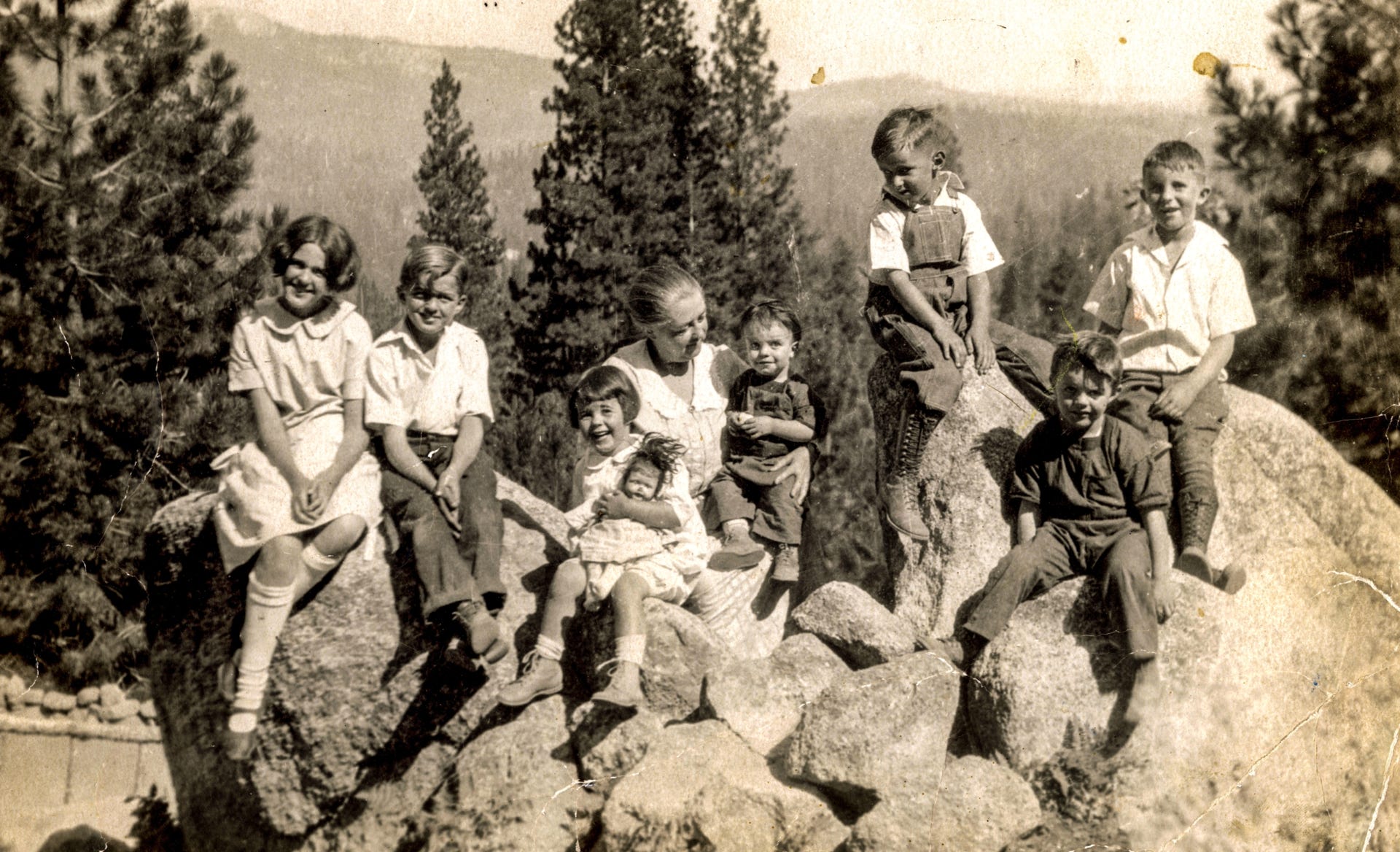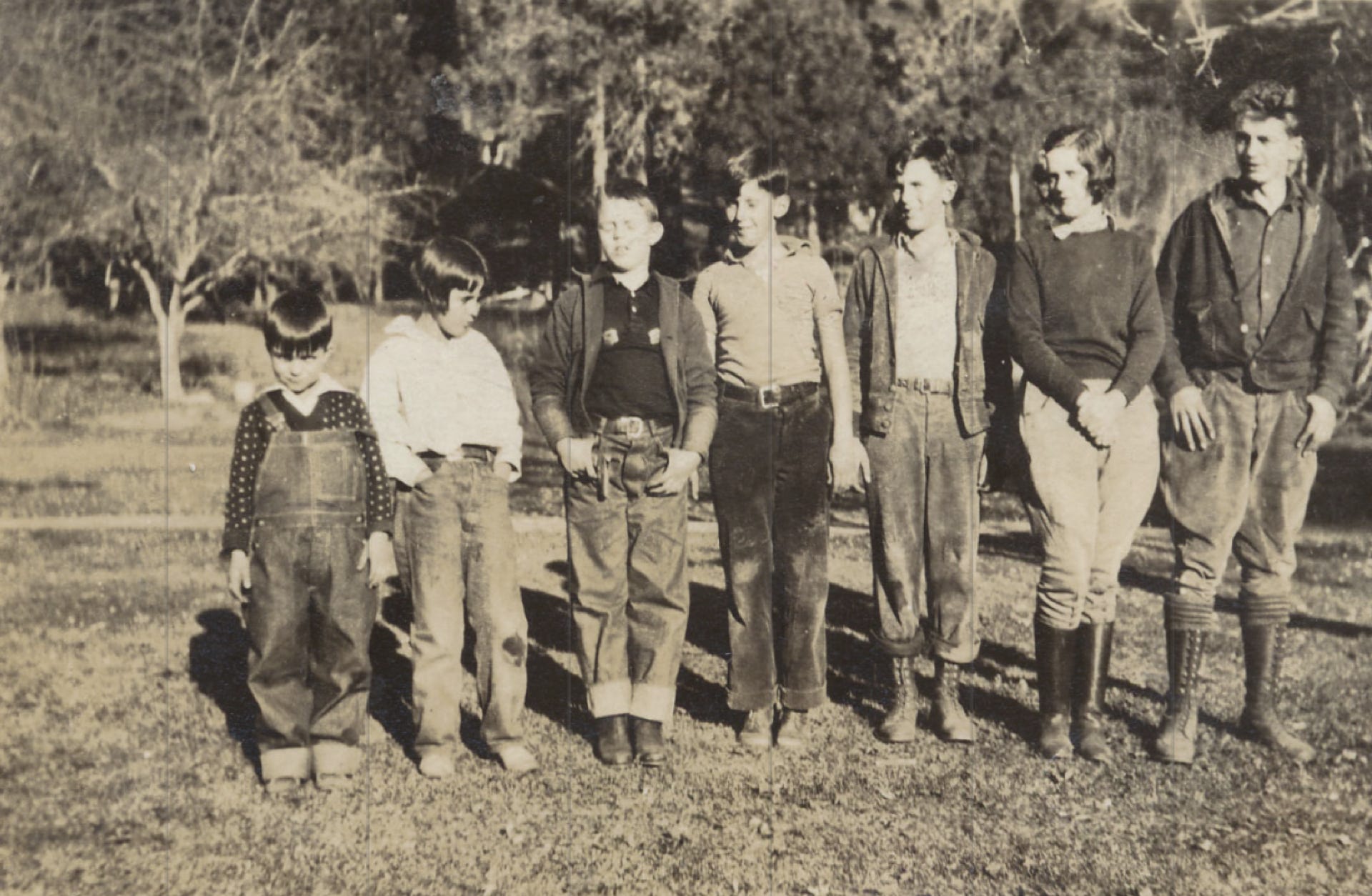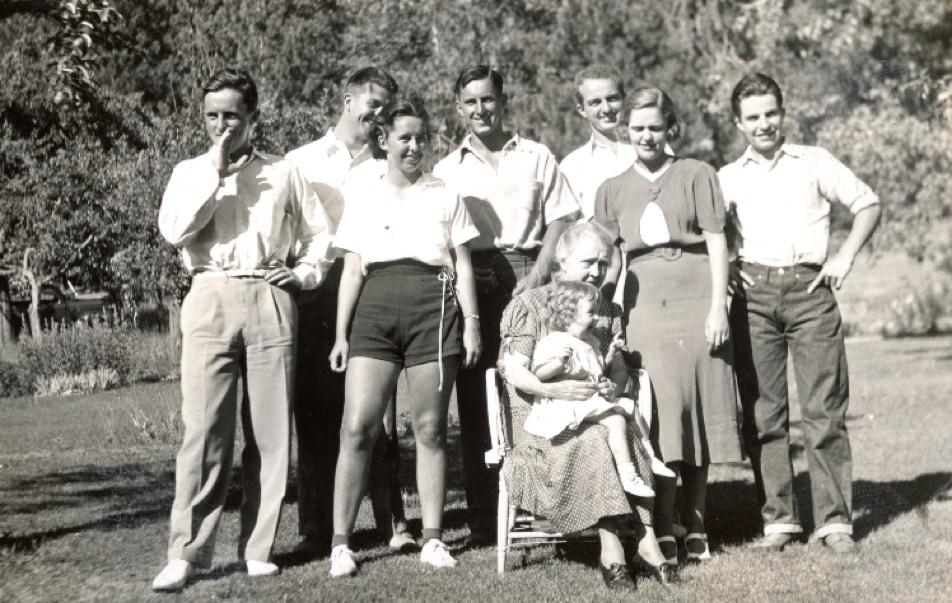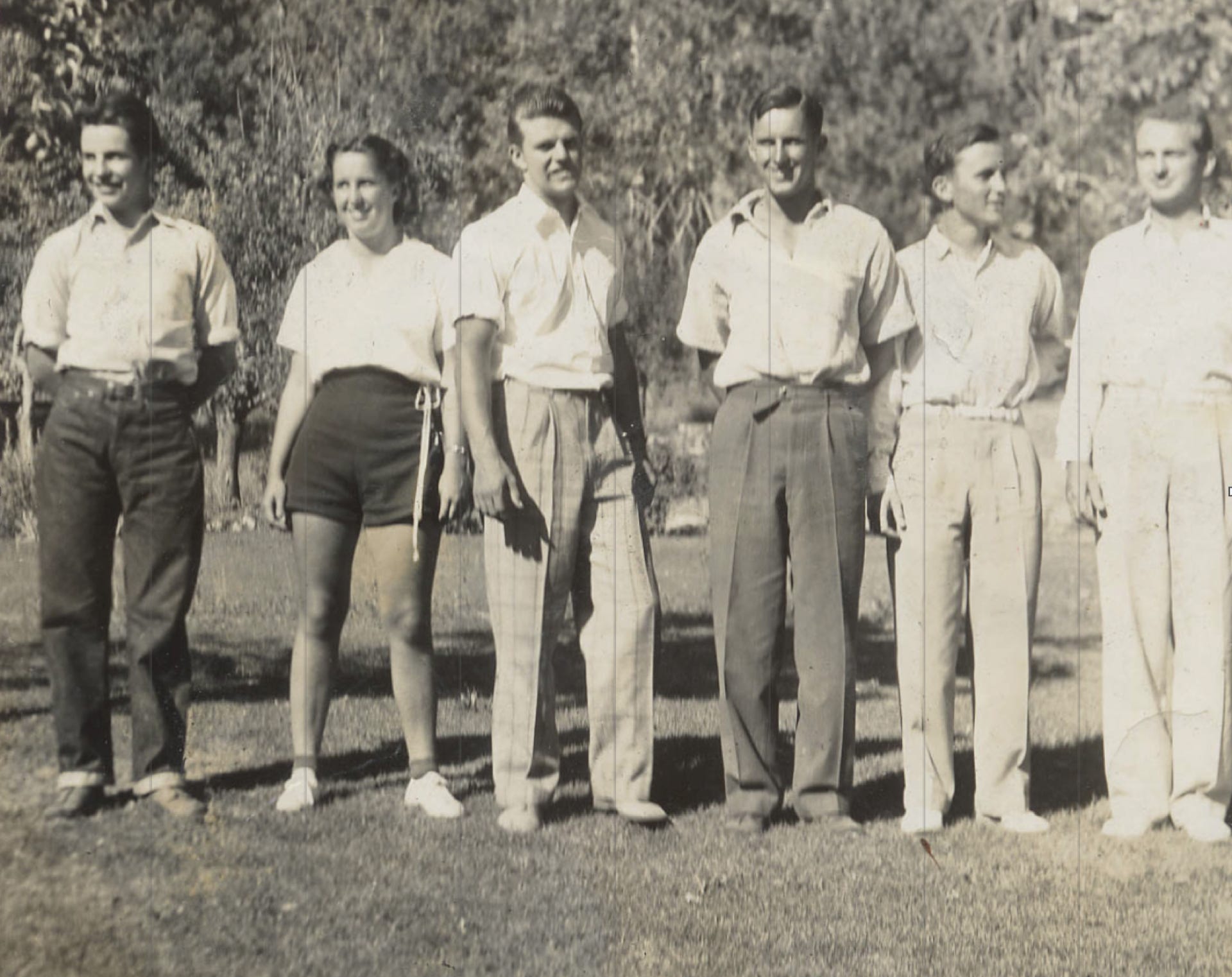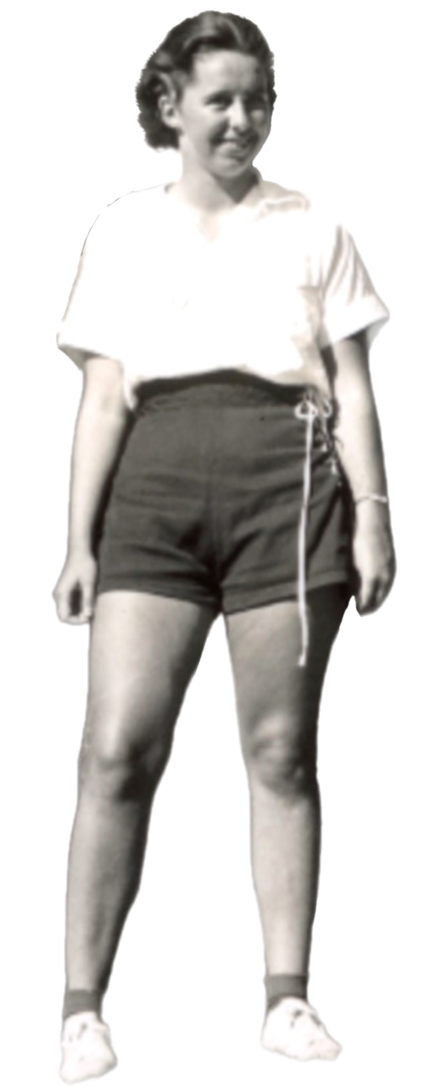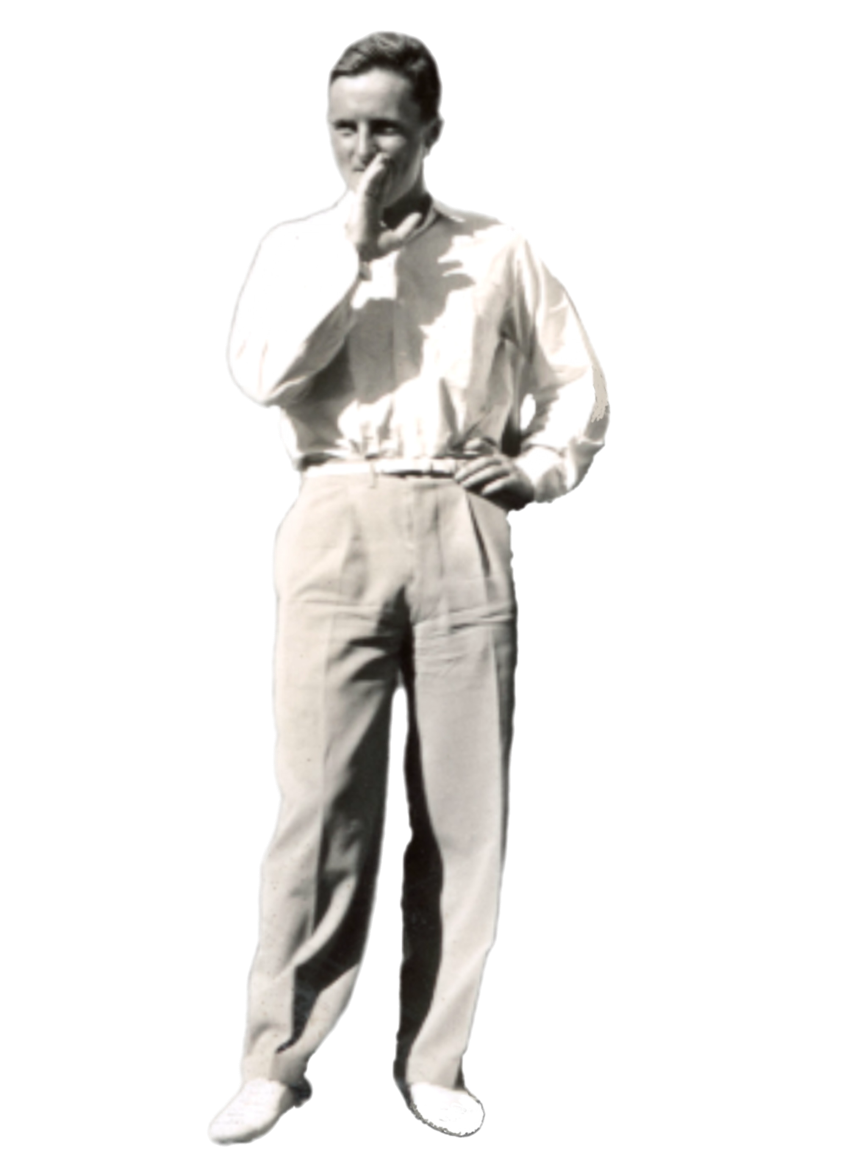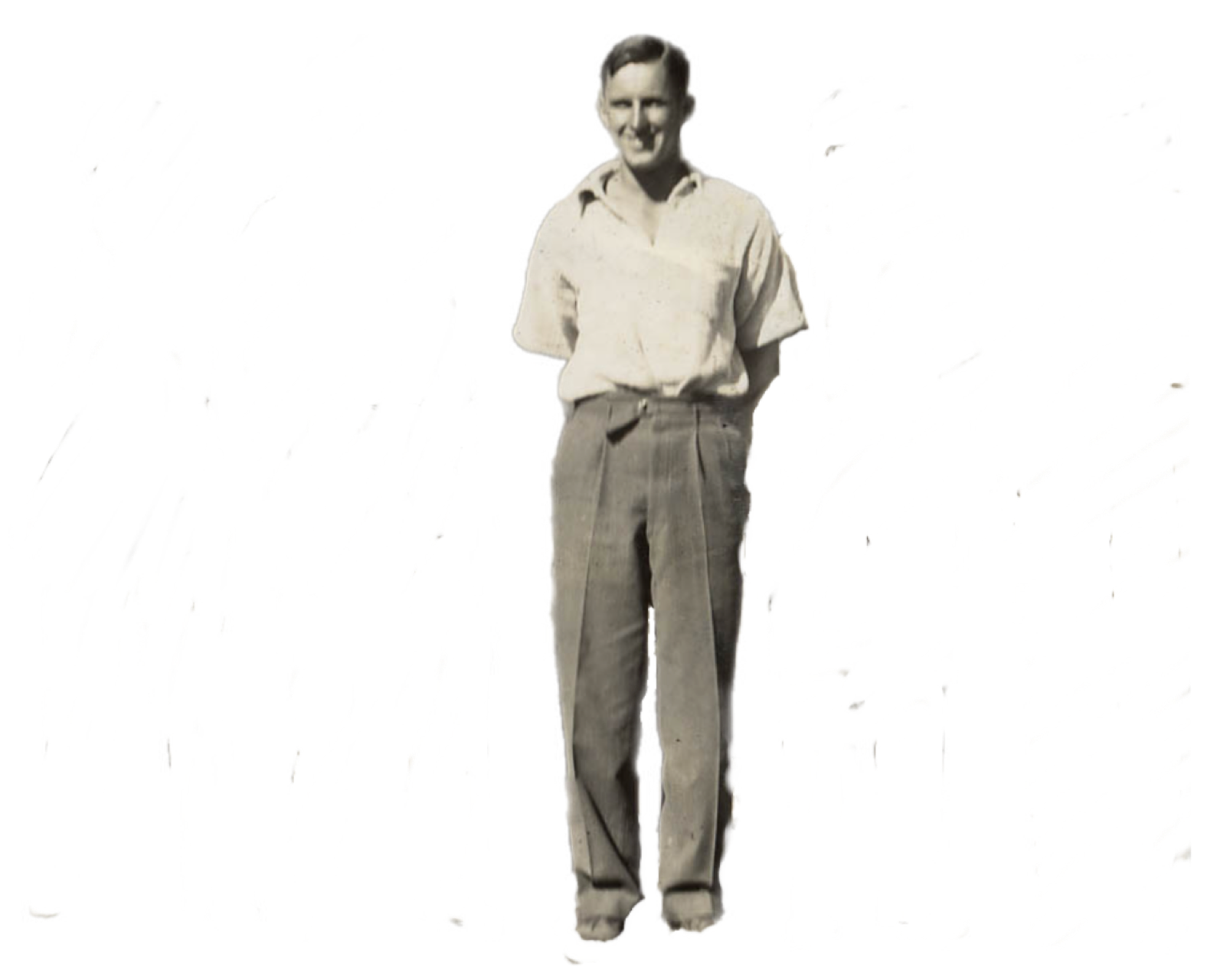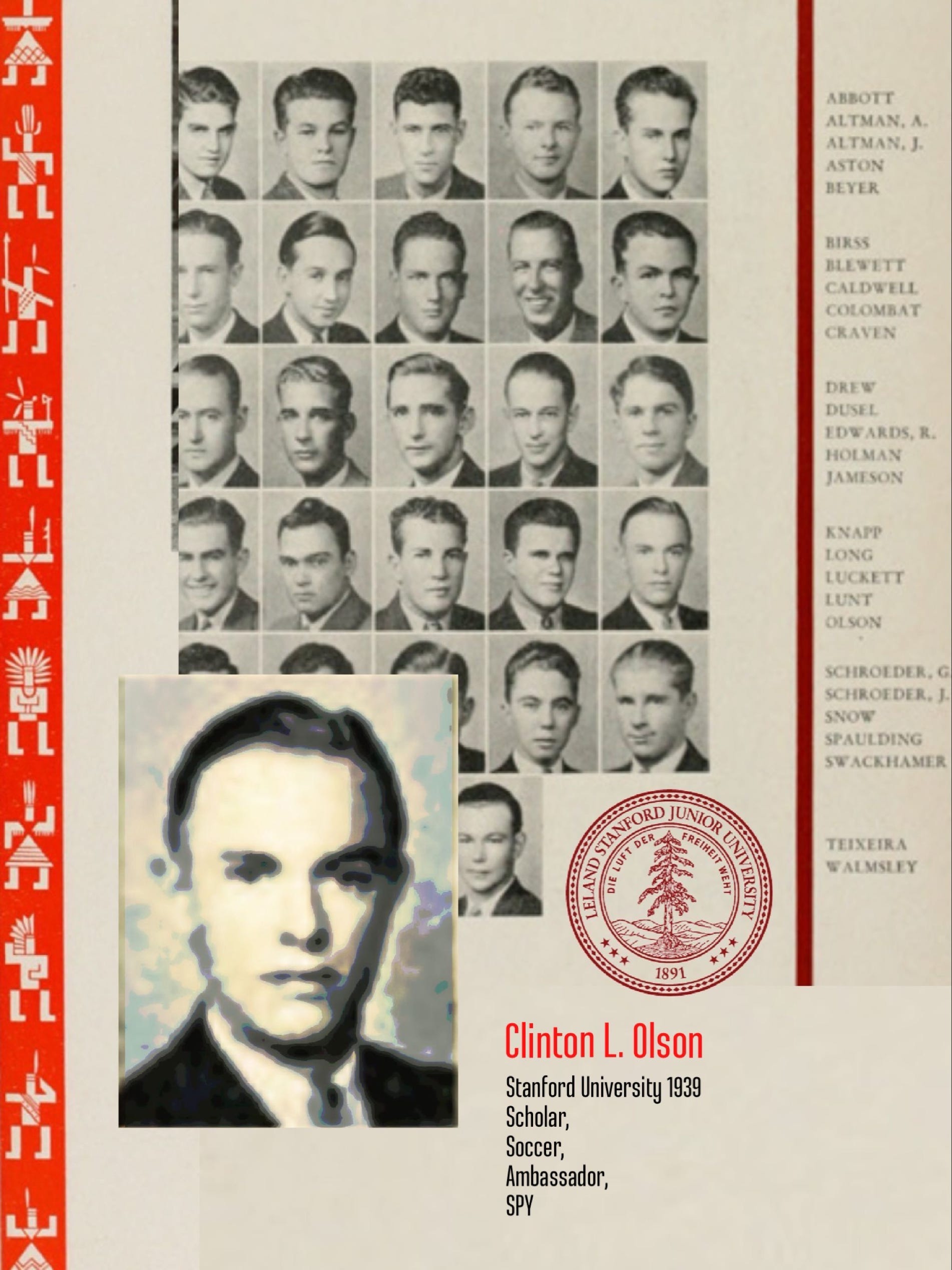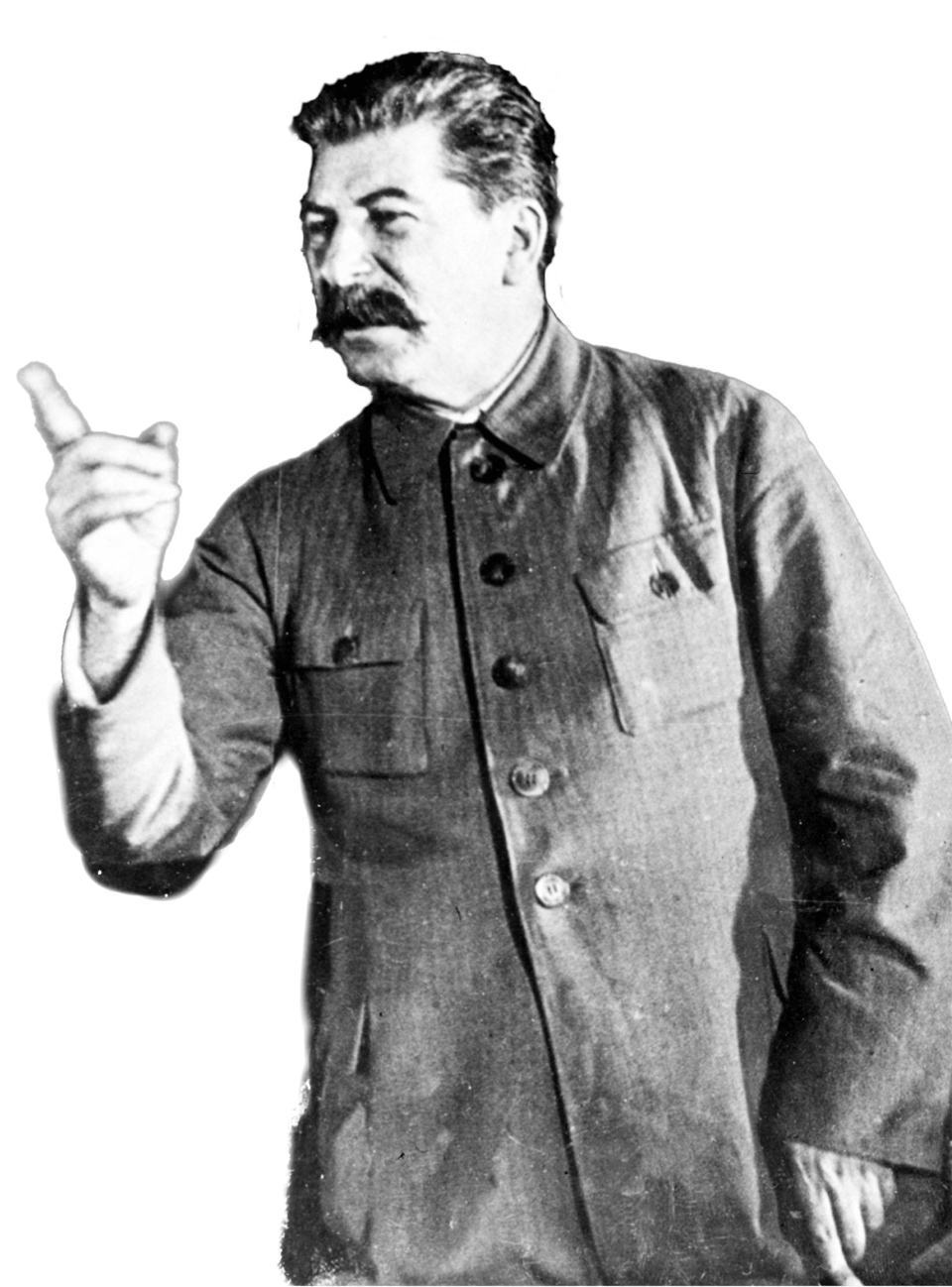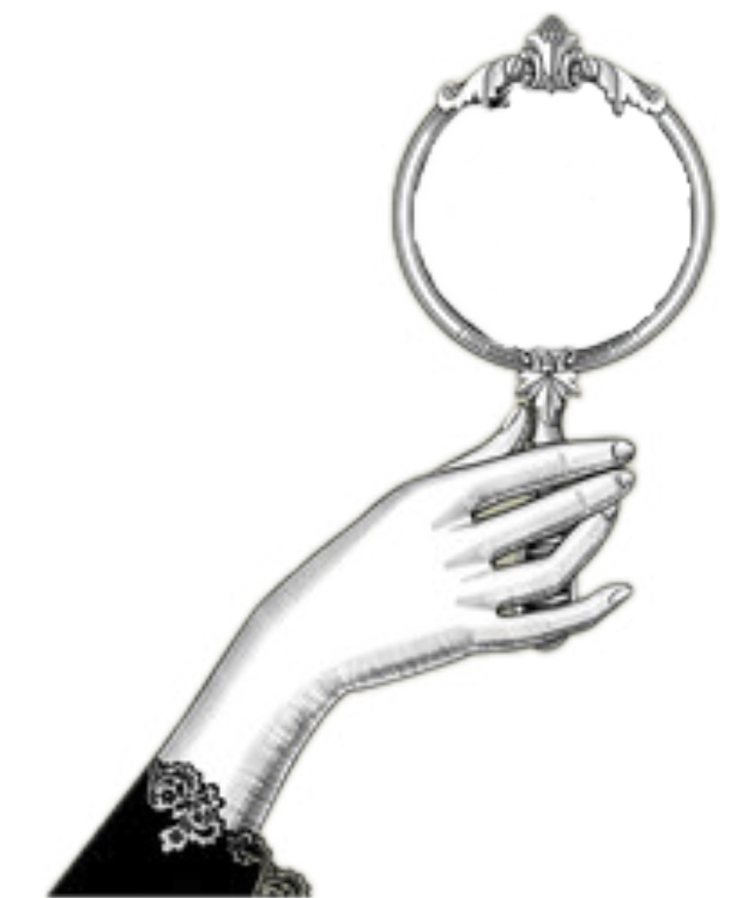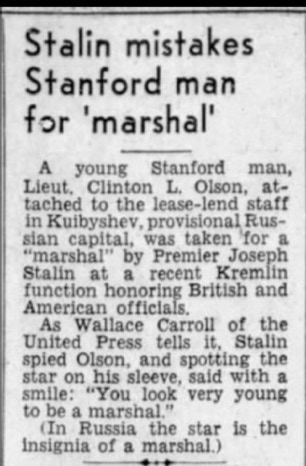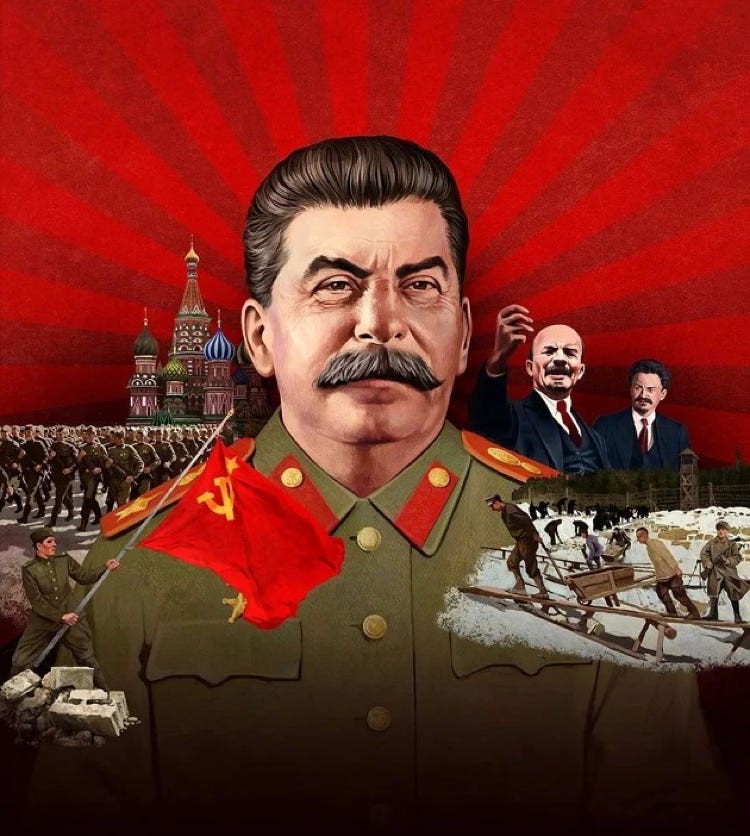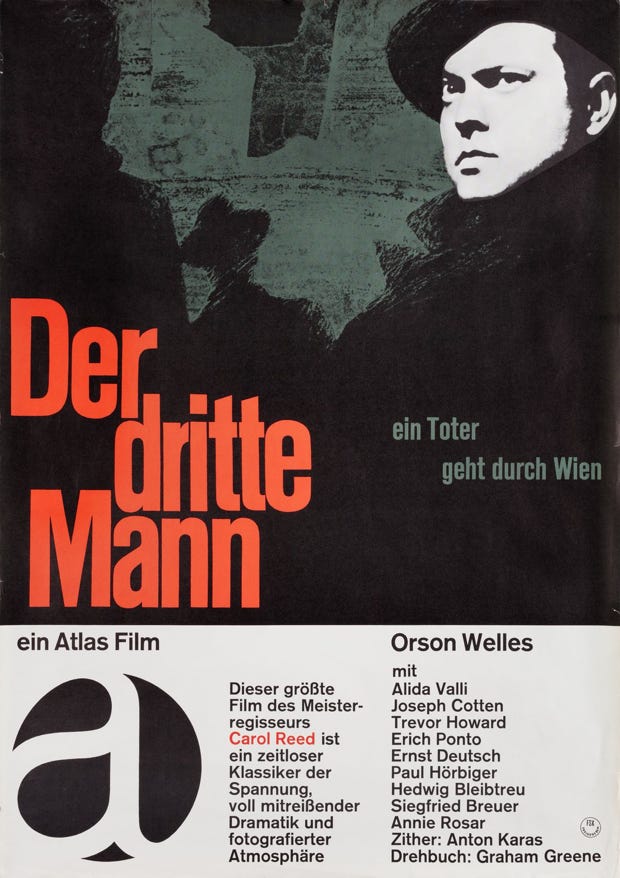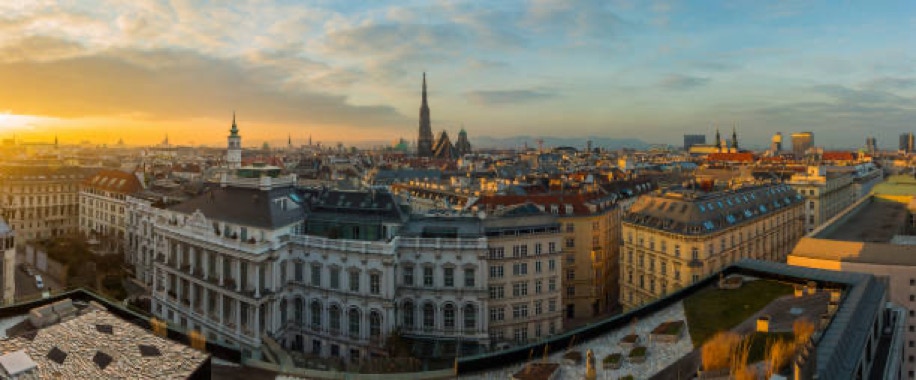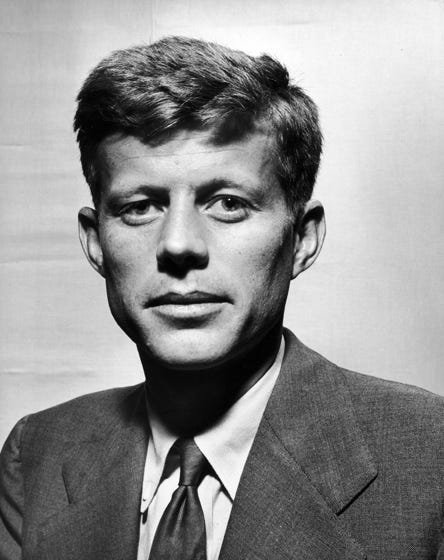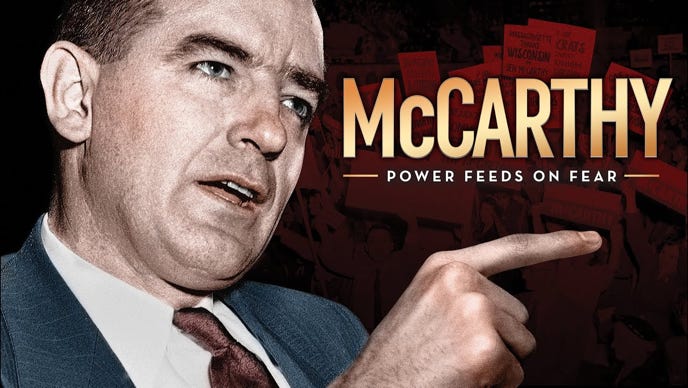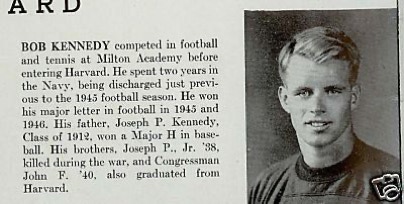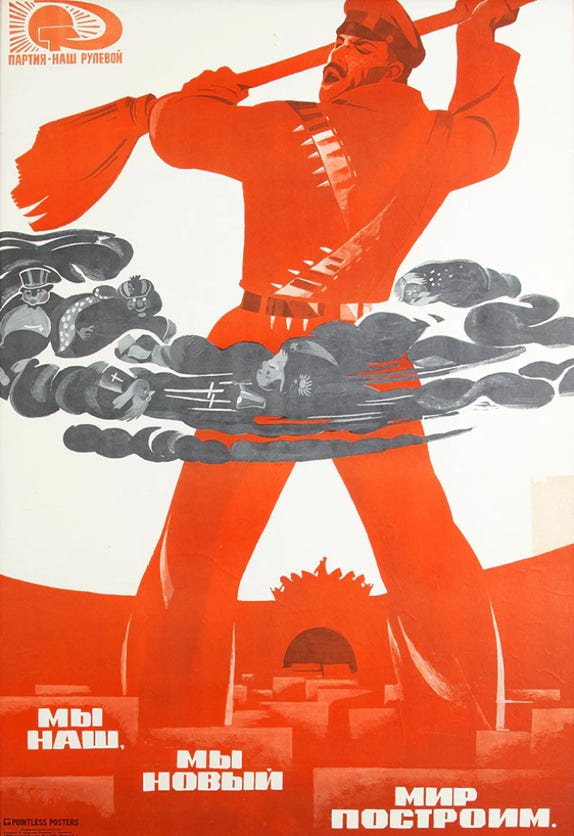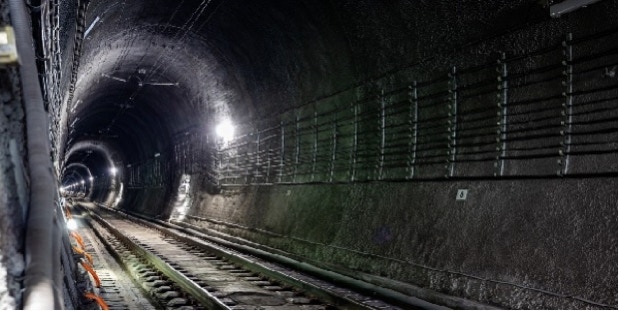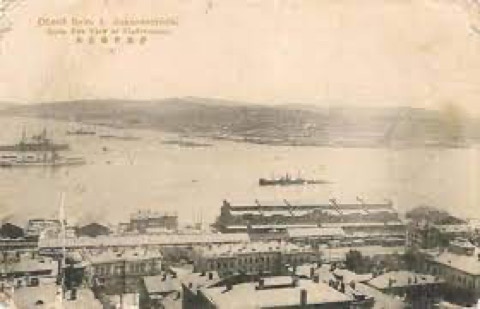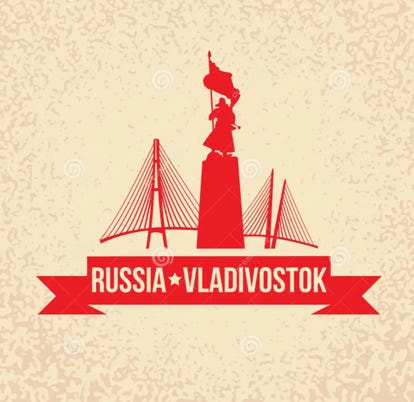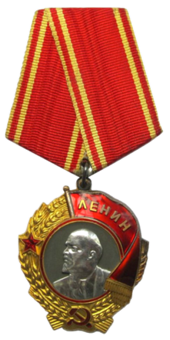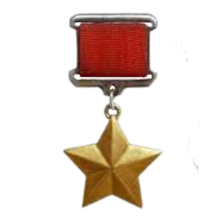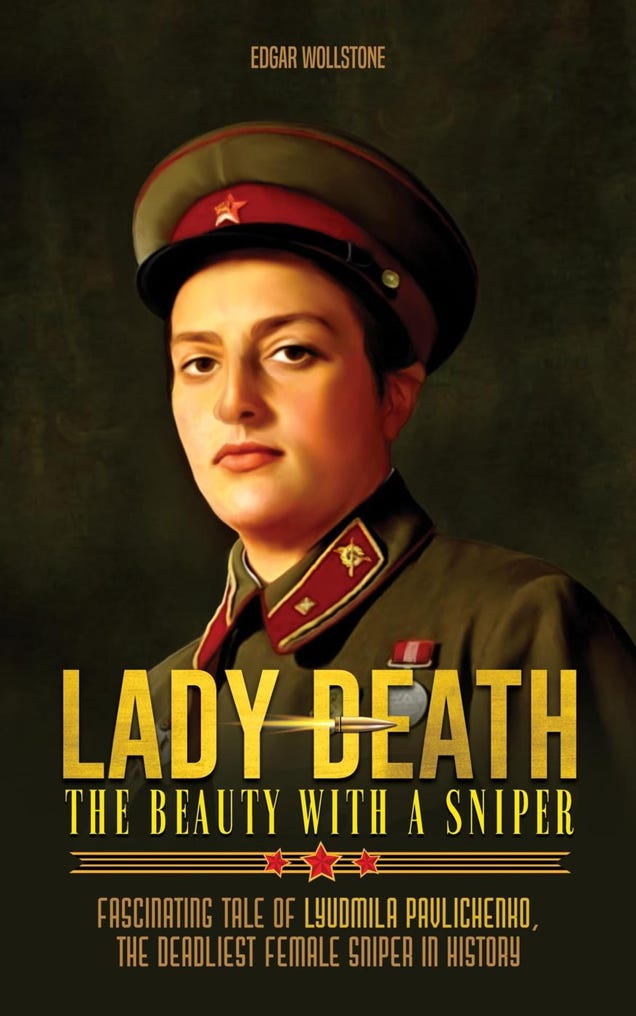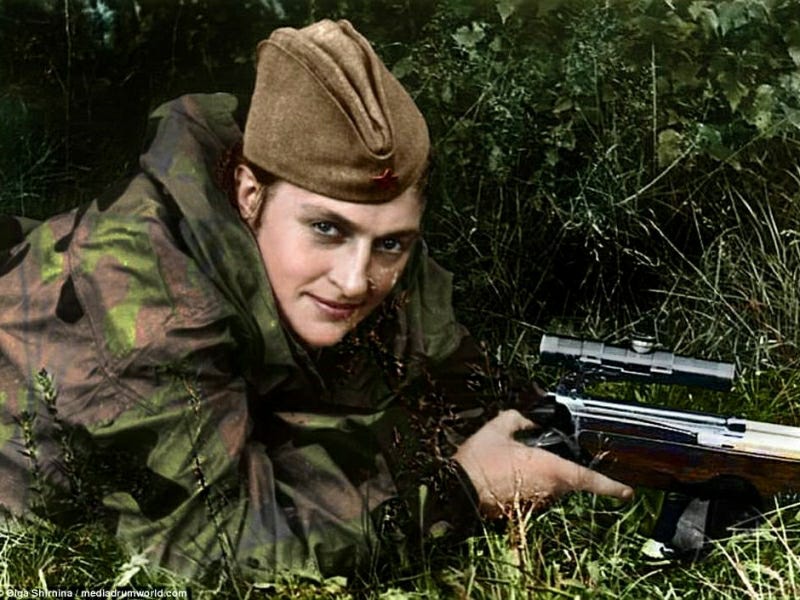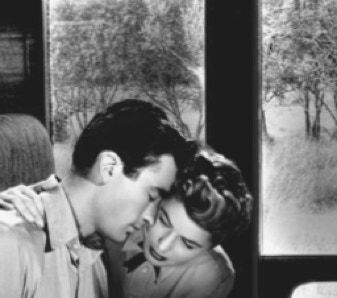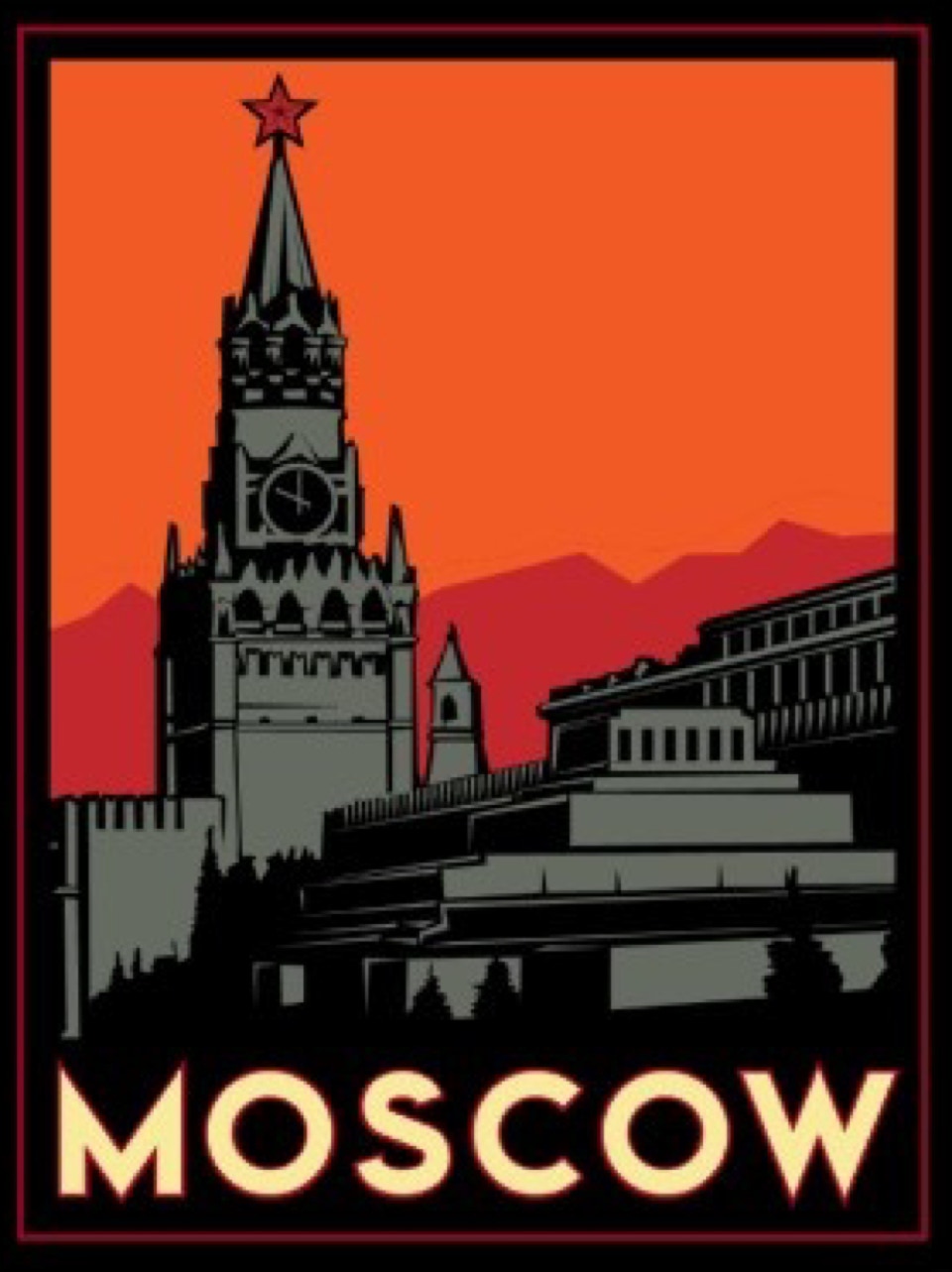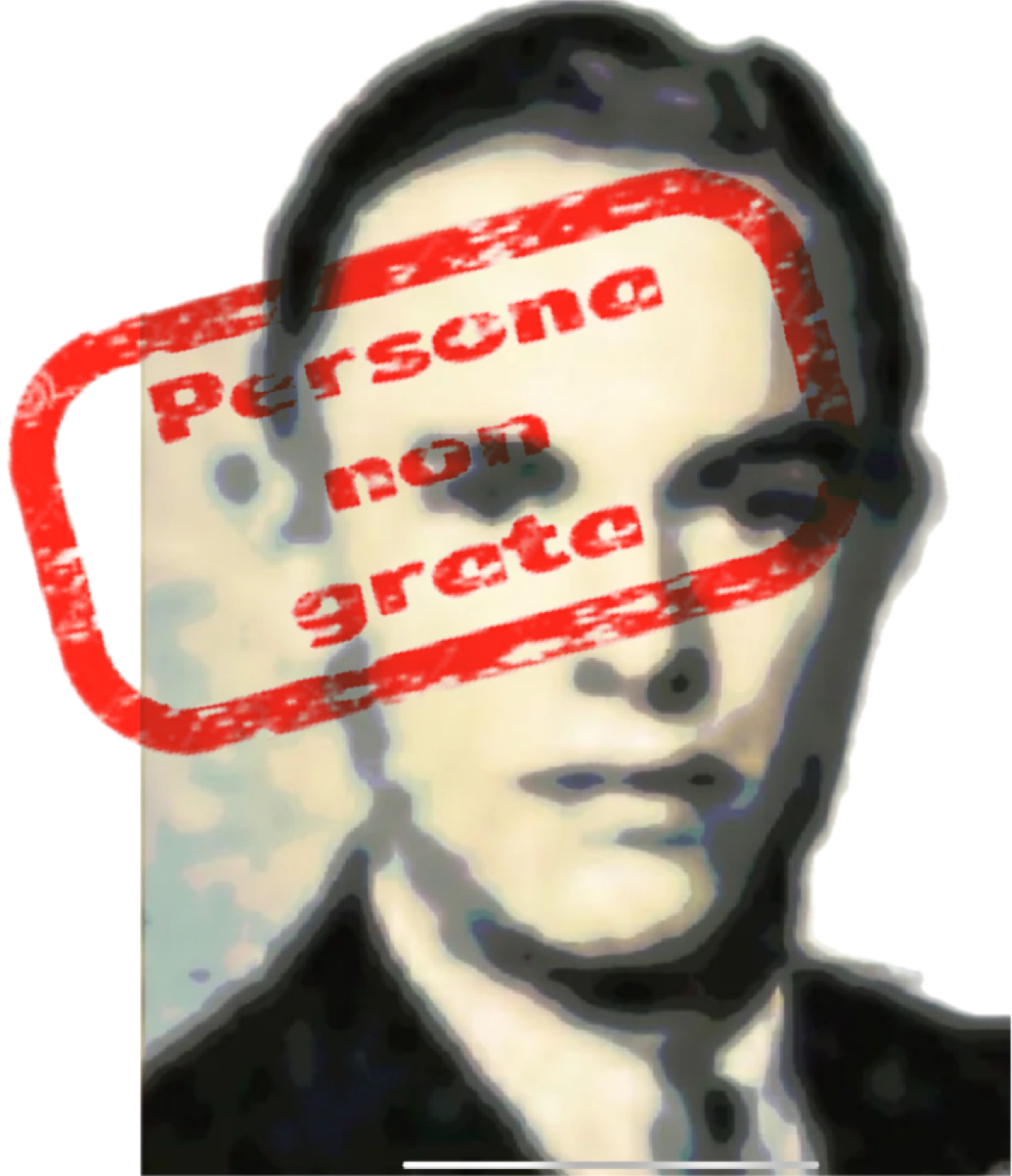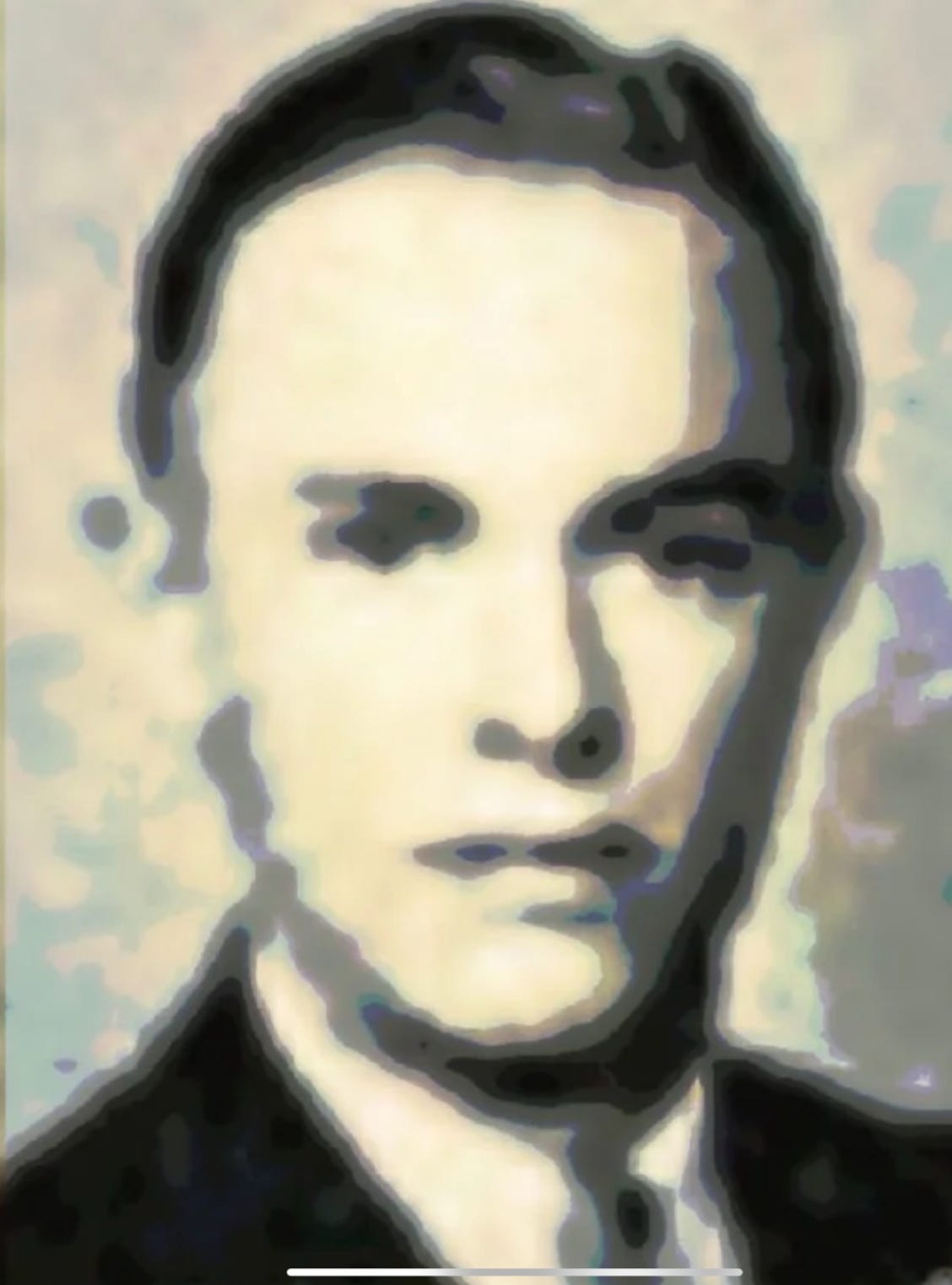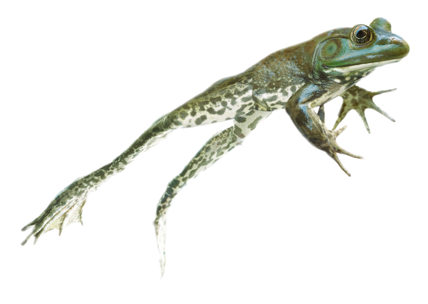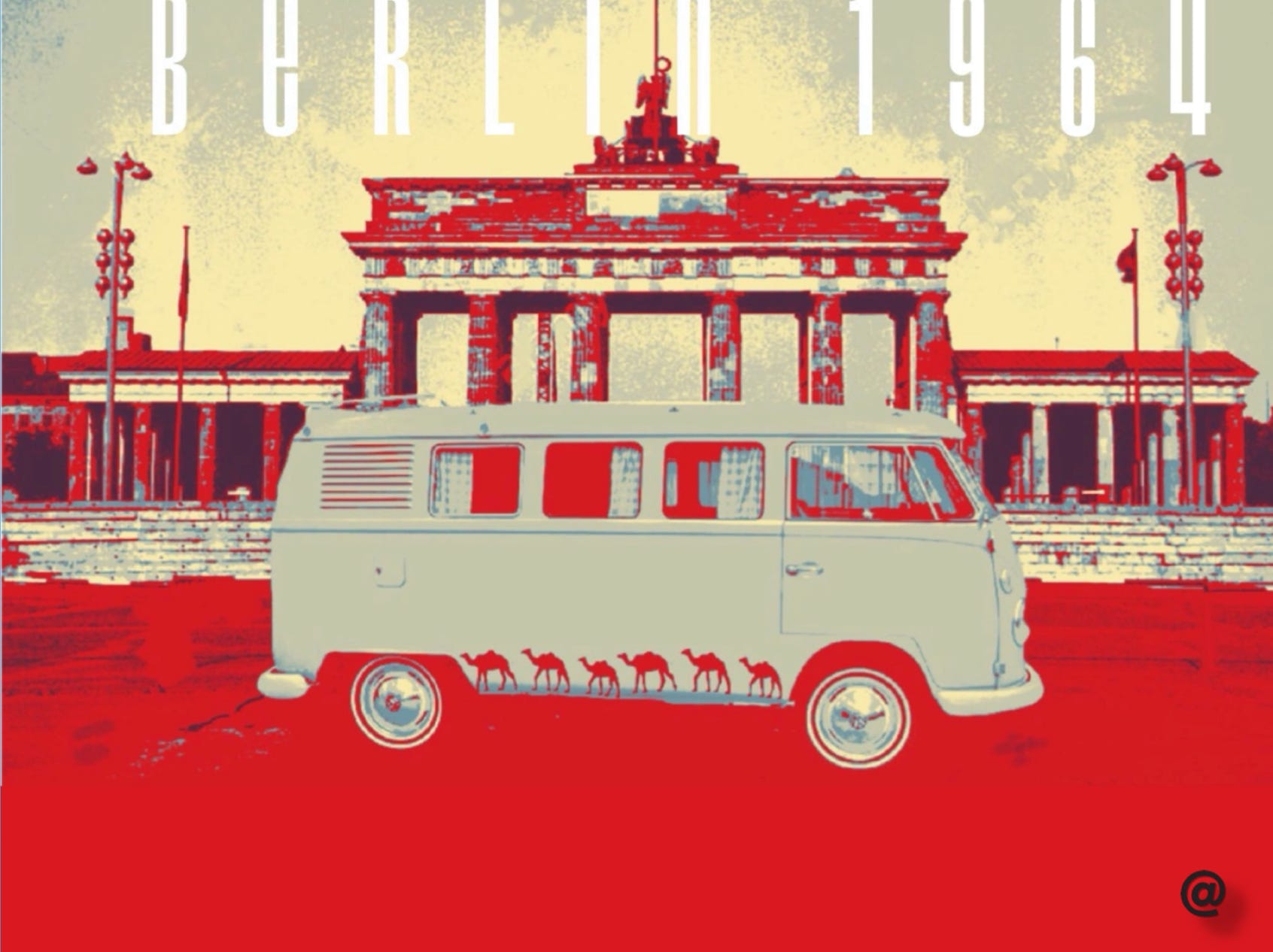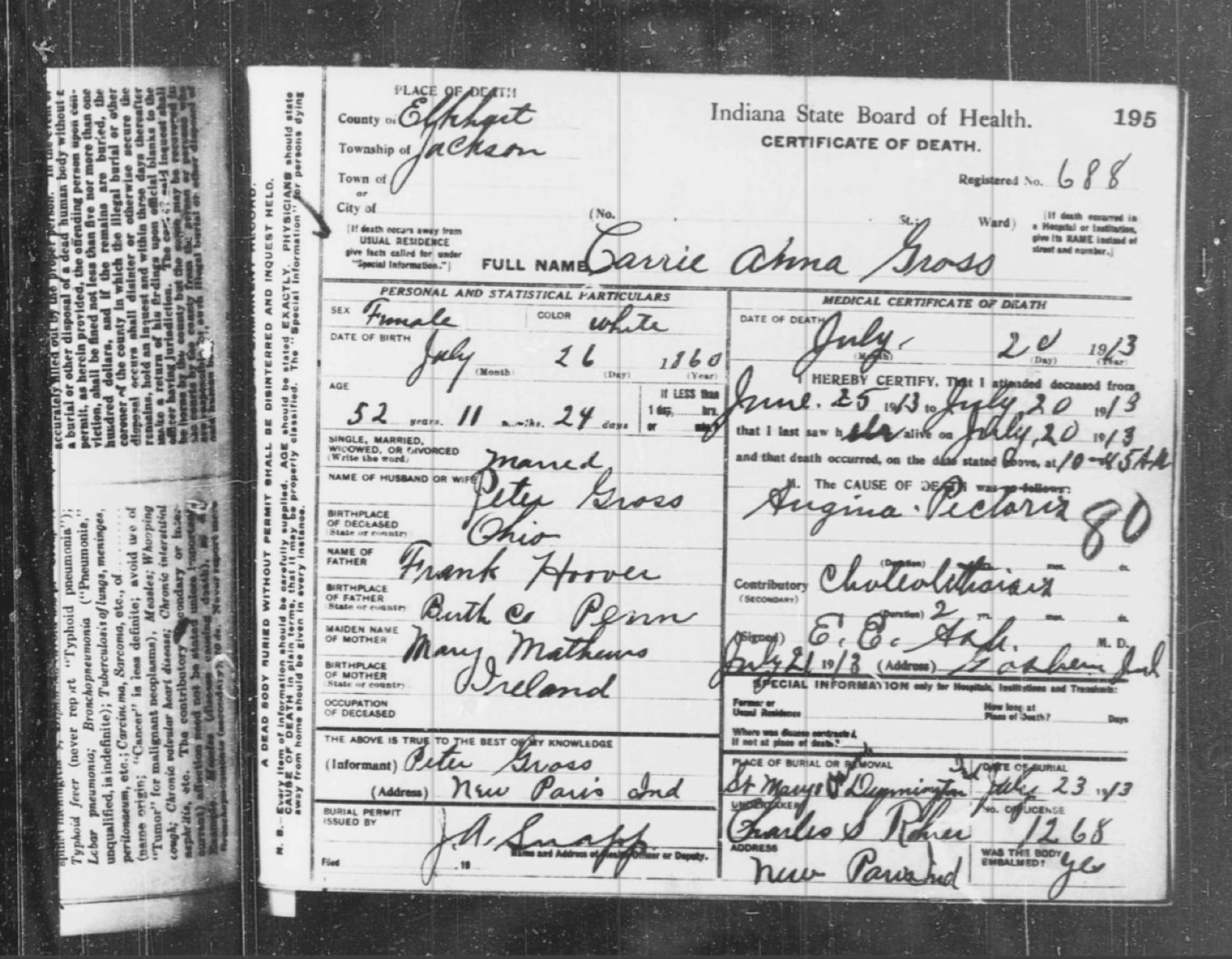Q: What was your impression of Stalin?
OLSON: Well, I met Stalin. He was a man about five feet five inches tall and he shook my hand with a very limp handshake. He noticed the red, white, and blue shoulder patch on my uniform and he asked Oumanski, who was the interpreter, about it. Oumanski said to me, "I guess he thinks you're a Marshal, a big star. That is the sign of a Marshal in the Soviet Union." Quentin Reynolds and Wallace Carroll, who were correspondents, were standing behind me, and unbeknownst to me, they recorded all of this. About three weeks later, an article came out on the front page of the New York Times, saying, "Stalin mistakes American Lieutenant for a Marshal." Stalin, when you looked at him, had white hair and sallow skin and you wondered if he was this "man-eating dictator" of all the Russians. He was a quiet-looking little man, until you looked at his eyes. Then you could feel that here was a powerful person.
Q: What was your first assignment?
OLSON: Vienna.
Q: This was the high time of Vienna, wasn't it?
OLSON: This was the "Third Man" days.
Q: There's a movie called "The Third Man." Could you tell me somewhat about the atmosphere there and what you were doing?
OLSON: My first job was as an Economic Officer in the East-West Trade Control. I was involved in that always.
Q: When were you there?
OLSON: I was there from 1948 to the end of 1952.
Q: So the Cold War had started. Czechoslovakia had happened, NATO was put together.
OLSON: The Cold War was very much there and Vienna was a tricky place to live in at that time. Especially if you were doing the kind of work that I was doing in the East-West Trade Control. I've got some newspaper articles there from those days in Vienna in which the Communist press were always attacking me. I became known as "Marshal Commissar."
Q: Did that feel a little bit ironic? You had moved from trying to push supplies into the Soviet Union to keeping supplies out of the Soviet Union.
OLSON: That was a bit ironic.
Q: How old were you when you started in 1948?
OLSON: I was 32 years old.
Q: At that time, we didn't have an Ambassador there, did we?
OLSON: No, we had a Minister, Jack Earhart. Well, of course, we had military occupation and we had a Military High Commissioner, Lieutenant General Jeffrey Keyes, and the legation was operated as a normal diplomat establishment, except there was a big argument about who was really in charge. Was it the Military High Commissioner or was it the Minister? It was sort of left in the open as to what they would be. I got really involved in that because I was made Political Advisor to the Military High Commissioner. I spoke pretty good Russian at that point, and during the Russian attempts to take over Austria I was up to my ears in that. I was Political Advisor to Lieutenant General Keyes. That used to drive my diplomatic colleagues crazy in the Embassy because I had the simulated rank of Major General and I was a class five Officer. There were some people who didn't appreciate that very much.
Q: How did Keyes approach the situation in Austria? It was a divided country the same way Germany was at that point into zones.
OLSON: We had five zones, British, French, American, Russian, and Vienna. The control of the latter changed every month; it was rotated. The Russians were very much in control of their area. There were shootouts every night all over the place.
Q: Who was shooting at whom?
OLSON: Russian agents against American agents and British and French. Did you see the movie "The Third Man?"
Q: Yes.
OLSON: That's the way it was. We dragged bodies out of the Danube canal practically every morning. It was like the Wild West.
OLSON: So I was supposed to go to Denmark first, then to Sweden. But all of these things were shot out from under me before I could get them. In the meantime, I was called at 11:00 one night by a Mr. Kennedy, who wanted to talk to me. I asked him who he represented and he said, "I'm with what they call The McCarthy Committee." He invited me to lunch the next day.
Q: Was this Robert Kennedy?
OLSON: Yes, but I didn't know that at the time. He told me that he understood that I was a specialist with the East-West Trade Control and I told him that I had quite a lot to do with it. He wanted to talk to me. So I had lunch with Bobby at Harvey's and, as I came into Harvey's, I recognized who I was dealing with. I said, "My God, you're Jack's brother," and he said, "Yes, do you know Jack?" I said, "Yes." Jack was in Stanford Business School for awhile with me. The proposition that Bobby offered me was that I would tell the committee all that I knew about how East-West Trade Controls were handled. He said, "We know that you've done a great job, but we want you to tell the truth about all of the other people in your field. They're not doing a good job and we know that." I looked at Bobby Kennedy and asked him if he was serious, and he was. I told him that he could tell the Senator to go straight to Hell. I wouldn't have any part of that. Bobby got mad and said, "We can subpoena you." I said, "I know you can, you just told me that, but you also just told me that I was doing a good job. If you want to subpoena me, you can wreck my career without any great trouble." Bobby and talked a bit about East-West Trade Controls and he did manage to get me diverted to the Toby Committee, which was the proper committee to be handling this. In executive session, there was never any leak. We were afraid of a leak because I was controlling trade out of Vienna and, if the Soviets had known that, the balloon would have gone up. That's why I couldn't talk about it.
Q: Today is April 18, 1996. Before we move to the time that you were an inspector, let's talk a bit about when you were in Vladivostok during the war. Could you tell me a little about that period?
OLSON: Our mission was to assist the Soviets in getting more supplies through to help the Red Army and we had three different routes. One came through North Russia, Archangel and Murmansk, another one through the Persian Gulf and the third through Vladivostok. I spent the spring and summer of 1942 in Murmansk and we talked a bit about that already. Then I had been down to the Persian Gulf to establish communications with our mission in Russia with the Persian Gulf Command, which had moved in to facilitate the delivery of supplies through Iran. The one place that was sort of forbidden to us, that we didn't get much information on was Vladivostok, so I was sent out to Vladivostok.
Q: When was this?
OLSON: This would have been the spring of 1943. I was to find out how they were handling our supplies. We were worried that they were piling up there. We had heard rumors that the port of Vladivostok was choked by American supplies arriving via the Pacific. I applied to the powers in the Soviet Union in charge of Far Eastern Shipping and similar people for permission to inspect the port of Vladivostok. This was a really forbidden territory. No American to my knowledge had stepped foot inside of the Harbor of Vladivostok since the early 1930's. It was regarded as a secret area. I persisted in going after the Soviets to get this permission and I was not succeeding very well and they kept me waiting and kept putting us off. Until, finally, I had been there for about a month and so I talked to the Chief of the Communist Party of the Far East and the Chief of Far Eastern Shipping and told them I had been sent there on a mission to see how they were handling our supplies coming through Vladivostok and from the Far East in general. I was being denied permission to do this. So, I had to assume that the reports of the cargoes rotting in Vladivostok were true, and that I was going to recommend to the President that we not ship anymore supplies through Vladivostok and use another route. Then, I stuck my neck out from here to Vladivostok. I said that I could assure them the President would accept my recommendation. Roosevelt would have told me to shut up and get out of the way. The next day, I had a call from the Chief of Far Eastern Shipping, who said the Chief of the port of Vladivostok would be pleased to invite me to inspect the port of Vladivostok at 8:00 tomorrow morning. I thought that was wonderful. We had a naval attaché who was visiting Vladivostok at that time, Commander George Roulard, and so I took him along with me to inspect the port. That upset the Soviets a little bit. I don't know what they thought, but they did not like the idea of a Naval Officer being along. It worked. We inspected the port of Vladivostok and found that they had ample equipment to take care of the task and they were doing a good job. There was no clogging of the port. The supplies were being moved out in very good fashion. After the inspection and the report, we were invited to a luncheon on board the first Soviet Merchant ship that was built after the Revolution. A ship called the Kim and the Captain of that was sort of a senior official of shipping. His name was Captain Rudnick. We had a very liquid luncheon with our Naval Officer bowing out after an hour or two. I held forth with Captain Rudnick until late the next afternoon. Needless to say, we were in good shape by that time. I think they were trying to make me forget what I had seen. So, I reported back to Angus Ward, the Consul General, and started to tell him what I had discovered and he shook his head in absolute amazement. He told me that he thought I was perfectly normal until I started repeating myself. Roulard and I put together a very detailed report on the port of Vladivostok and then I returned to Moscow.
Q: Tell me just before we leave this episode, we had a consul General in Vladivostok already with Angus Ward at the head of it and James McCargar, who's been interviewed previously. I take it that they were not able to see the port?
OLSON: No, they were not able to see the port. In fact, the Consul General's office was on Tegrova Hill and they were almost confined to that spot. They could go down to the Hotel Chilusken to get meals, which was just down the hill. It was an interesting
experience because the dining room was always full of Japanese. We still had relations with Japan at that time.
Q: The Soviets had relations with Japan. We were enemies at the time.
OLSON: Yes. So, you would be there having a meal and there would be half a dozen or more Japs around who were often times making loud derogatory remarks in English so that we could hear them. The Consul General, the number two officer, was Jim McCargar, who was the Vice Consul at this post. Then there was another fellow there who was an administrative assistant.
Q: Here we're allies with the Soviets, pushing equipment through and here is a Consulate Staff kept practically in confinement. How did you find the outlook of the Soviets from
Angus Ward and company and also the morale of the staff? Did you get any feel for that?
OLSON: The morale of the staff was good. Angus had a Lithuanian wife.
Q: One of the holy terrors of the Foreign Service.
OLSON: Right. And she hated the Soviets and that was obvious. When we would leave the Consulate General, the NKVD guys were always across the street, looking through lace curtains and peering at us. If any of us took off to go toward the town or elsewhere, they would immediately have one fellow dash out - at least this was with me; they probably kept a close eye on me since I was a visitor to the area - into the street on the same side in front of me and another guy would fall in behind me and there would be another one across the street. So, as I would go along, there were three men that had me cornered at all times. I used to go down the hill and have dinner occasionally with Angus Ward, who lived some blocks away. I can remember on one particularly cold winter night when the snow was blowing and I could look out under the street lamps and see my three guards out there trying to keep warm. I would say to Angus, "I would like another drink, thank you" and keep them out there. One night, when I was followed home - I felt like having some fun with them - I started walking very fast to get home and they were in back of me going fast, and eventually they were running down the street in front of me. I invited them to walk with me, but they obviously didn't like my company. I was cursing them out a bit and saying, "If you don't like my company, what are you following me for all of the time?" It was a childish sort of thing.
Q: Did you go by train?
OLSON: Yes. It took about 12 days to get to Vladivostok. There was no dining car, there were no facilities for food on the trains, so I would fill a parachute bag full of Spam and bread, some wine, a little Vodka. I had an alcohol stove and I always took Ivory soap, I had learned that in North Russia. I would buy big bars of Ivory soap and I found that I could barter a half bar of Ivory sop for 13 - a "duckina" eggs. I could cook up some Span and eggs right in the compartment. The first day or two going in each direction, I would leave the door open and the smell of my cooking would go down through the car. I would invite one of the passerbys to come in and share a drink with me. Recognizing me as a foreigner, they would at first refuse. Before long, one of them couldn't stand it anymore. He'd come in and shut the door. I would supply him with booze and, pretty soon, the whole car would be in there talking up a storm. For example, I had a Soviet Naval Captain to whom I remarked that, according to Pravda, the United States was producing 48,000 armored vehicles a year. The Russian Admiral said, "48,000 is a lot." He would then tell me how many Russia was producing and I was keeping track of that. Jim McCargar had his experience with the swallows, but I never ran into them on the train.
Q: These are the girls that are assigned by the KGB as comfort ladies.
OLSON: I never saw any of that action in Vladivostok. I did have a case with the most famous female sniper in the Soviet Union, Ludmilla Pavlachinko. She came into my compartment on the train. I invited her in for a drink. She closed the door after a while and put her arms around me and she said in Russian, "I love you very much." I said, "You're wonderful, too." This gal was a head taller than I was and, when she embraced me, it made my ribs creak. I poured her another loaded drink and eventually got her out the door. There were some interesting times. I collected information along the way. Attachés were rarely allowed to travel, so I kept track of mileage and so on. Then the thing that I got involved in inadvertently, was I had been told to watch out for a tunnel that the Russians were building under the Amur River, where there's a single span bridge that's a mile long across the river that separated Mongolia from Russia and the Maritime provinces. Just by accident, the car that I was on was shunted off to the side and there, staring me right in the eye of the compartment window, was the mouth to a tunnel. That tunnel had been rumored to exist 20 years before but no one had proved its existence. I had my camera handy and I got a picture of this tunnel with a guard standing at its mouth. Then I was able to identify a ventilator system in the middle of the river and excavations on the other side, which proved there was a tunnel there. Nobody saw me, so it was a perfect piece of espionage. I carried the pictures back to Washington myself. In Washington, I called on Andre Growiko, the Soviet Chargé d’affaires. We discussed the Military Supply Program and my trip to Siberia. A few days later, I was invited to have lunch with the Chief of the Soviet Purchasing Commission, who was an Admiral, and with a staff member one of the officials from the Washington side of the Military Supply Program. We were having lunch and we were making conversation. The Admiral asked me how I liked my trip to Siberia. Then he looked me in the eye and said, "I understand you found our tunnel under the Amur River particularly interesting." I though, "Lord Jesus, somebody has already talked." I said, "Oh, yes, I'm an engineer and found that to be a very interesting engineering project." Then I hit them between the eyes and I said, "It doesn't look like you're using it very much. All the rails going into it are rusty." They recoiled on that one. That finished the prospect of future duty in the Soviet Union once and for all.

